The physical perks of fitness don’t often need to be explained. A leaner physique, strong arms, noticeable abs, and better body composition are benefits we know can come from consistent exercise. But one thing we don’t talk about enough—even though it’s arguably more important? The relationships between exercise and emotional regulation (aka your ability to control your emotions)—plus how much your workout can influence your mood.
Emotional well-being isn’t something we immediately think of when trying to motivate ourselves to show up to class, but it’s definitely something we’ll notice when we finish, sweaty and accomplished. But are some workouts better for promoting one type of mood or another? And what should you do if you’re feeling down vs. up?
obé’s recent Mood Support tool—featuring mood tracking and class recommendations for mood—is designed to help you learn your emotional regulation equations with exercise and seamlessly integrate mood-boosting workouts into your routine. This feature was built to help you understand the connection between your mind and body throughout your fitness journey.
From enhancing motivation to customizing your workouts for emotional well-being, this feature is an amazing resource to stay motivated, identify patterns in your mood, and learn how your workouts can improve or amplify them. Plus, it’s a great way to customize your fitness routine.
The Emotional Regulation Benefits of Exercise
Before we dive into how Mood Support on obé works, let’s learn why exercise is such a potent tool for emotional regulation. Even when it’s hard to show up, we almost always feel a noticeable change in energy and mood after our fitness class. Maybe you feel a little less stressed, less anxious, or even euphoric. It turns out, that positive shift can be a lot more impactful on our brains than we think.
A 2019 study by Harvard Medical School (HMS) found that those who engaged in physical activity were 26% less likely to become depressed. Another breakthrough 2021 study found strong evidence that being physically active cuts your risk of developing clinical anxiety in half.
More generally, research shows that those with higher positive psychological states (think: being proud, enthusiastic, or inspired) were more likely to be physically active.
Incorporating mood-driven workouts into your fitness regimen can lead to emotional well-being, cognitive benefits, and mood enhancement.
- A stronger mind-body connection: Understanding your mood before and after you exercise can foster a stronger connection between your mind and body, helping boost your body literacy. This awareness can help you adjust your routine to align with your emotional needs. When you understand your emotions and have clearer goals in mind, you’re more likely to stay motivated throughout your workout.
- Mood-boosting powers: The positive impact of exercise on mood is well-proven—and comes down to the cellular level. We’ve all heard that working out produces the release of hormones like endorphins, but also dopamine and serotonin, all of which work together to alleviate symptoms of stress and anger. Sticking to a regular exercise regimen can even help those with anxiety handle ‘fight-or-flight’ moments with greater ease. Moving to feel better (even if it’s just a little bit!) reinforces that exercise can be a tool used for boosting and regulating your mood.
- Supercharged self-esteem: The benefits of exercise extend into self-esteem and confidence, too. A small study found that 30 minutes of exercise (as part of a consistent routine) can positively impact body image. Feeling good in your body can positively impact your emotional well-being as well, sometimes translating into a more positive outlook on life and yourself.
Mood Support and Tracking on the obé App
Okay, so now we know that working out can boost your mood, self-confidence, and mind-body connection. But what type of workout should you do when you’re feeling a certain way—or want to feel differently? That’s where this obé feature comes in.
Mood Support lets you log your daily mood to unlock class suggestions designed to boost or alter your mood. To access this feature, open your obé app, tap ‘Insights’ in the lower right corner, and then toggle to ‘Mood’ from the selections. Once there, you can add your mood for today, with a convenient weekly calendar view that lets you see your trends over time.
With emotional regulation, understanding where you’re starting from is important. After tapping to add a mood, you’ll see the following choices:
- Happy
- Determined
- Calm
- Energized
- Joyful
- Focused
- Anxious*
- Unmotivated*
- Angry*
If you selected any of the first six moods listed above, you’ll have the option to check out recommended classes for each mood type—all specifically curated to boost that feeling. Determine AF? We’ll encourage you to crush another goal with fast-paced, challenging classes. Calm? Keep the chill vibes going with grounding workouts focused on recovery and self-love.
Selected one of the three moods marked with an asterisk? You’ll be asked how you’d like to feel. There, you can specify how you want to feel after your workout:
- Energized
- Happy
- Focused
- Proud
- Joyful
- Calm
From there, we’ll suggest obé classes curated to help you get from how you’re feeling to how you want to feel. Angry but craving calm? Gentle movement will be best for you. Unmotivated but want to get focused? We’ll suggest workouts that get your brain working, too. After class, you’ll have another opportunity to log your mood and track the changes, empowering you to better understand what type of workout helps you feel better. (That’s body literacy at work!)
How to Benefit from Mood Support
The next time you start an obé class, take a moment to check in with your emotions. You may be surprised by the positive impact movement can have on your overall mental well-being! This feature can also help you narrow down workout choices based on where you’re at today (we can all use a quick hack).
Let’s summarize how to make the most of Mood Support:
- Log Your Mood: Before your workout, use the app to log your current mood from the provided options.
- Mindful Exercise: The app will recommend workouts and exercises that align with your mood (and emotional goals). This way, you can stay connected with your emotions and track how your chosen workout affects your mood.
- Long-Term Benefits: Over time, Mood Support helps you understand the impact of conscious movement on your emotions, motivating you to make mindful choices about your fitness routine.
You may also like
- Exercising Your Emotional Health: An Expert Guide to Self-Compassion and More
 We all know that catering to our emotional health is… Read more: Exercising Your Emotional Health: An Expert Guide to Self-Compassion and More
We all know that catering to our emotional health is… Read more: Exercising Your Emotional Health: An Expert Guide to Self-Compassion and More - Fertility, Menopause, and More—Women’s Health with Michelle Kennedy
 When it comes to motherhood, we all know it takes… Read more: Fertility, Menopause, and More—Women’s Health with Michelle Kennedy
When it comes to motherhood, we all know it takes… Read more: Fertility, Menopause, and More—Women’s Health with Michelle Kennedy - Exercise for Women vs. Men: A Guide to Unique Gender Differences in Fitness
 We’ve all seen the videos. Endearing scenes of boyfriends or… Read more: Exercise for Women vs. Men: A Guide to Unique Gender Differences in Fitness
We’ve all seen the videos. Endearing scenes of boyfriends or… Read more: Exercise for Women vs. Men: A Guide to Unique Gender Differences in Fitness






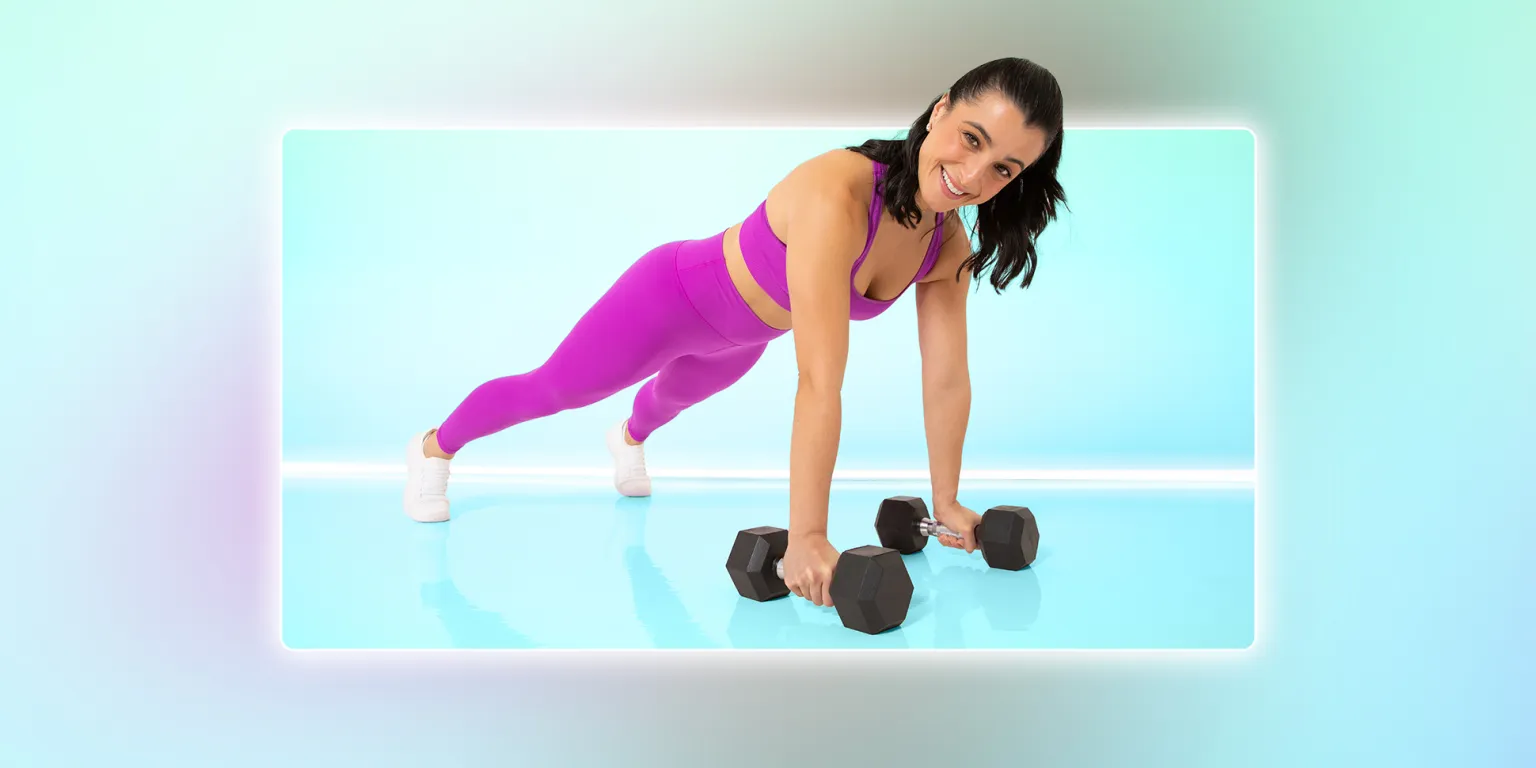


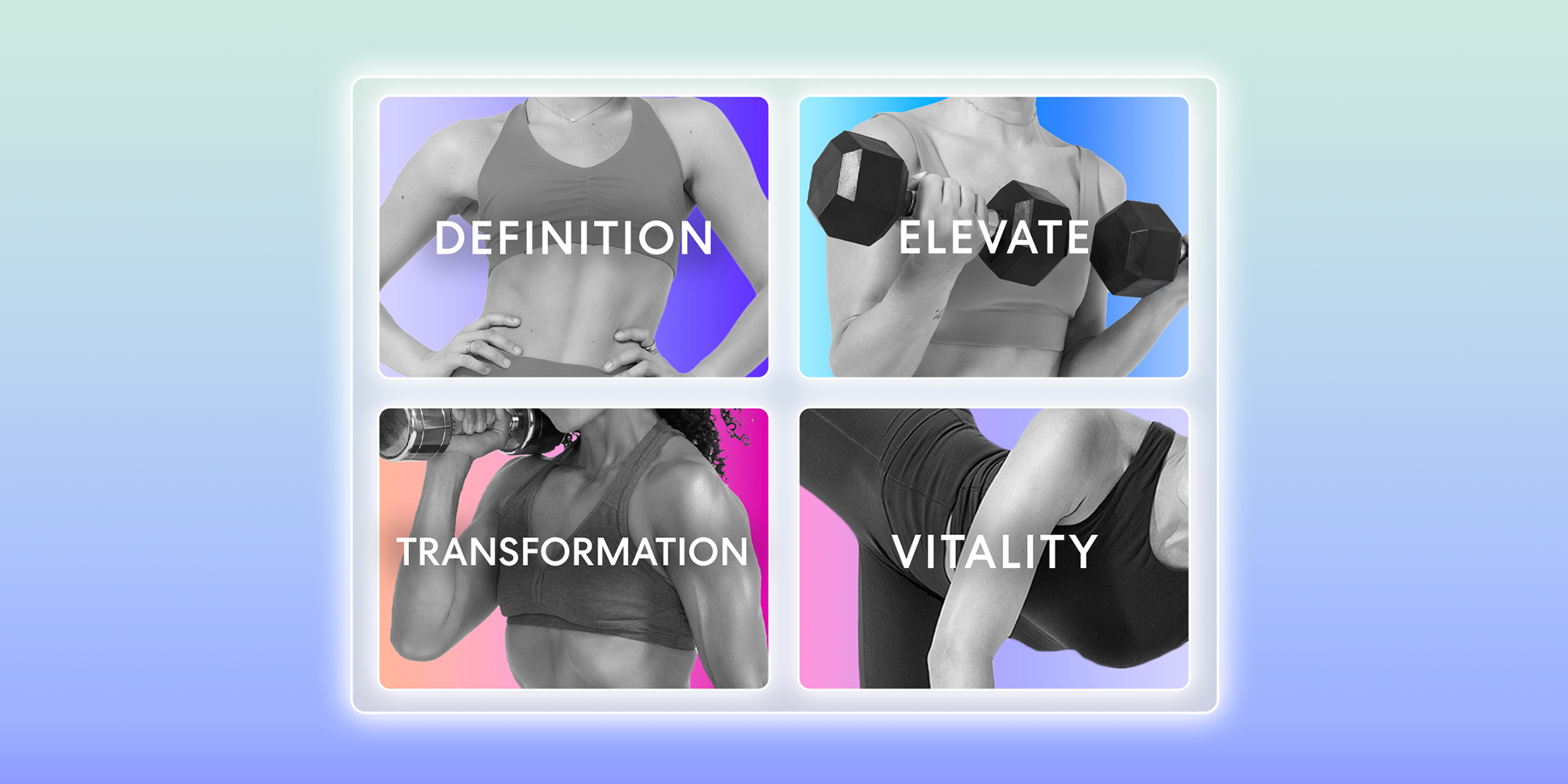
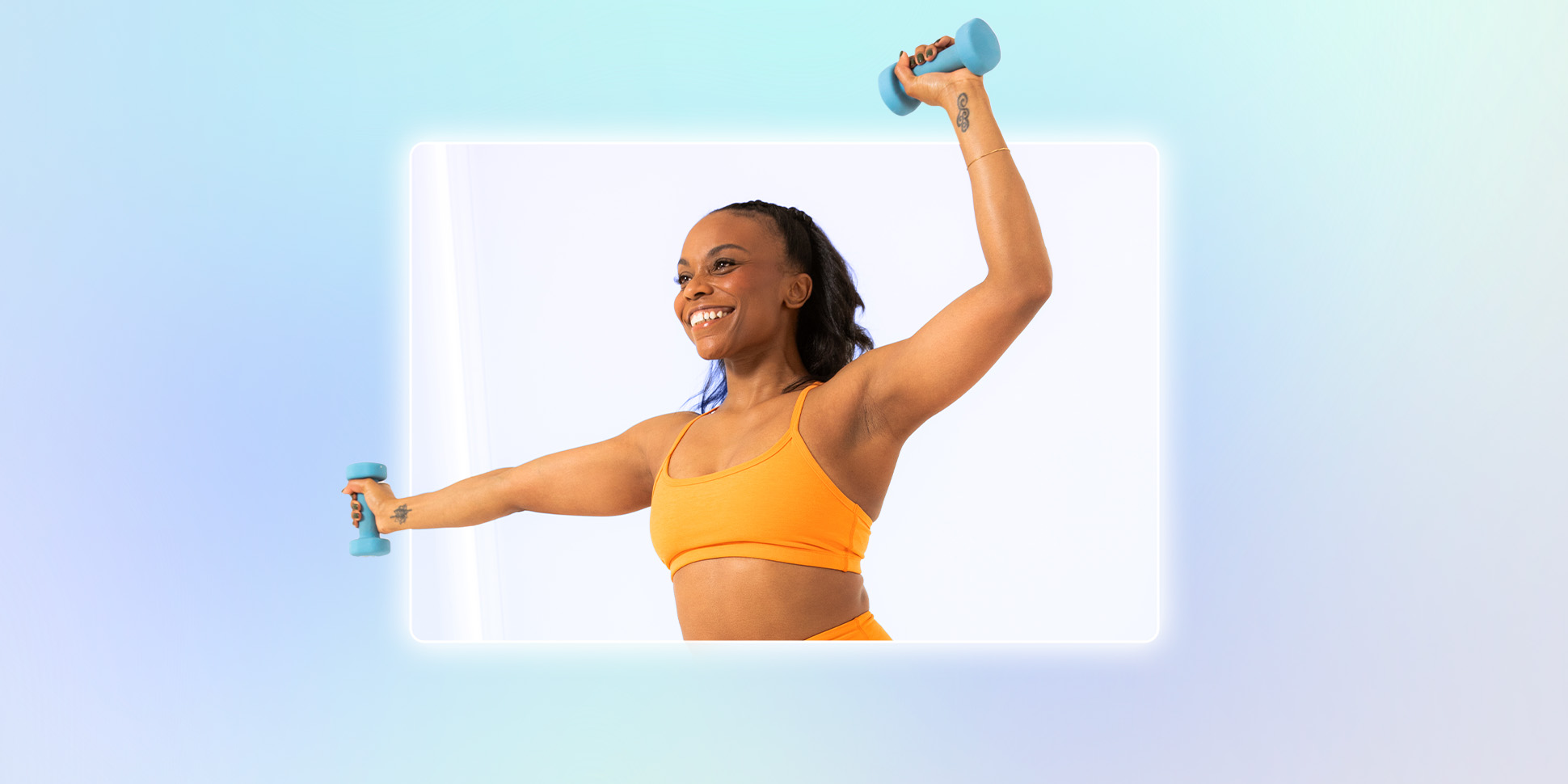




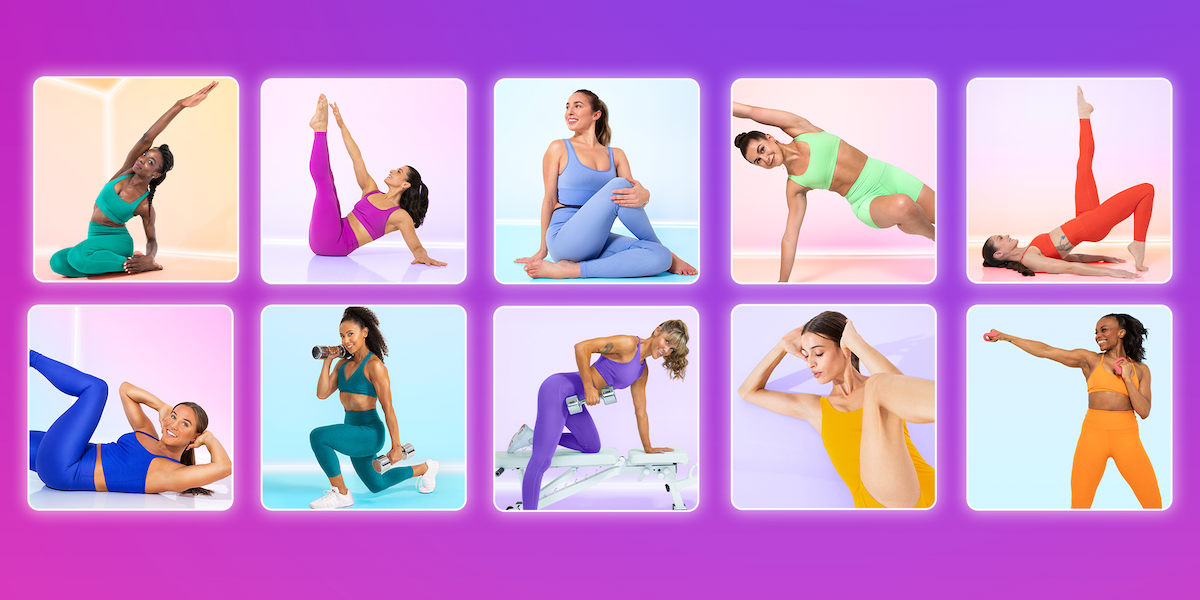



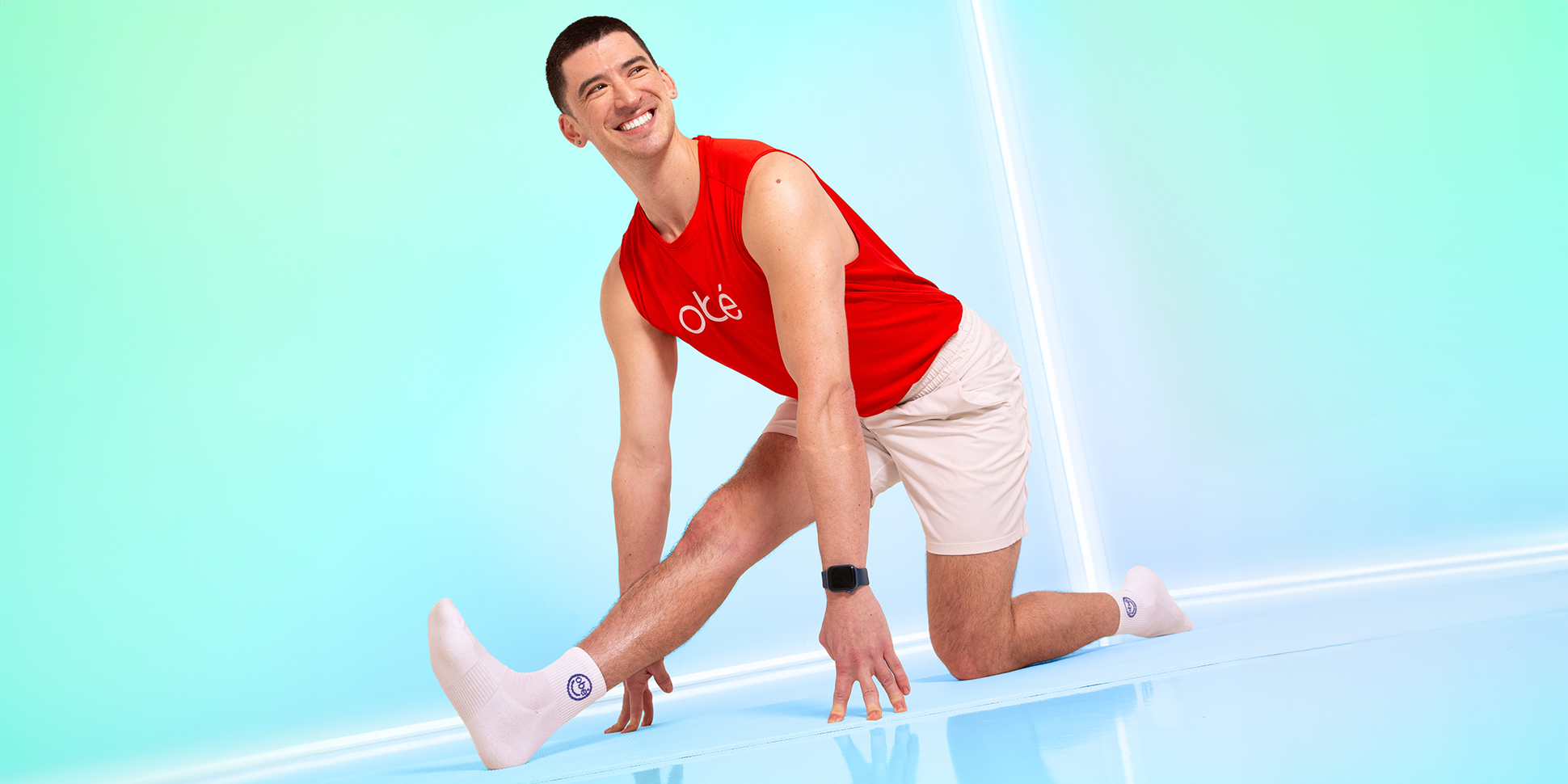

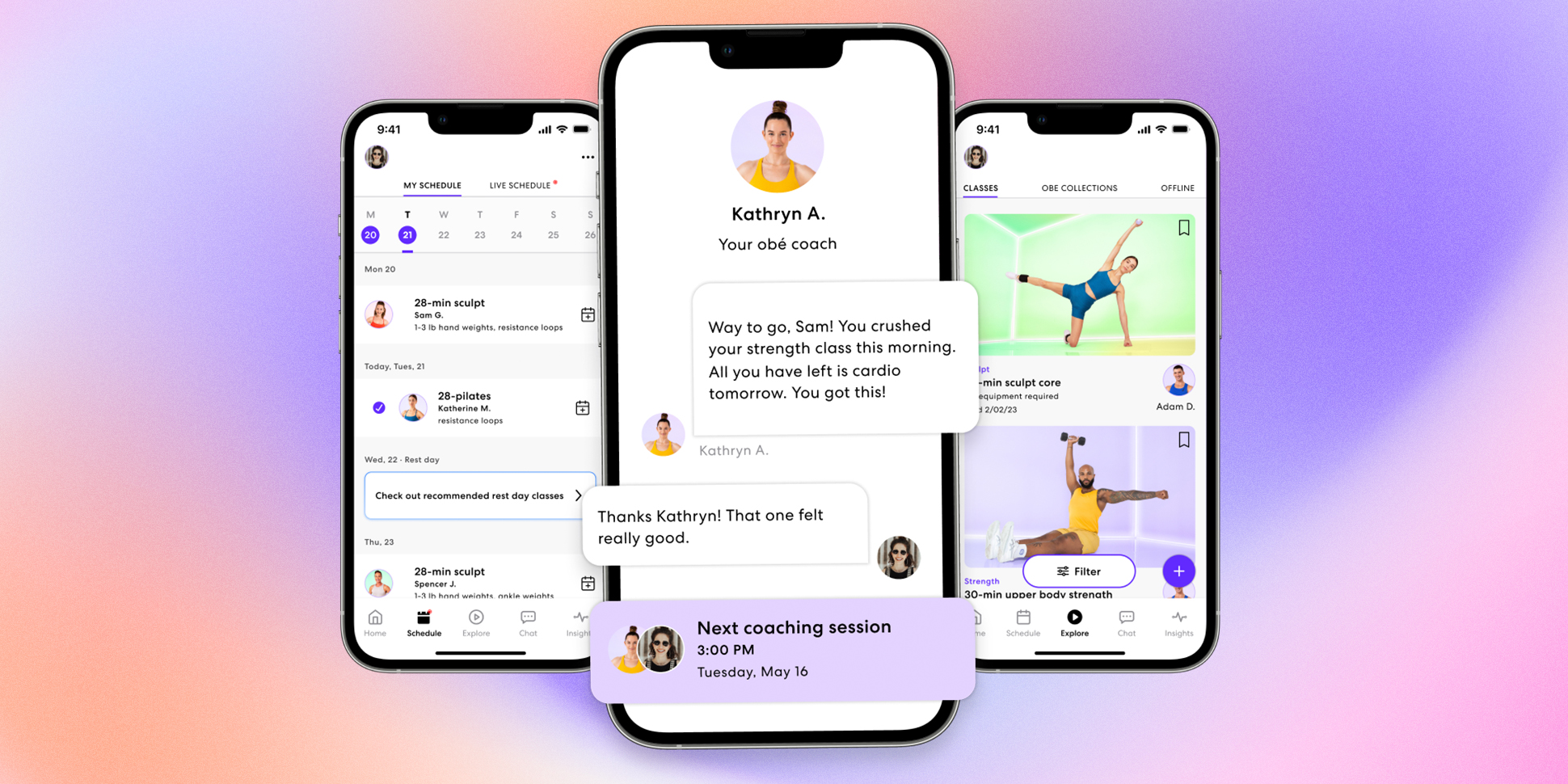

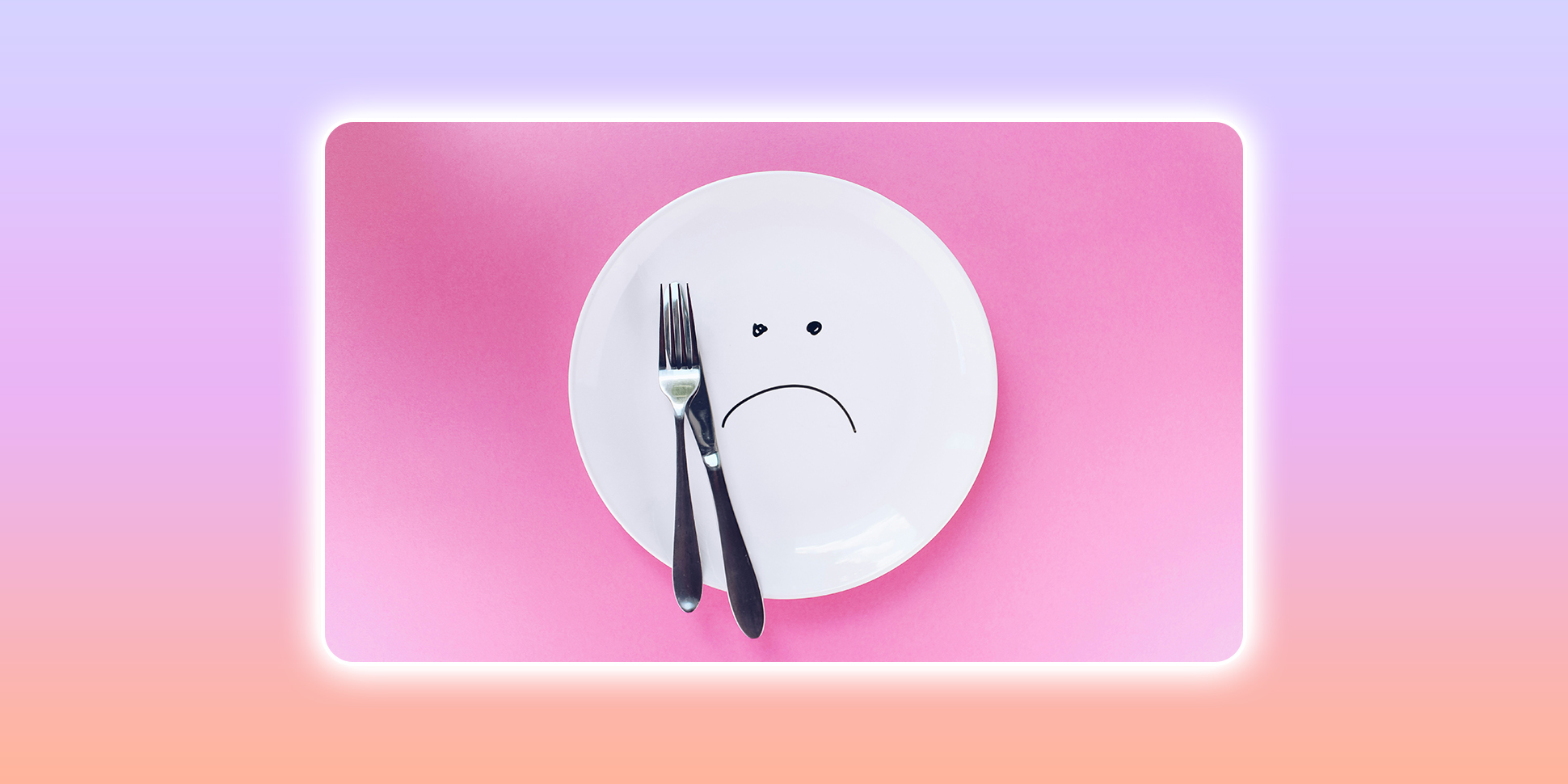







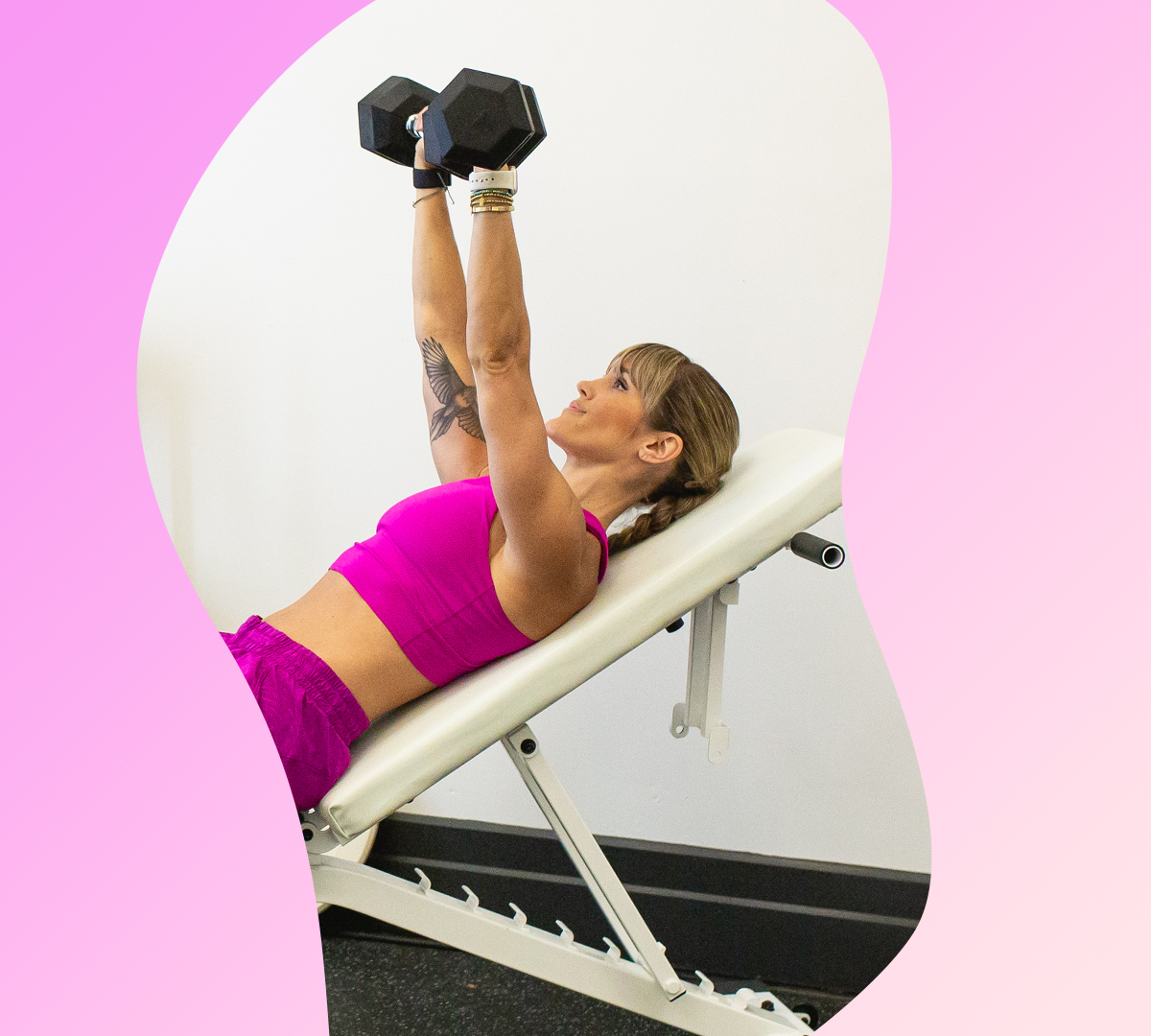
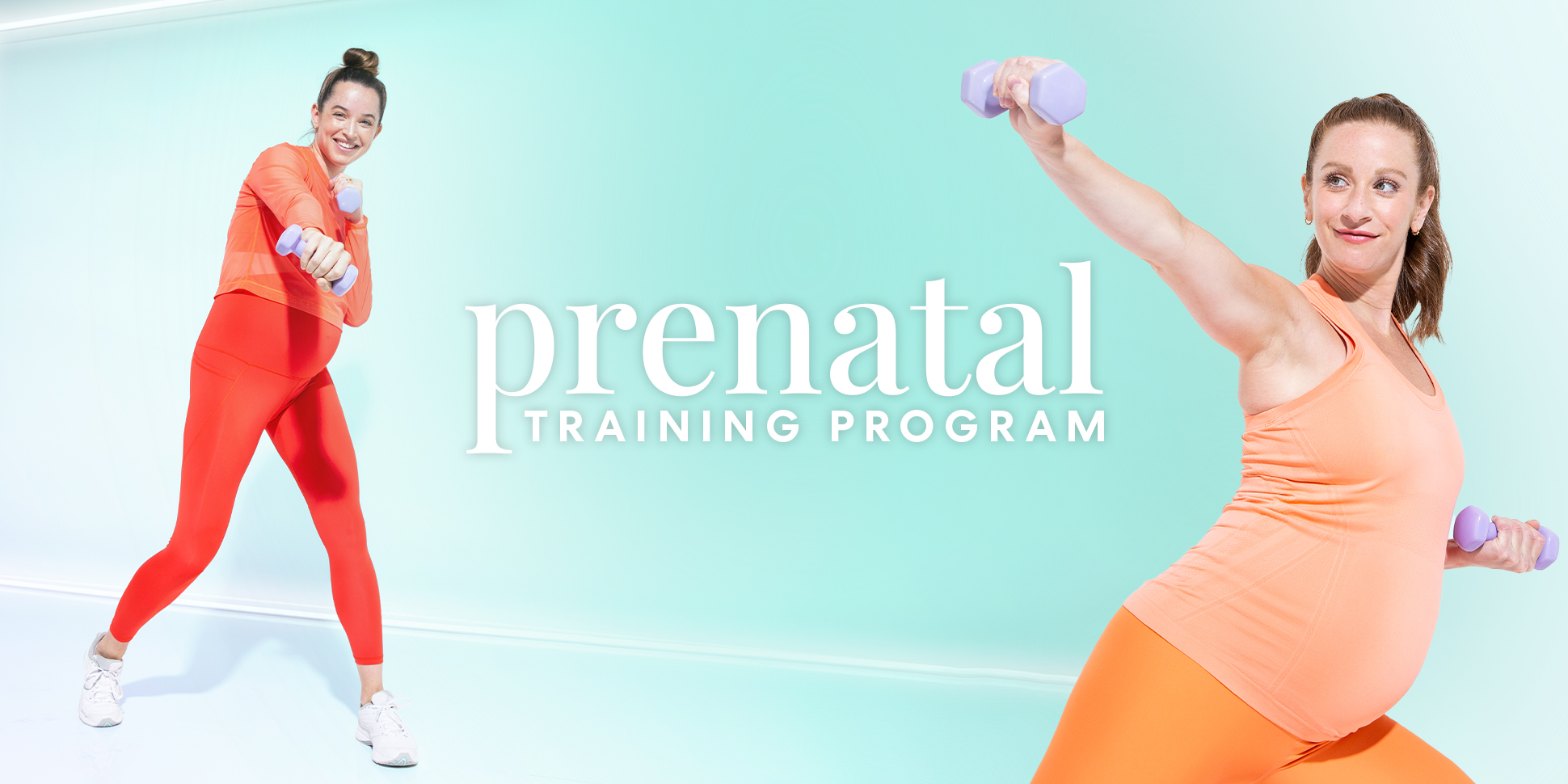

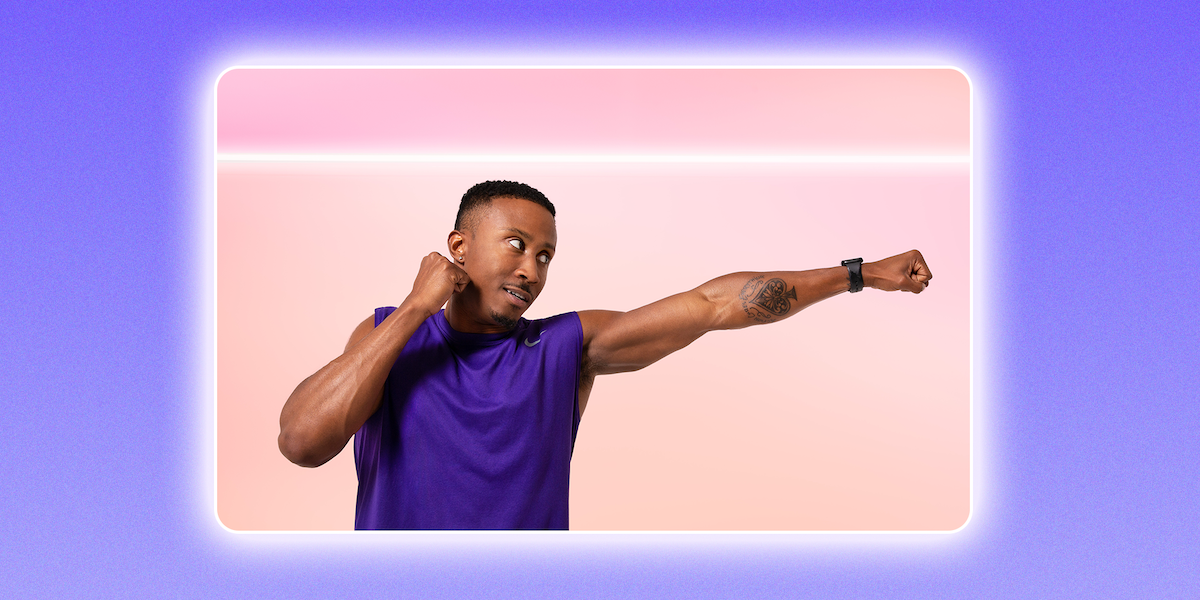
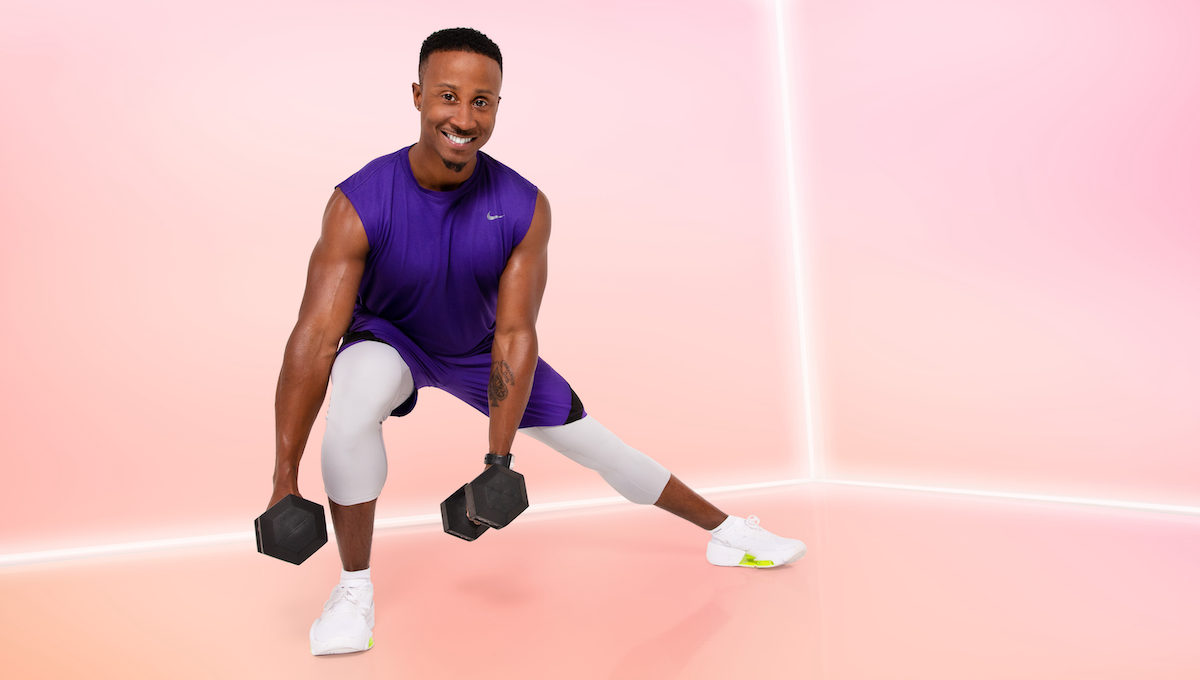

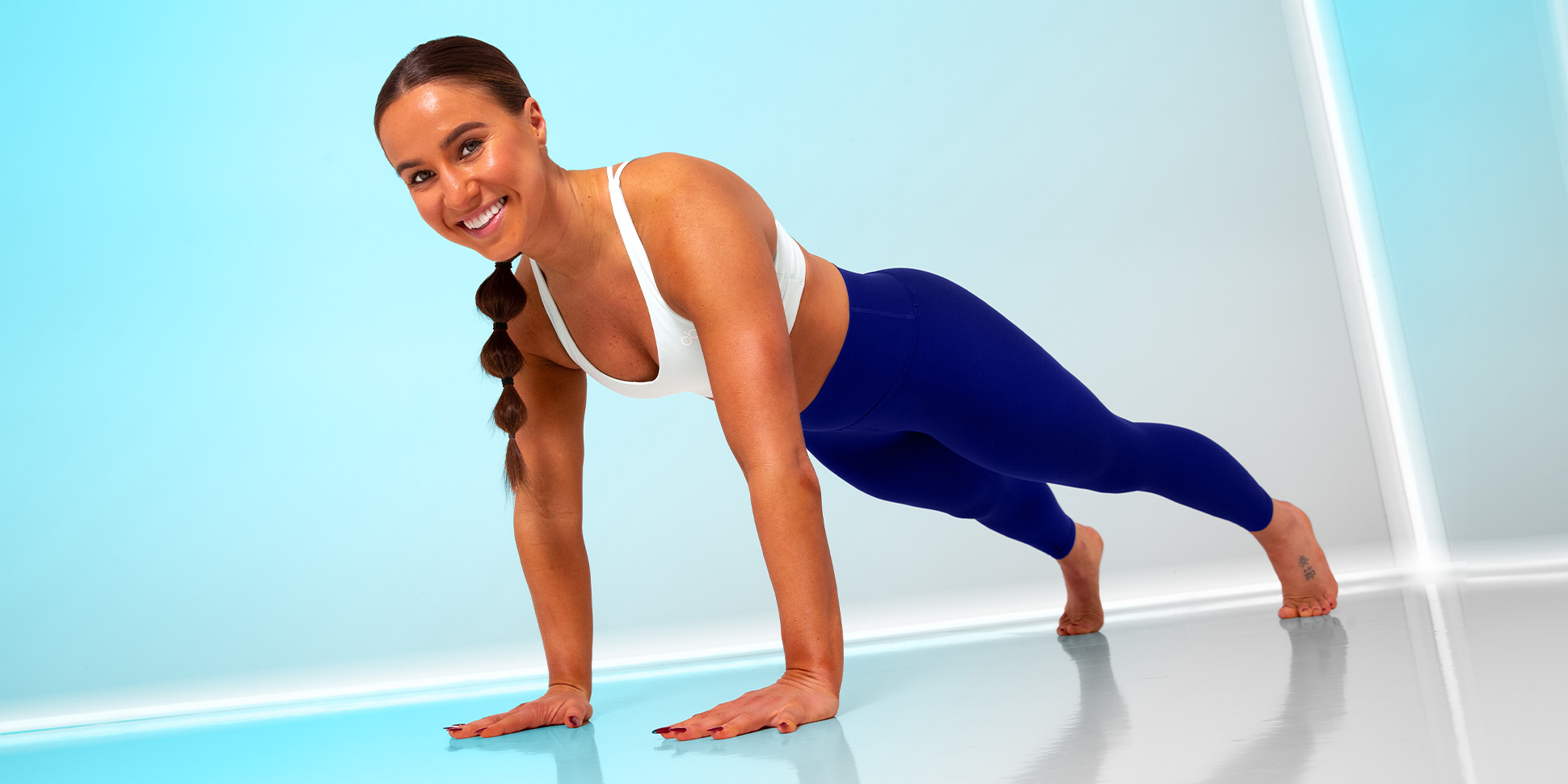
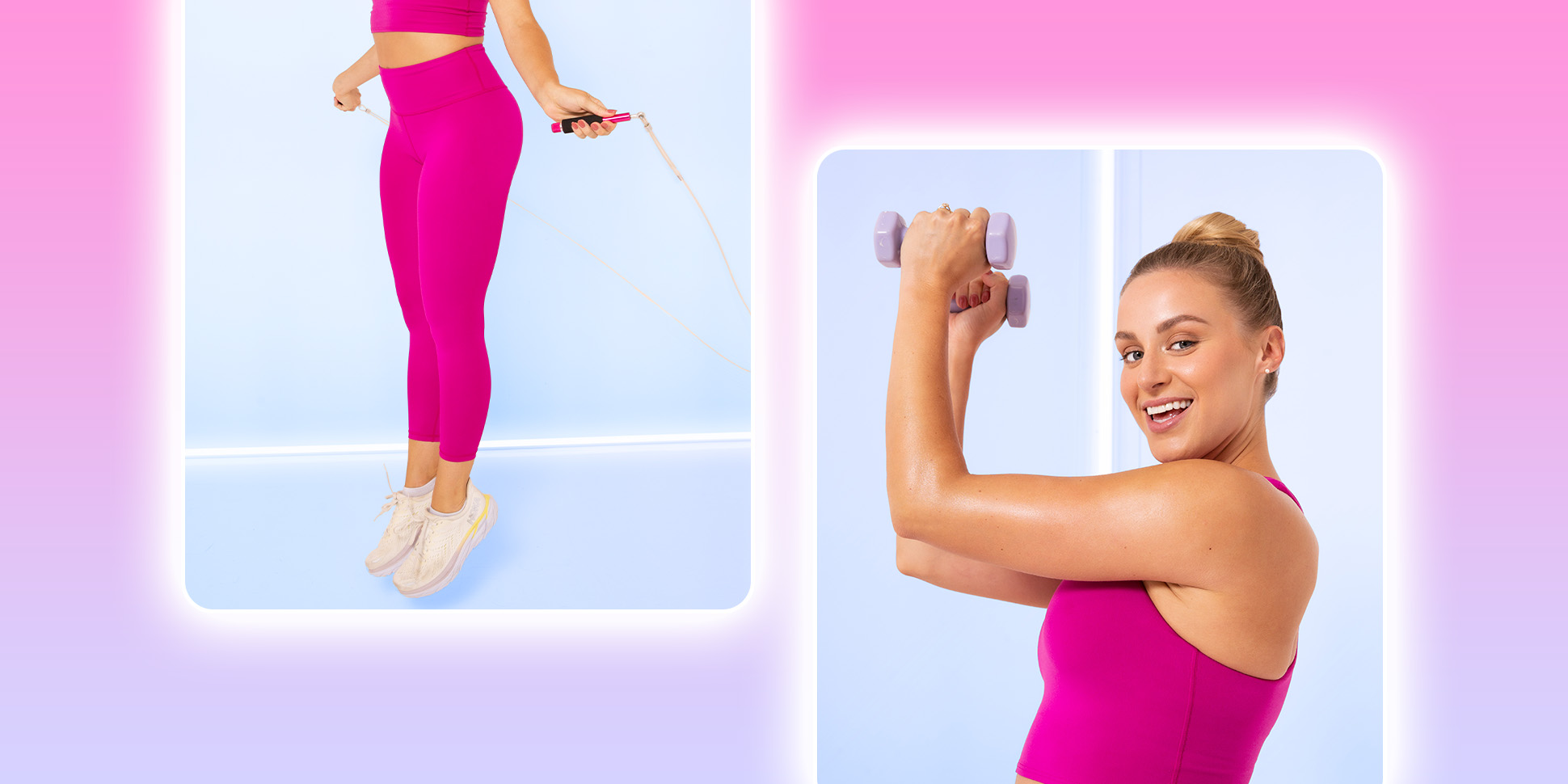


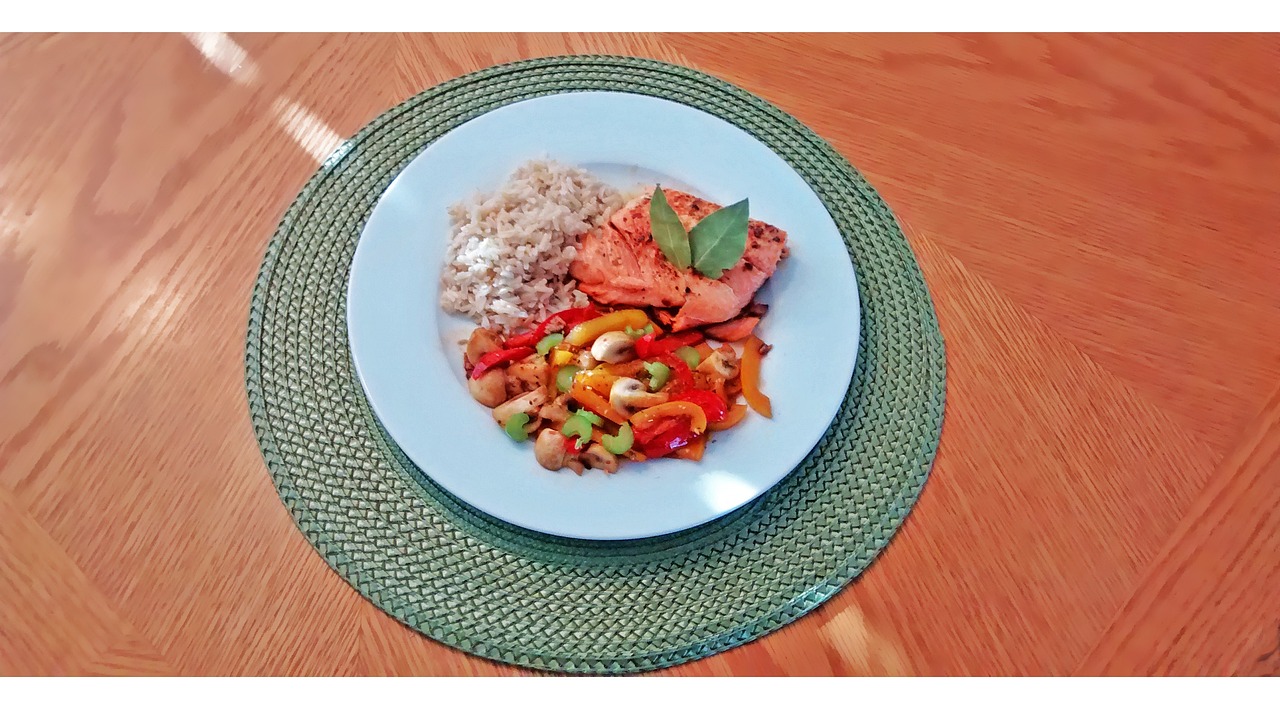


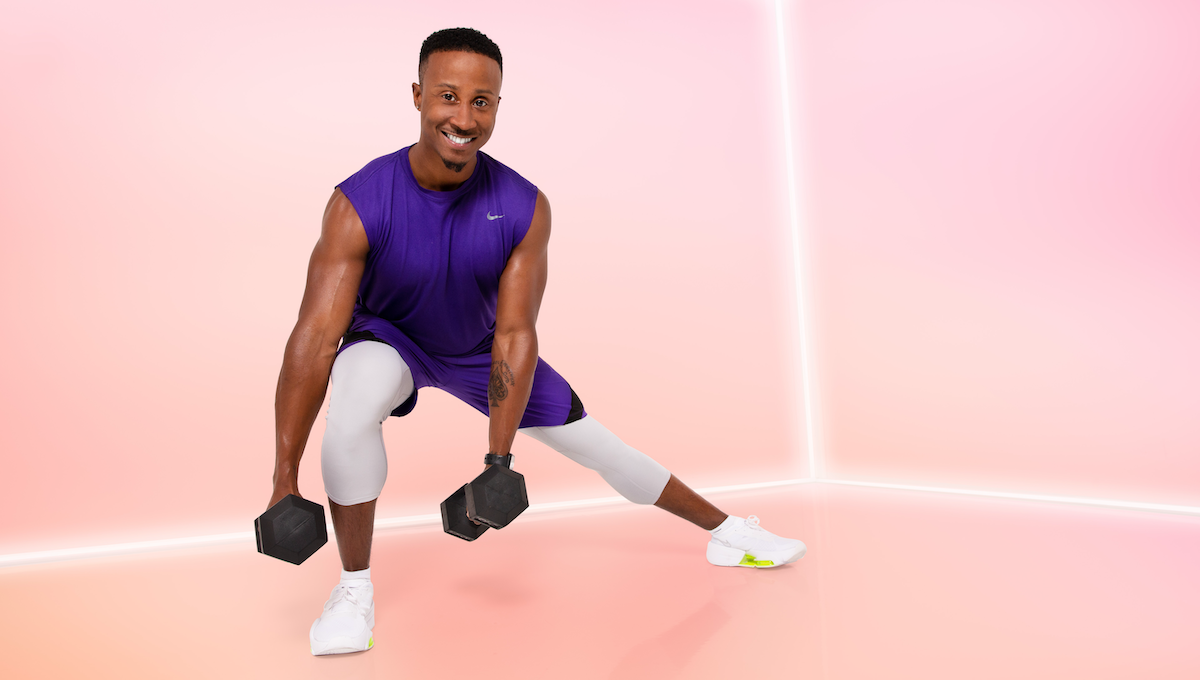

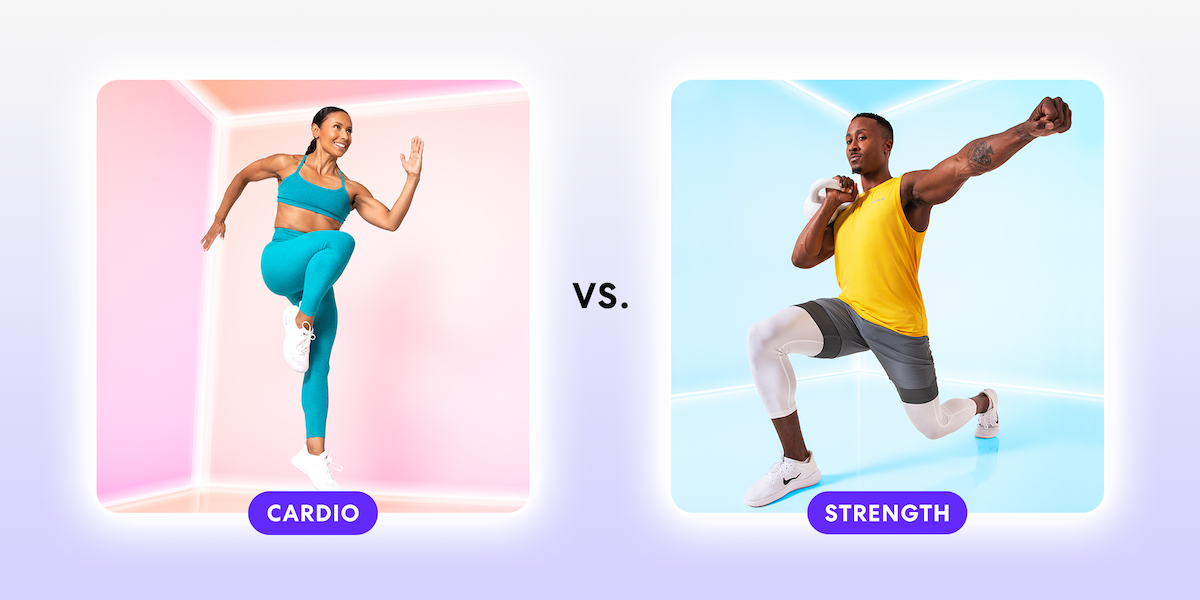
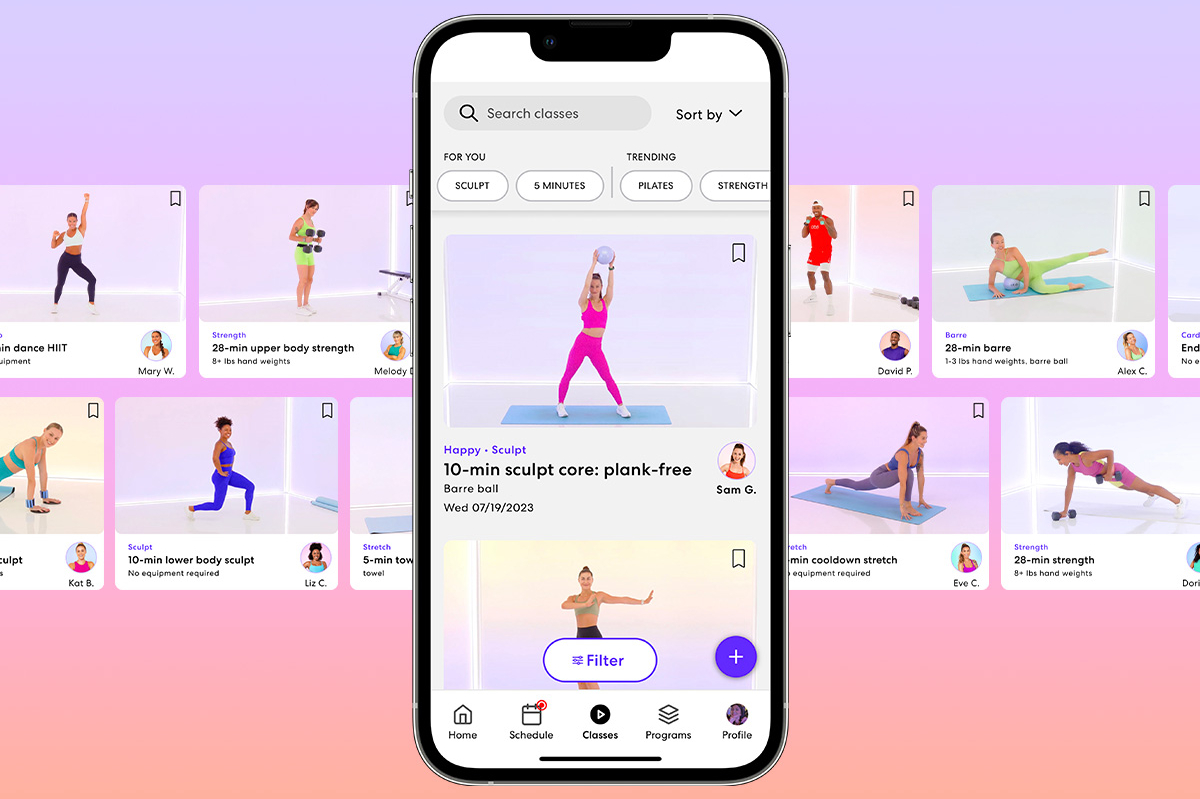

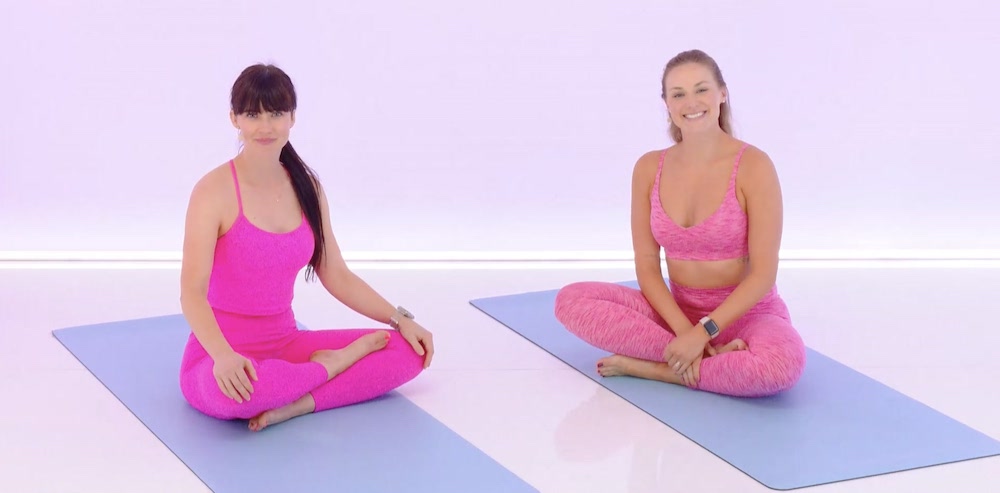


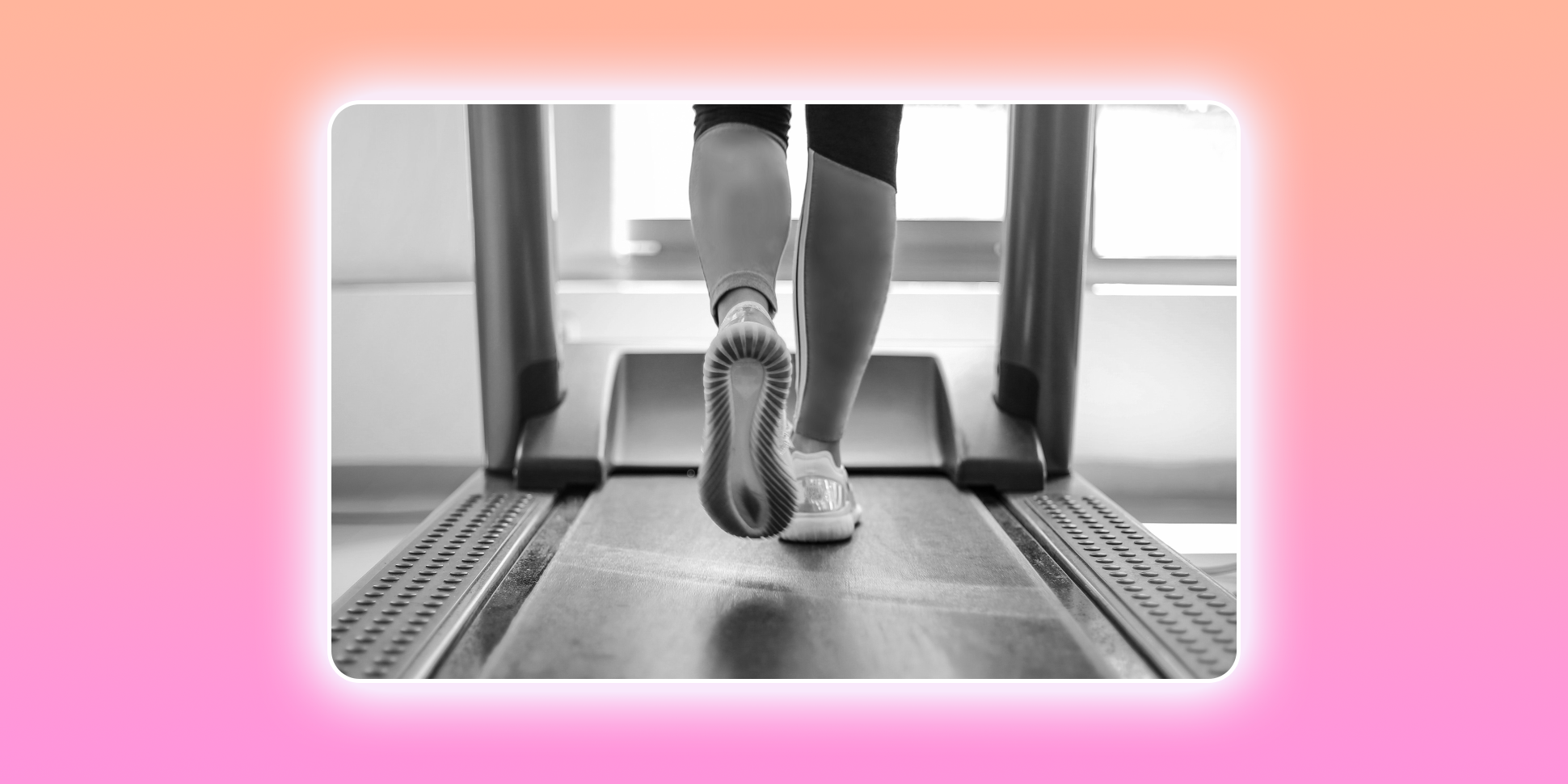
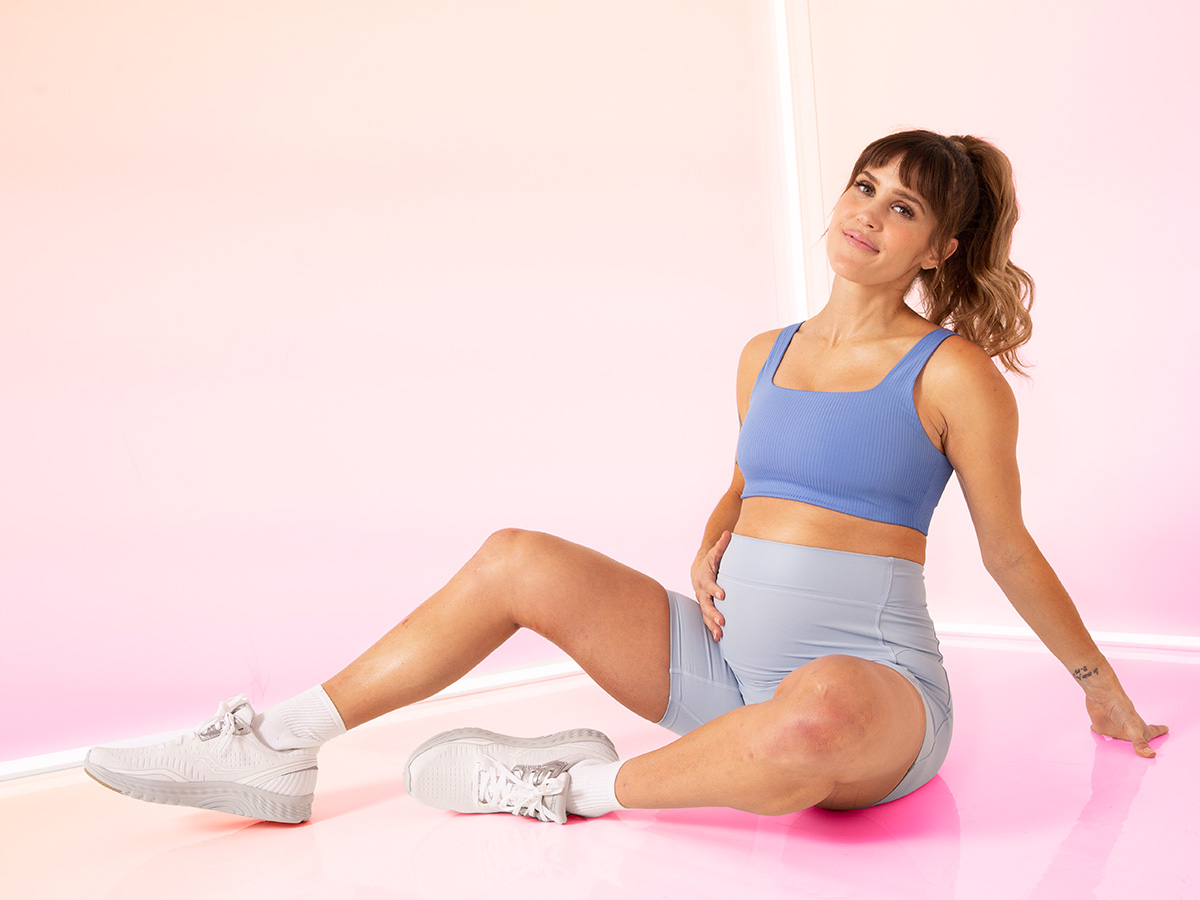

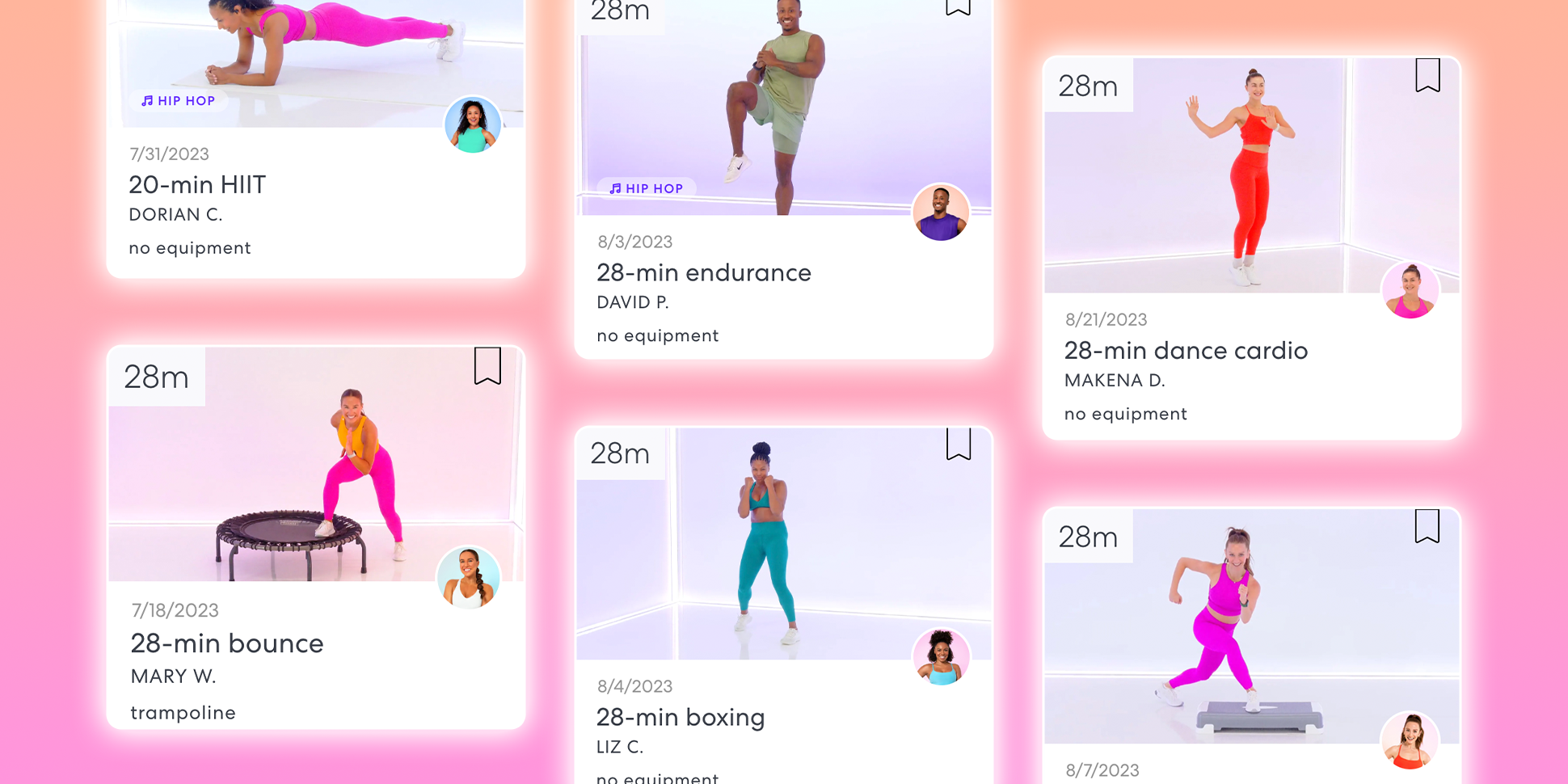

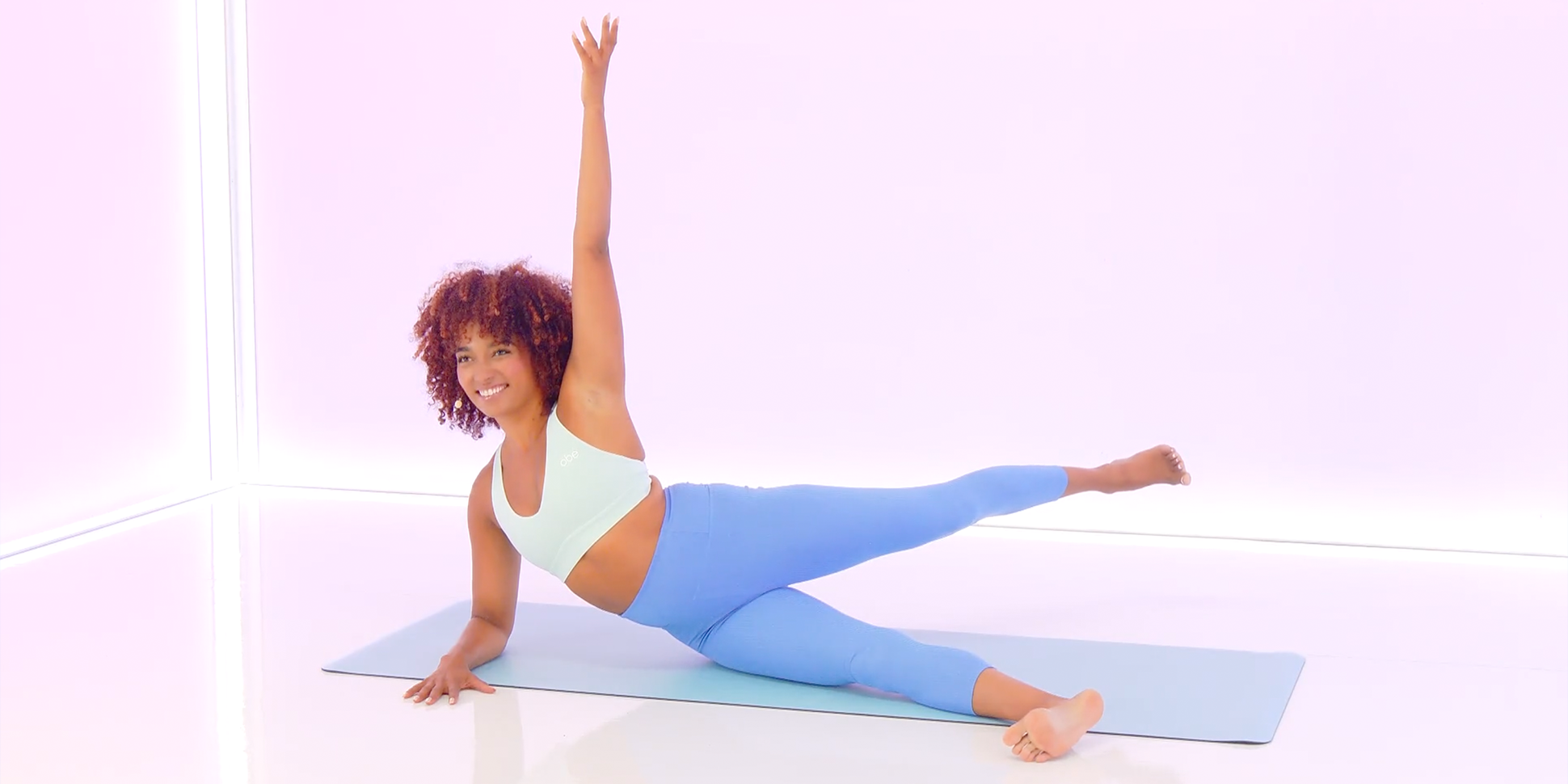
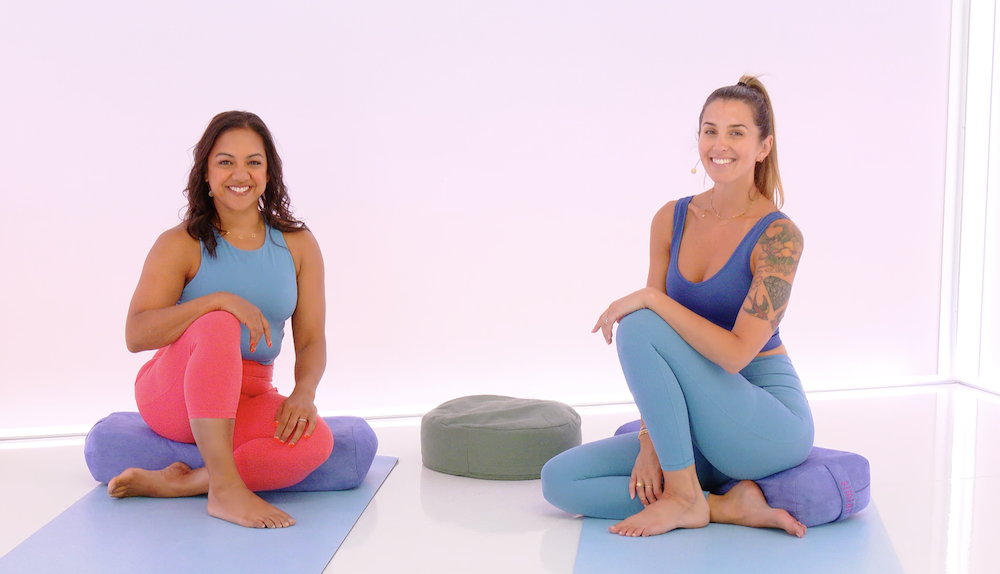



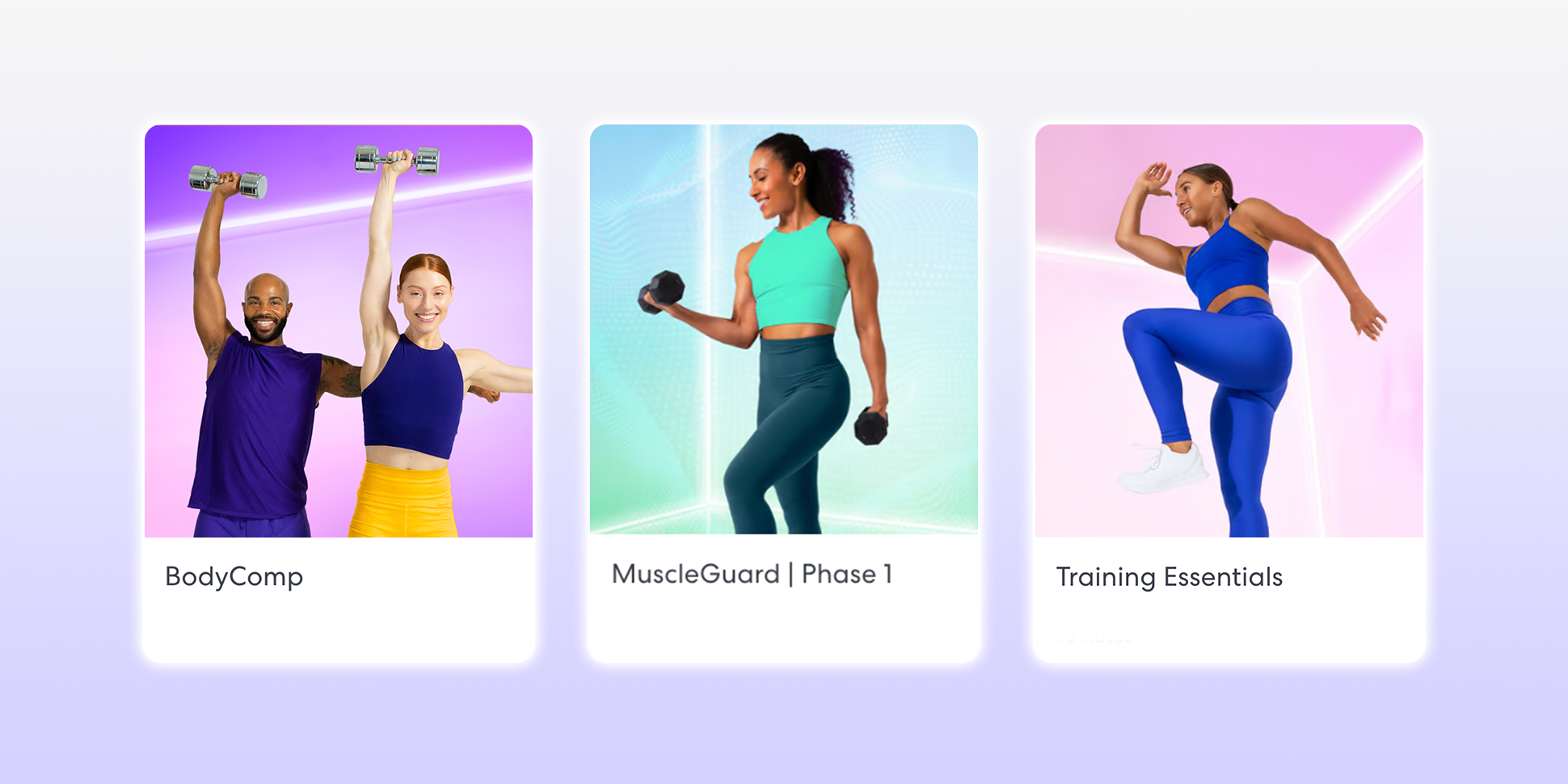

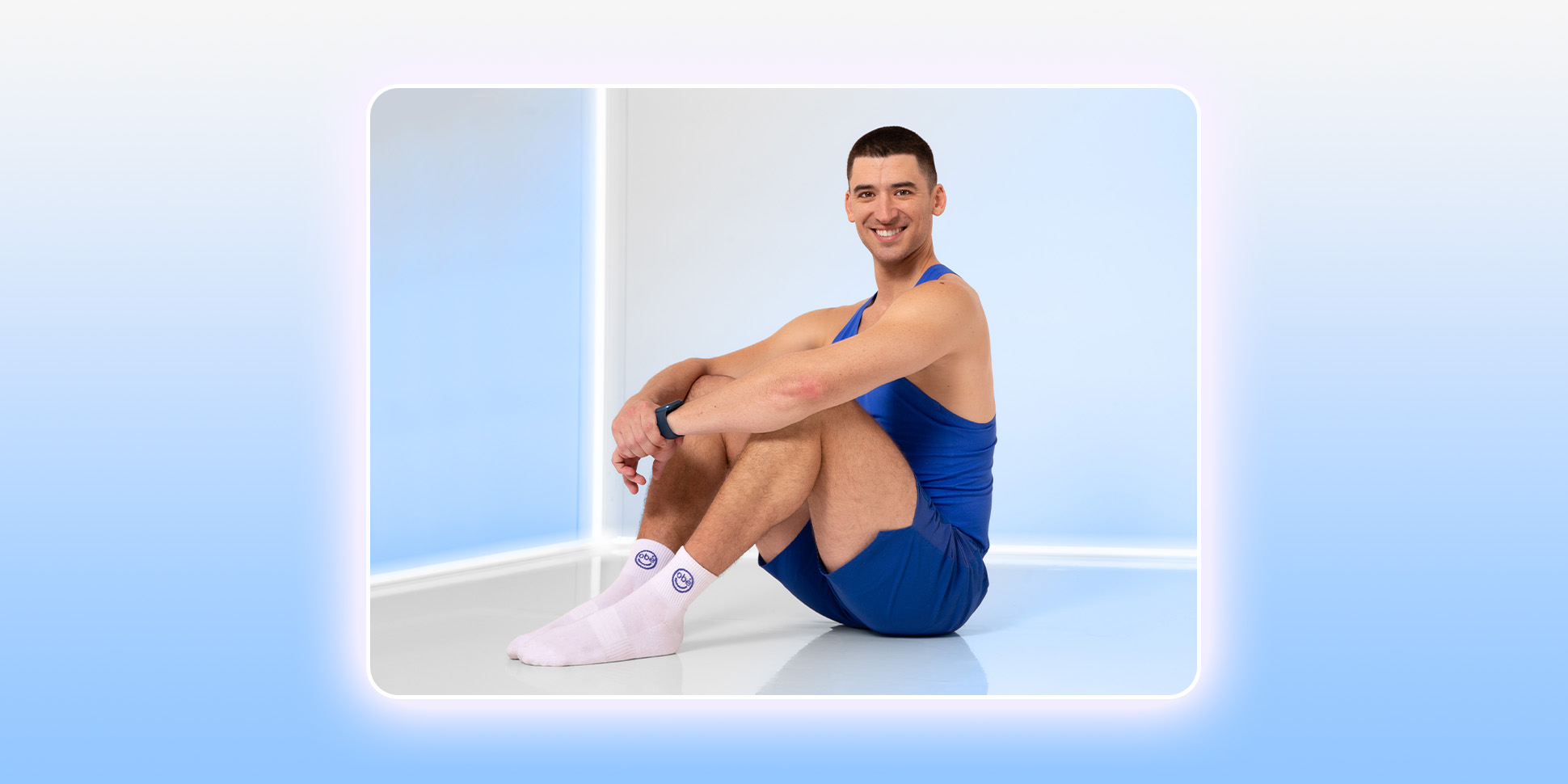


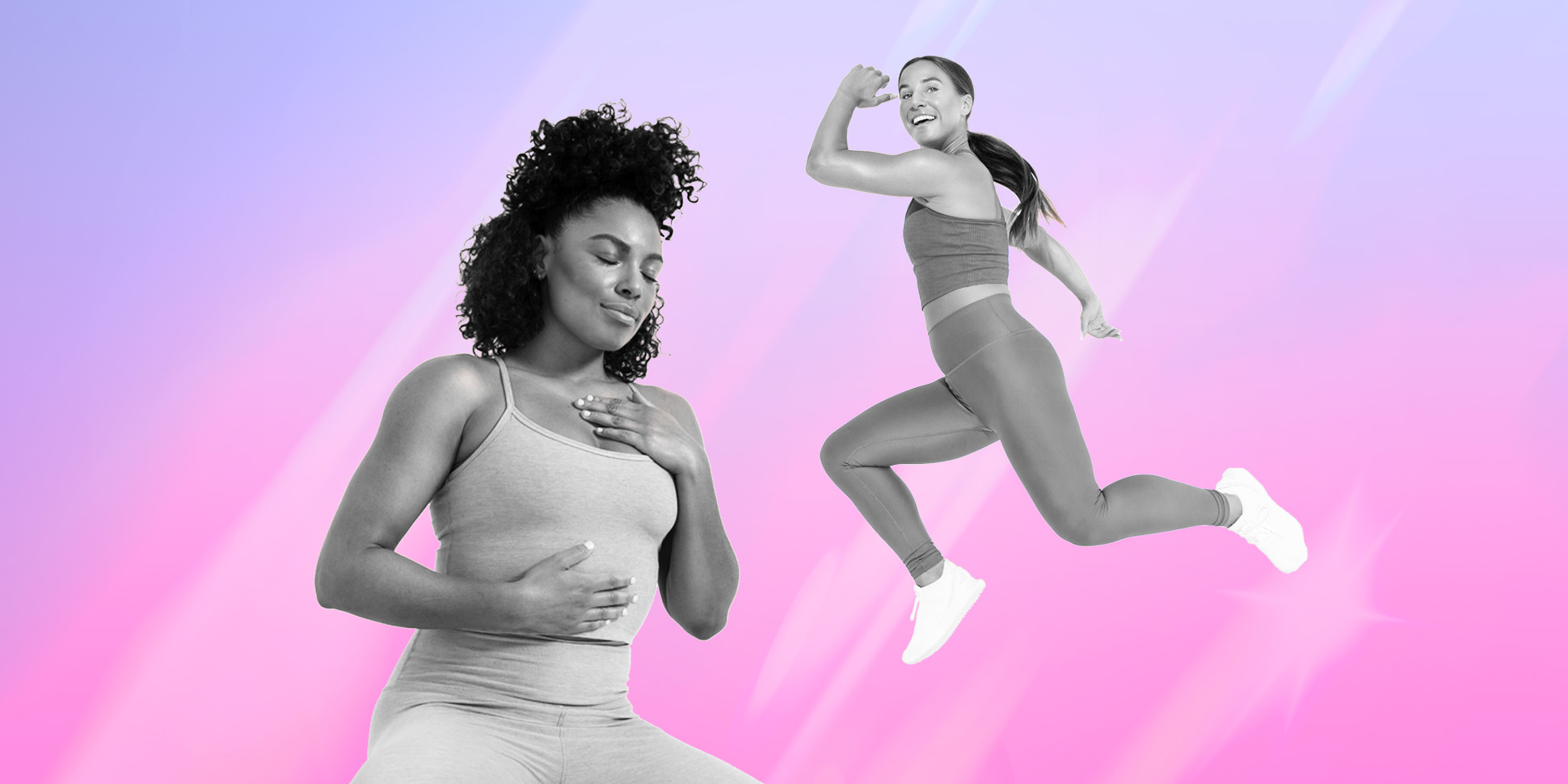
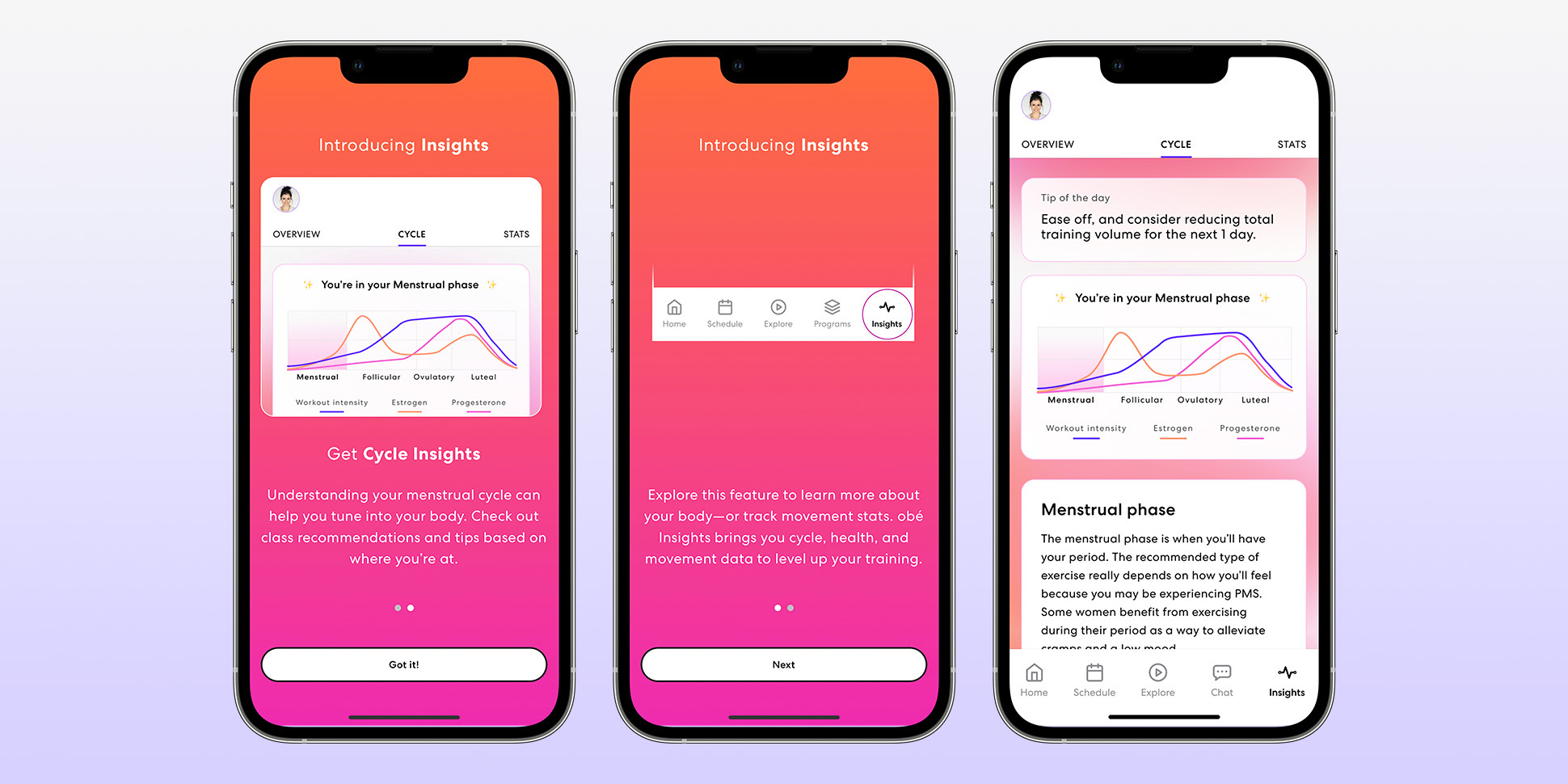

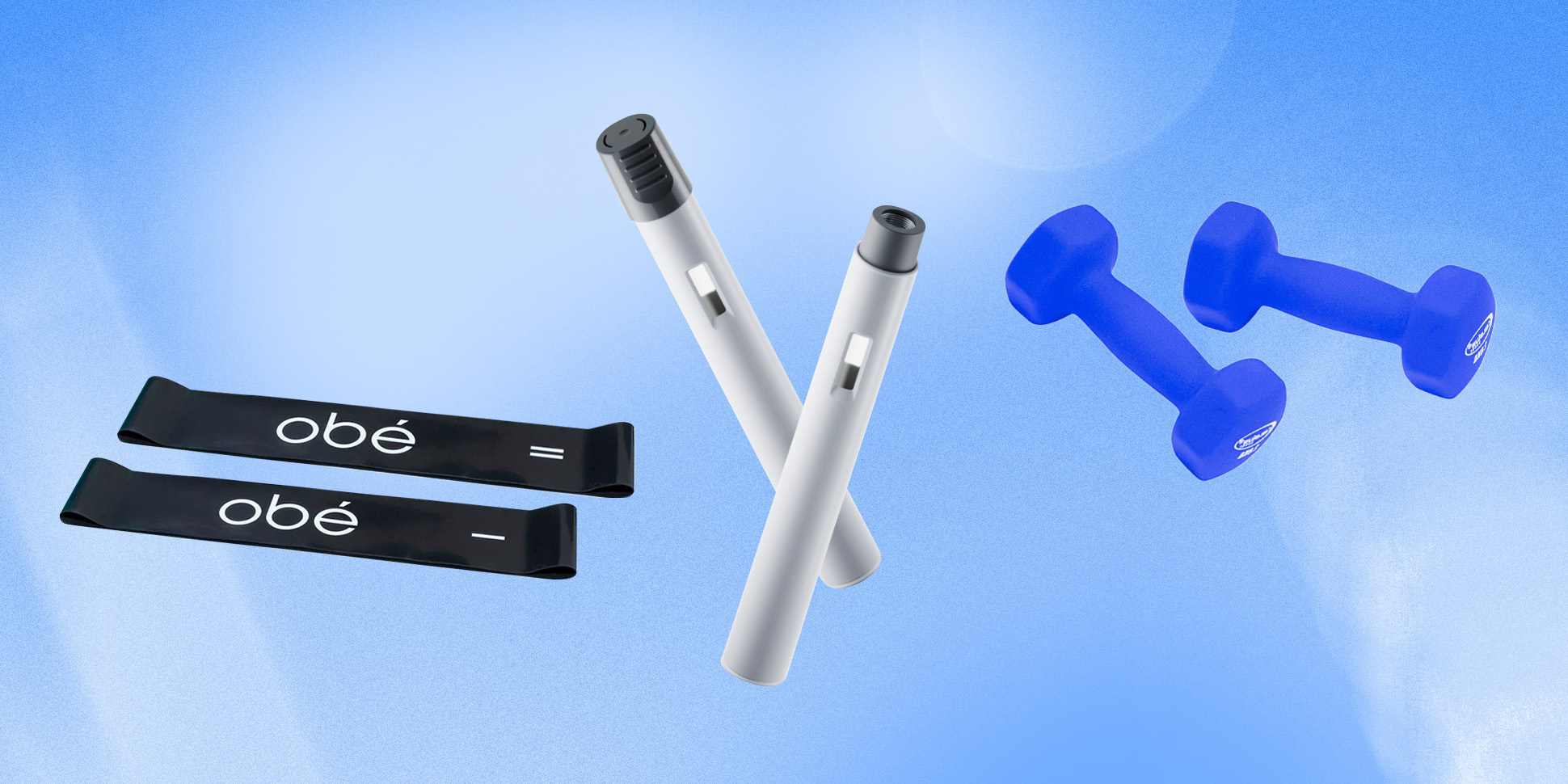

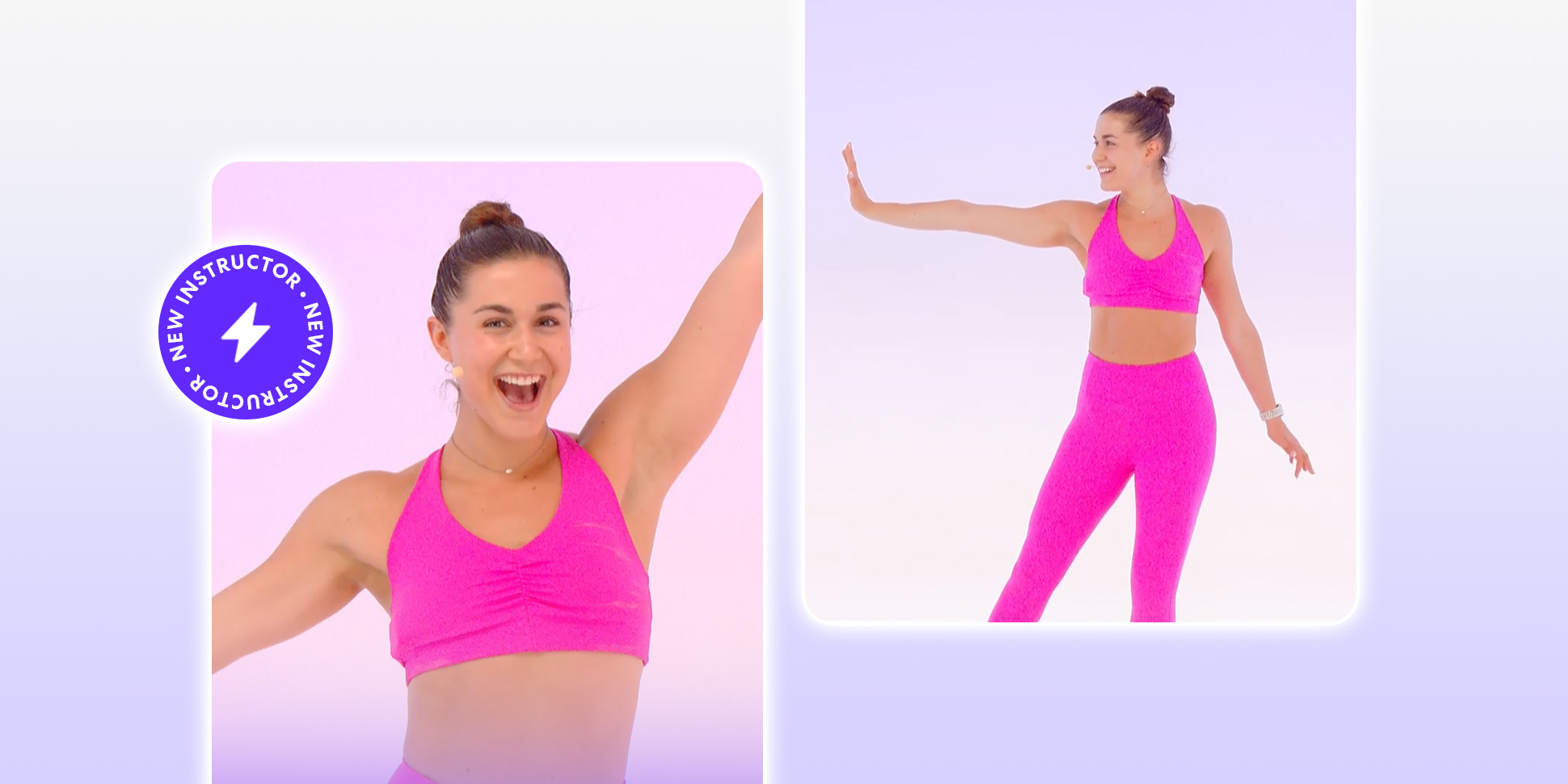




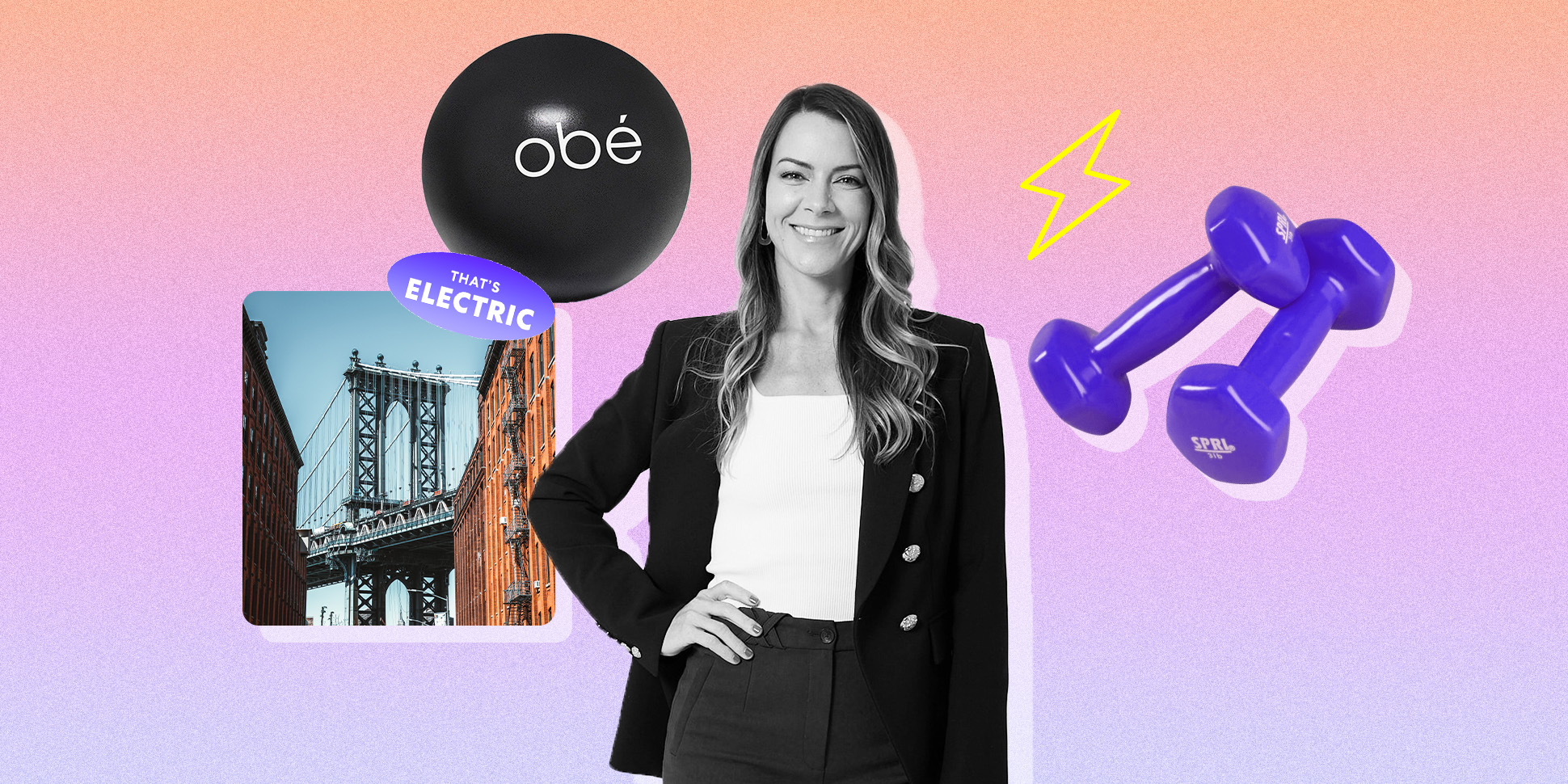


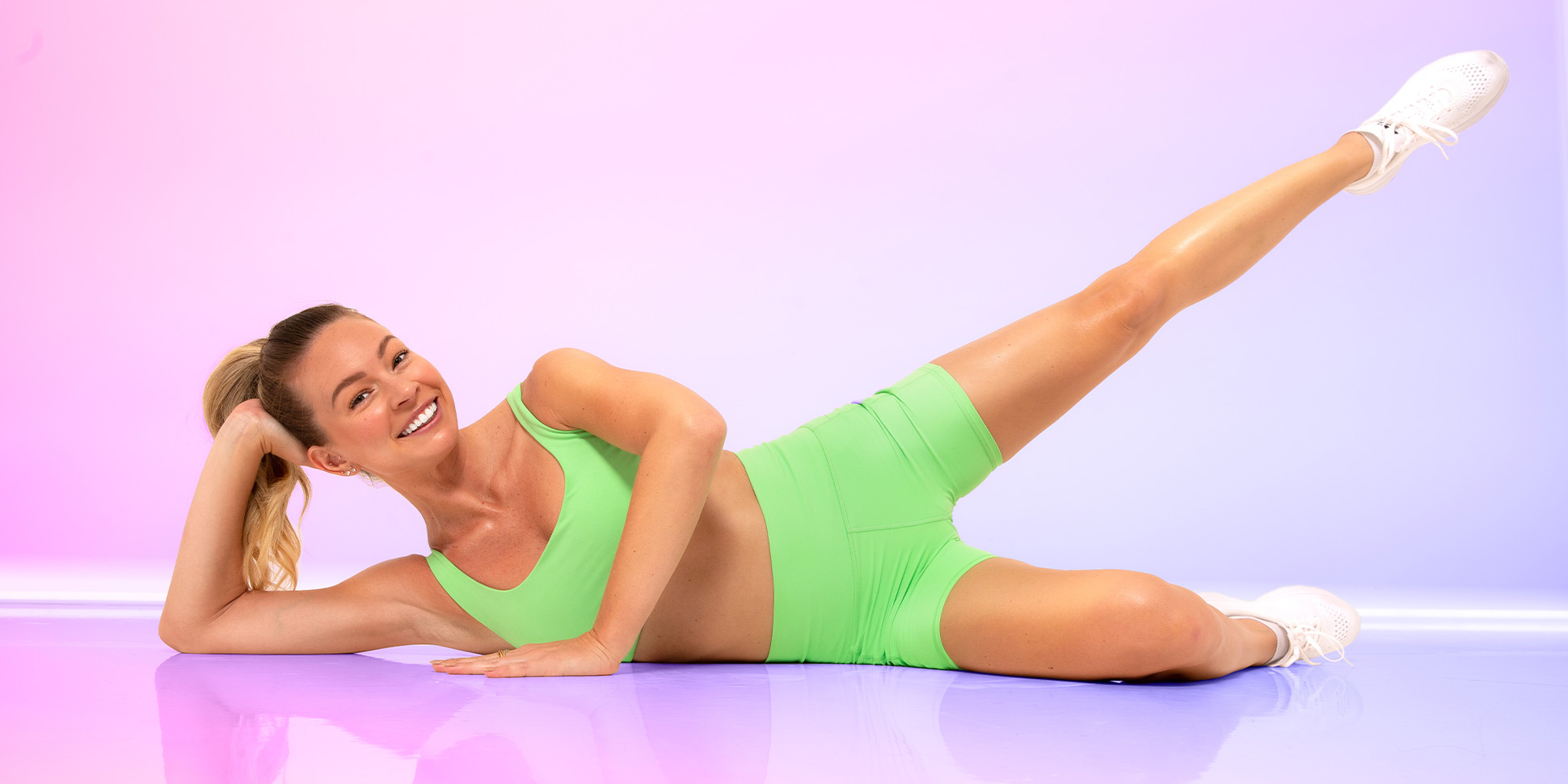

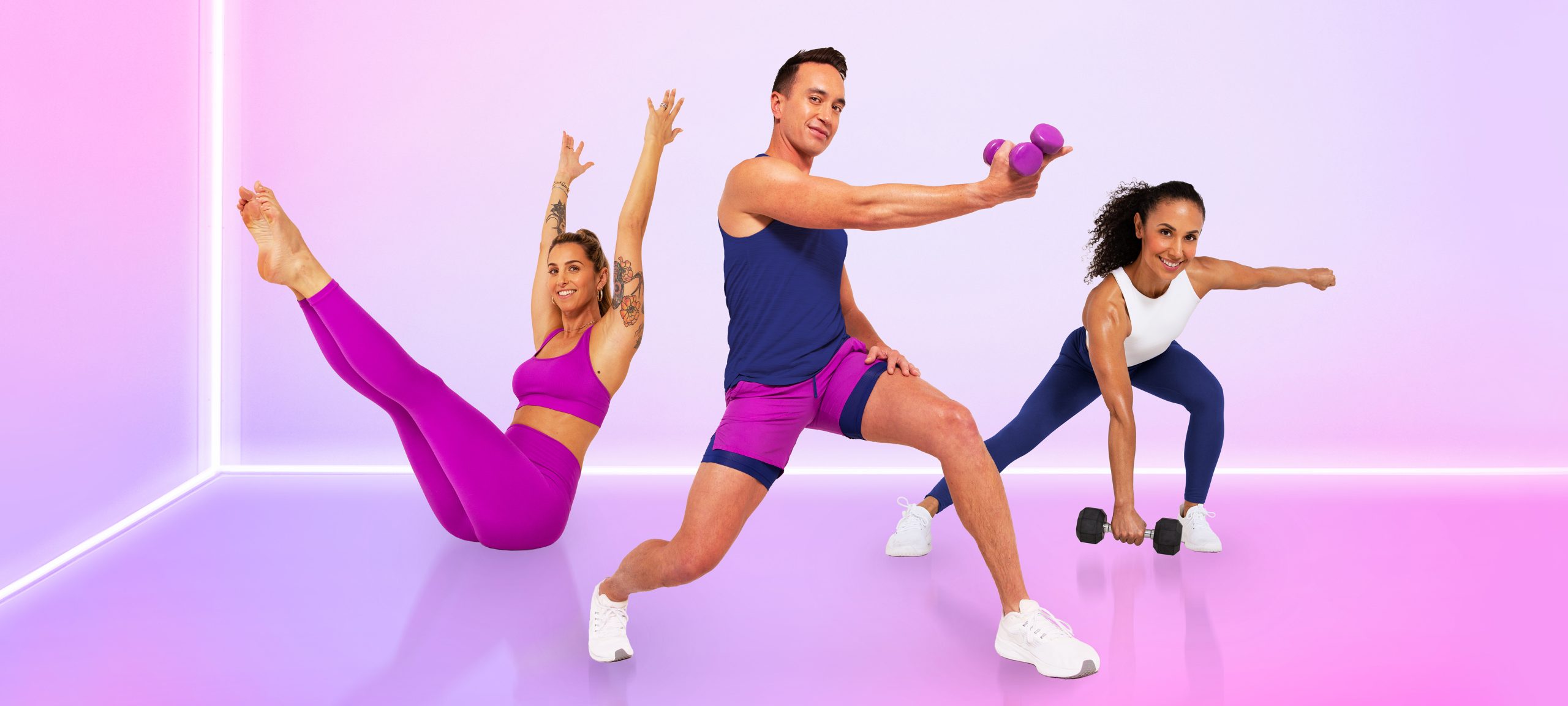
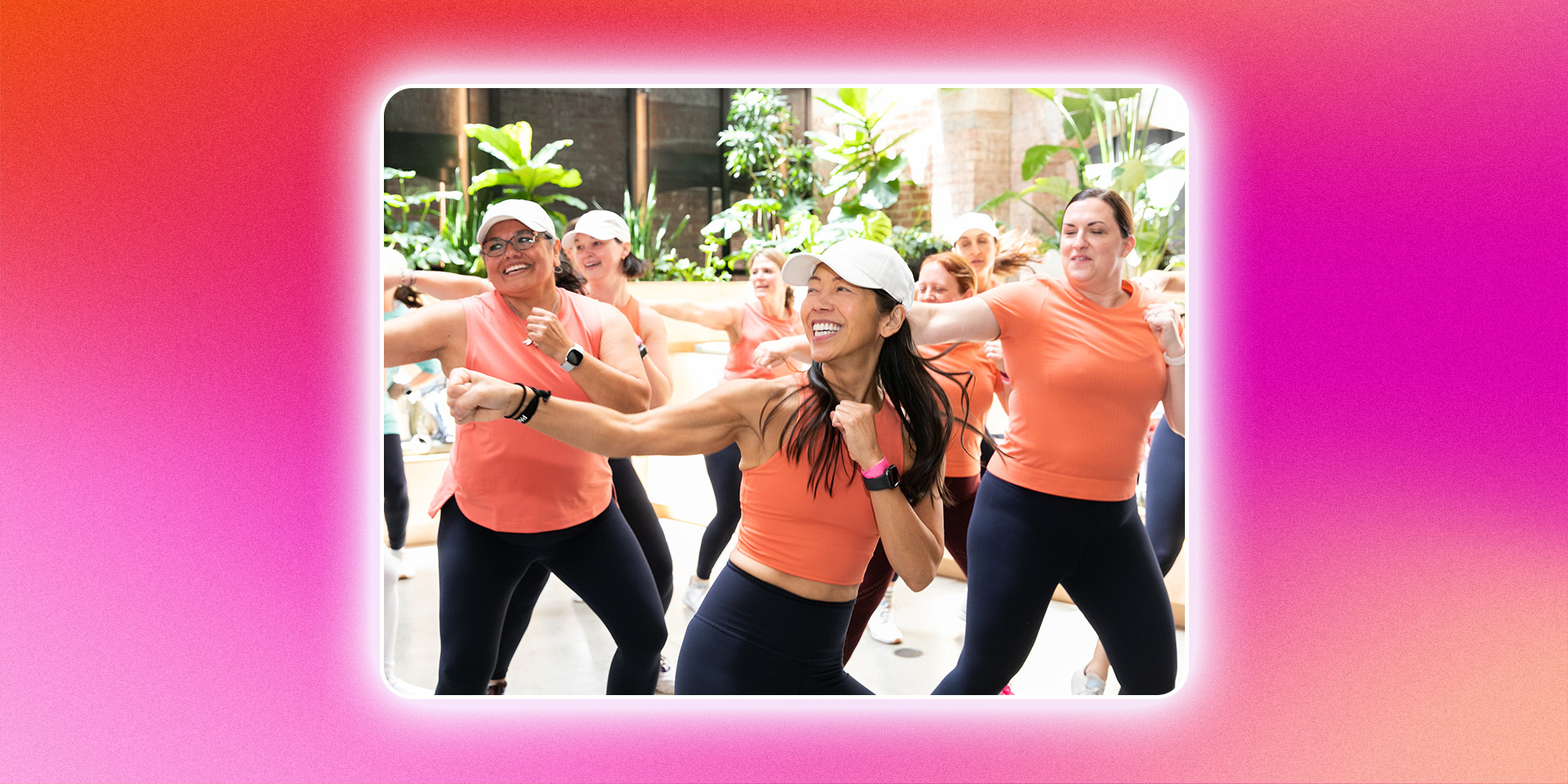


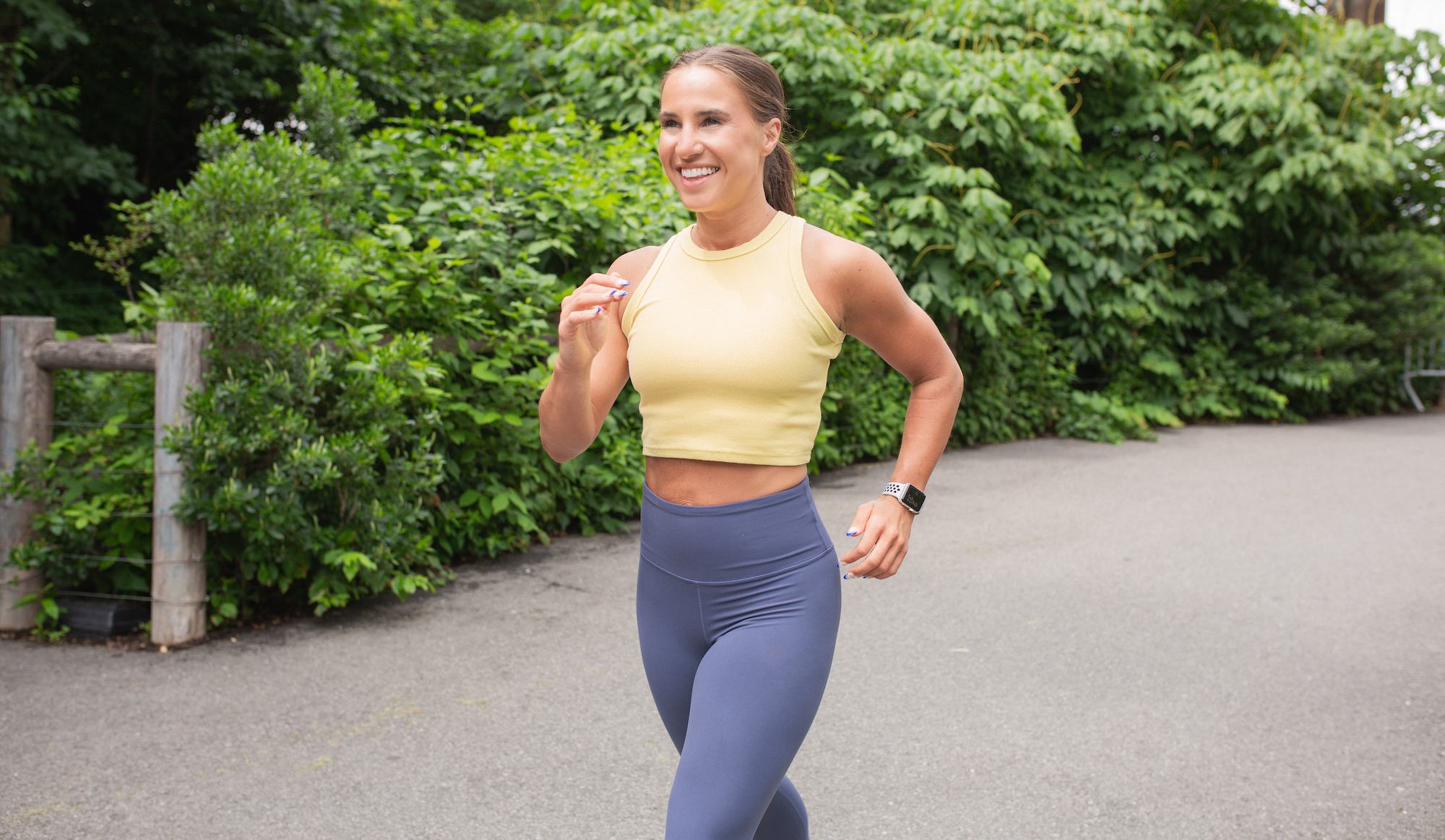
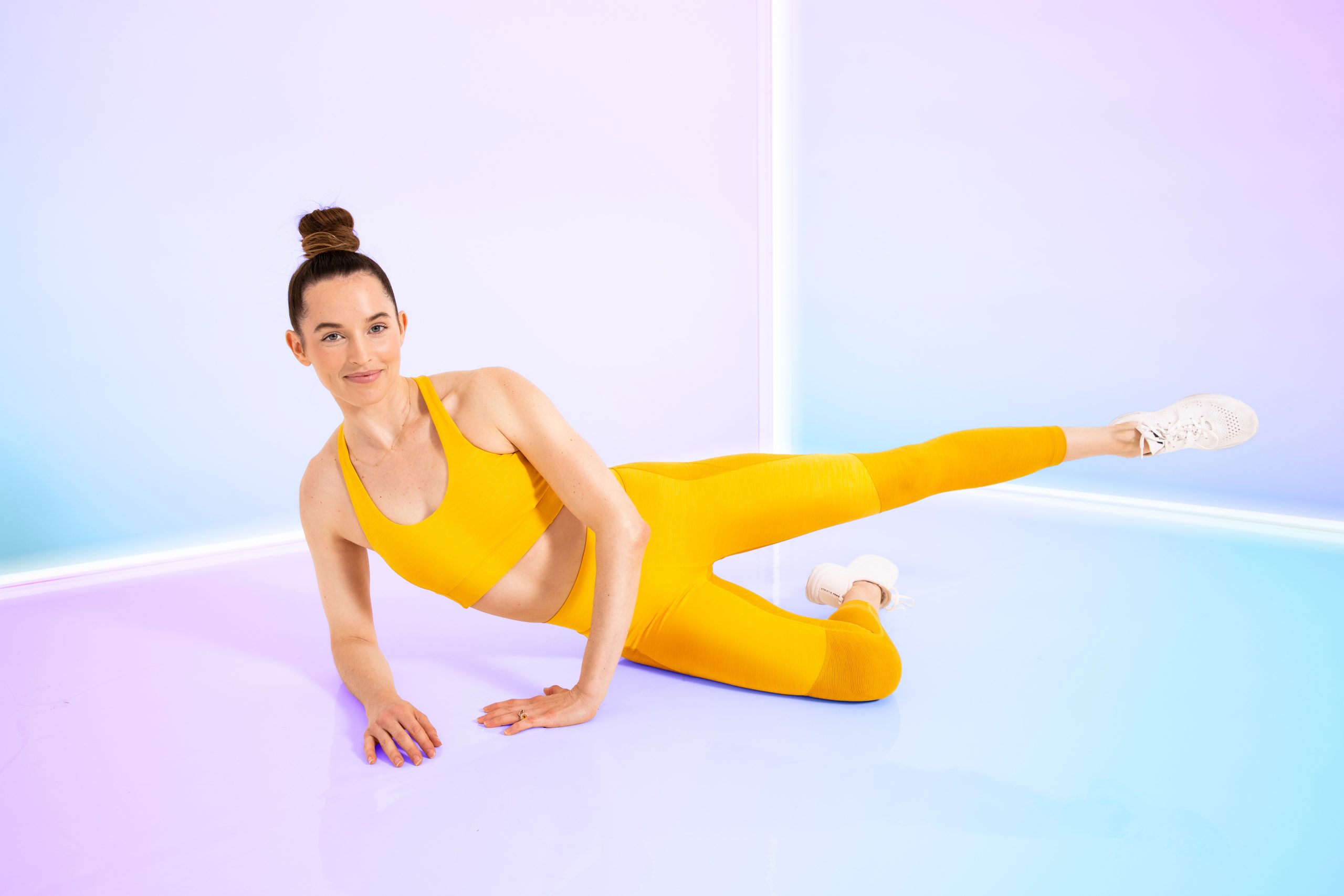

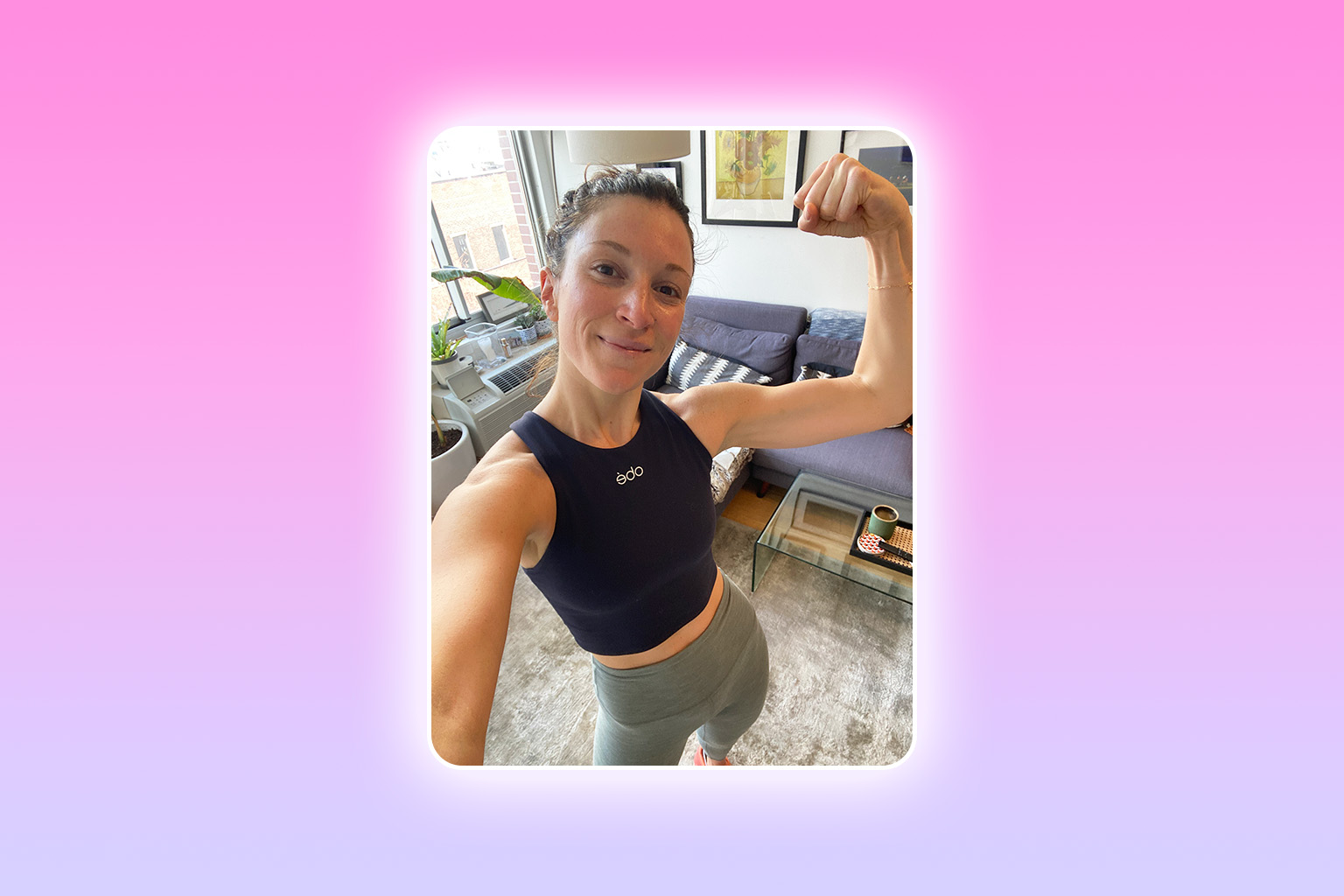
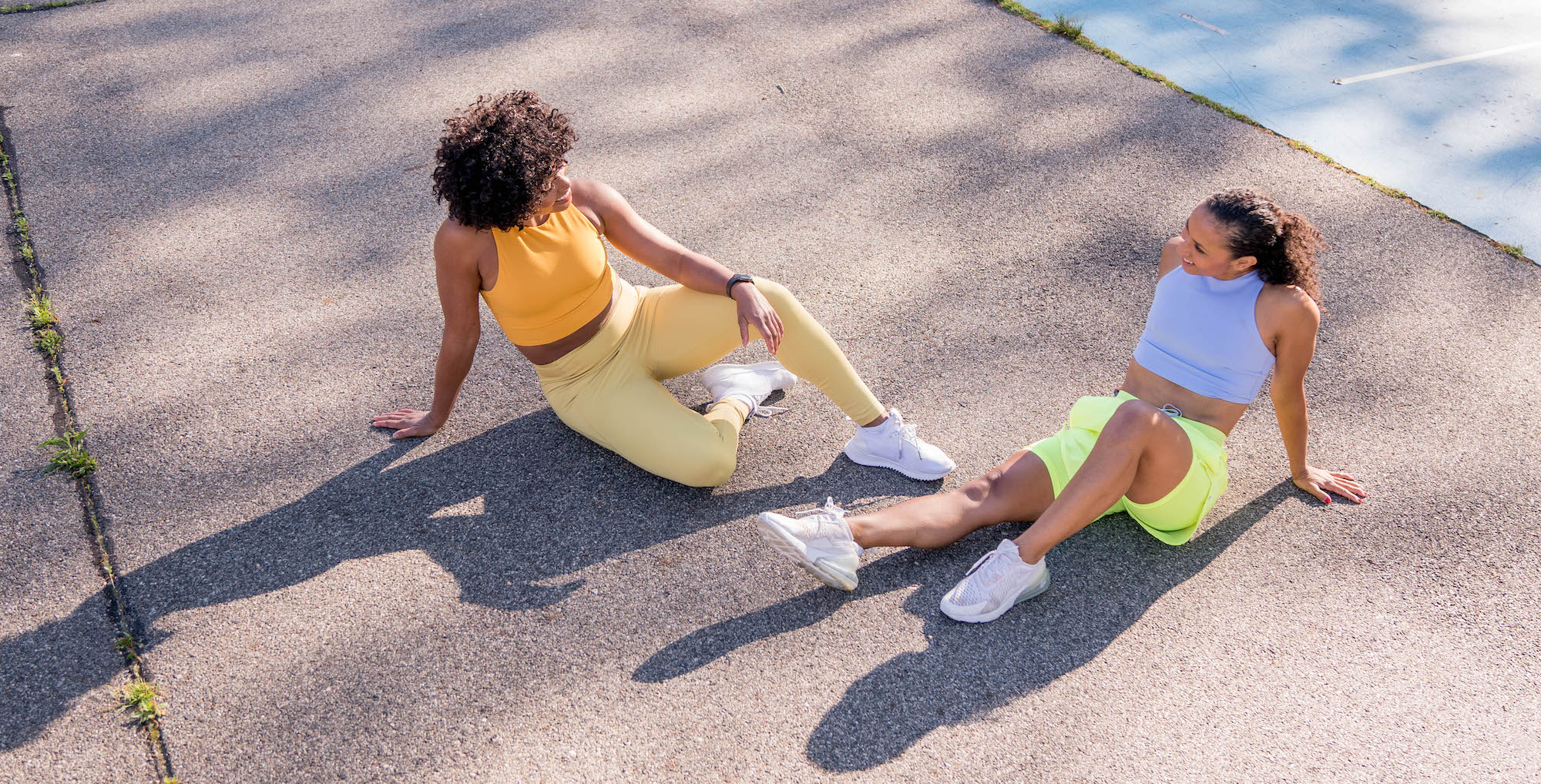
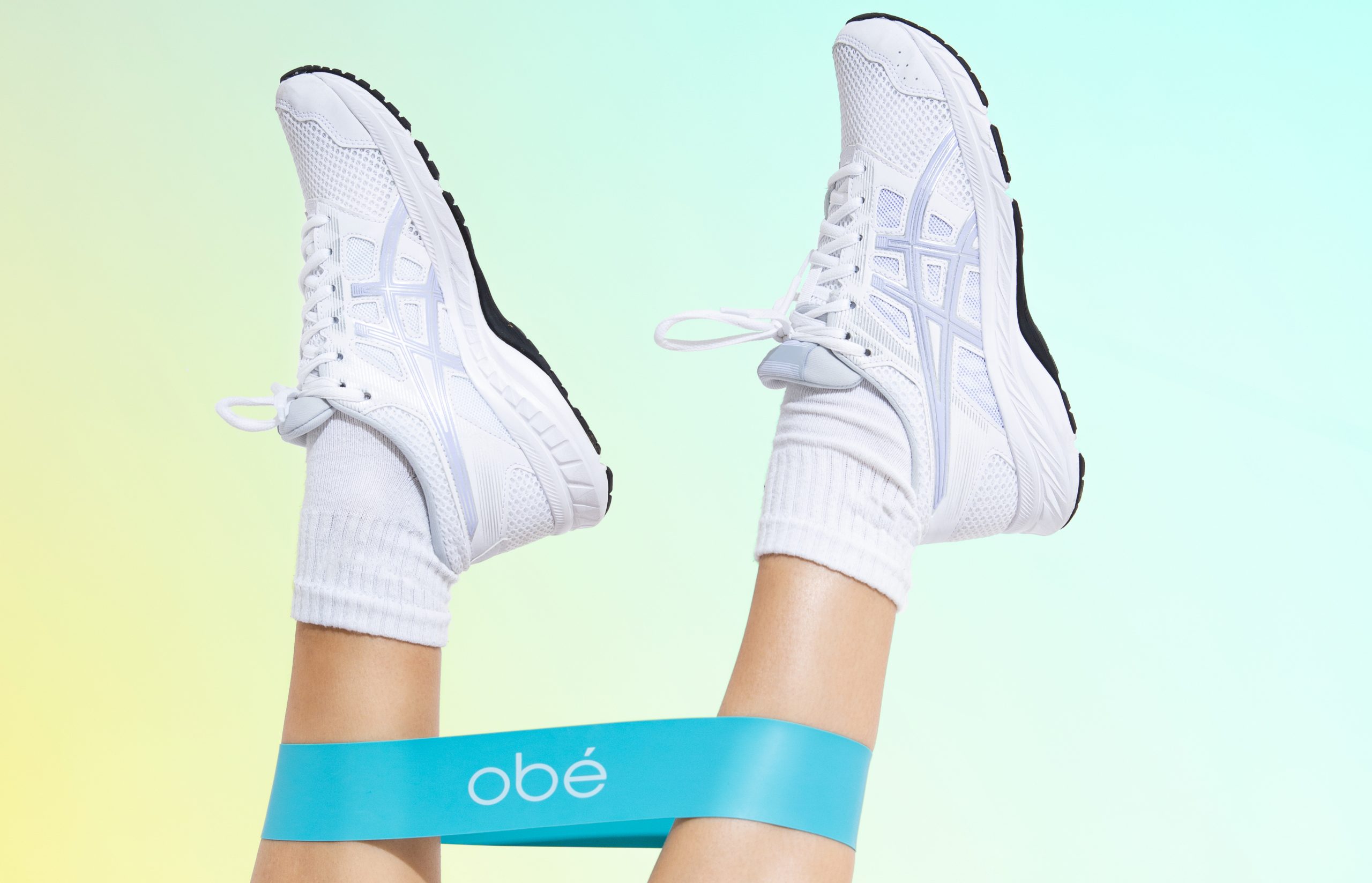

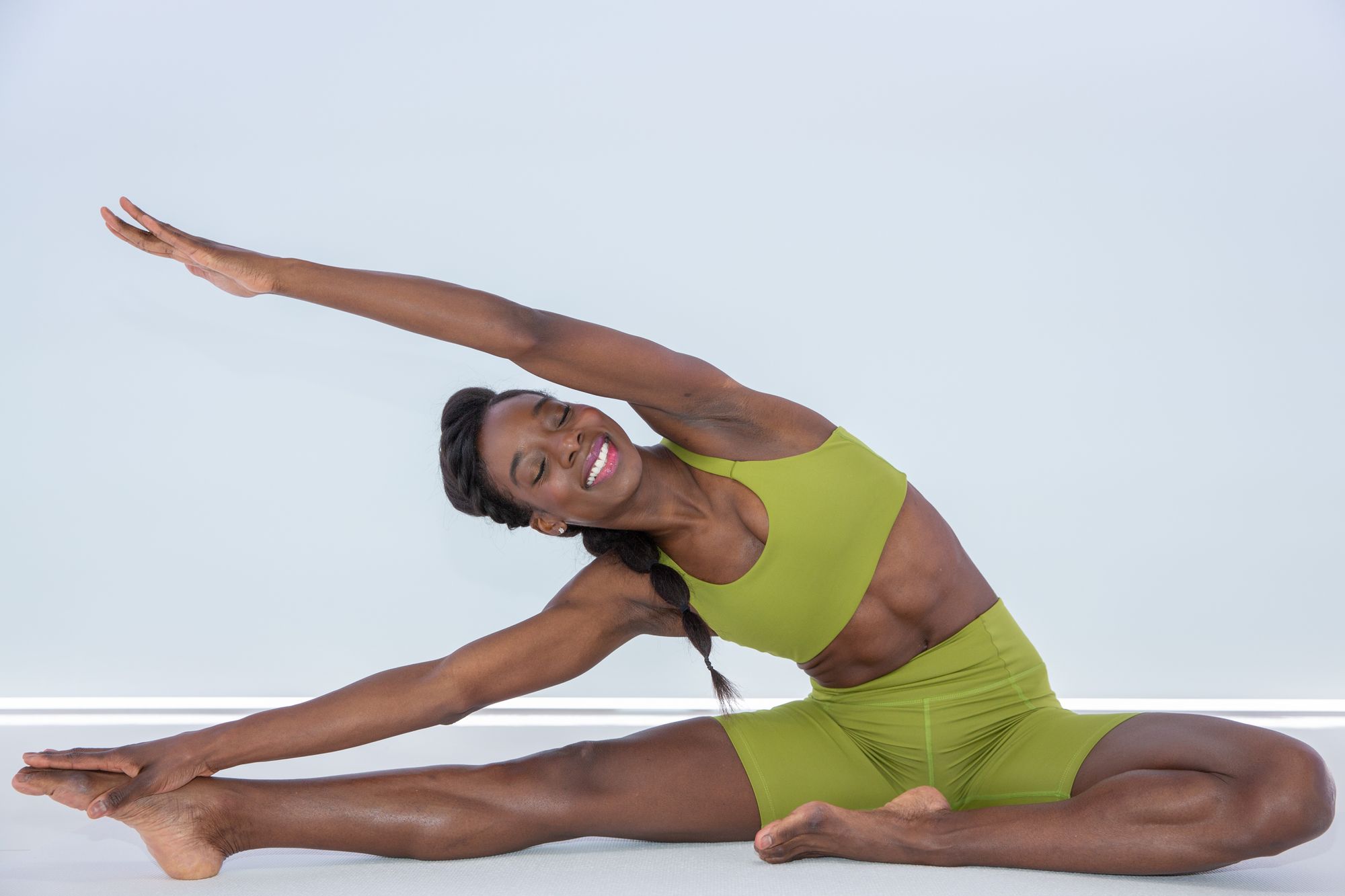
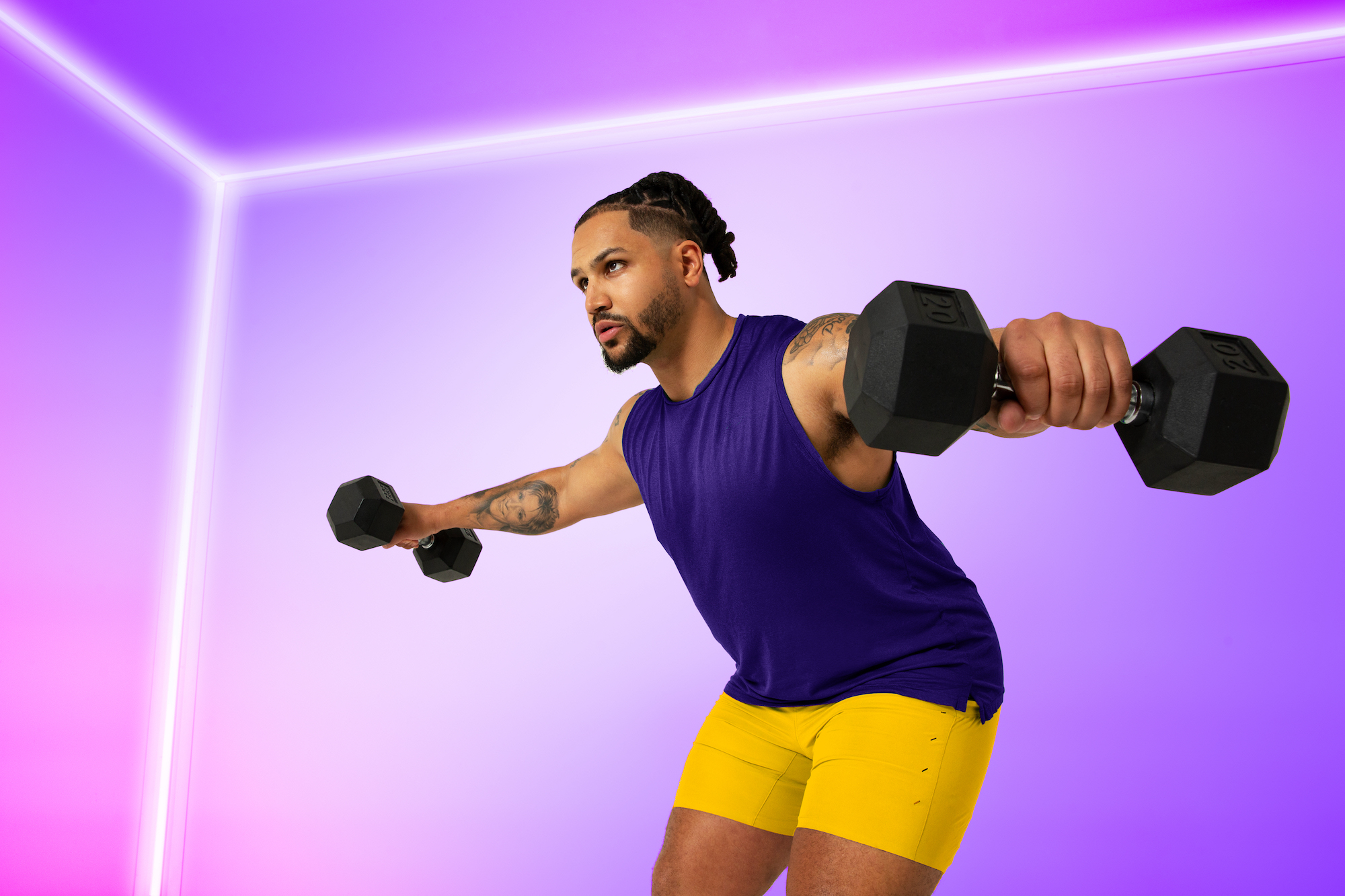
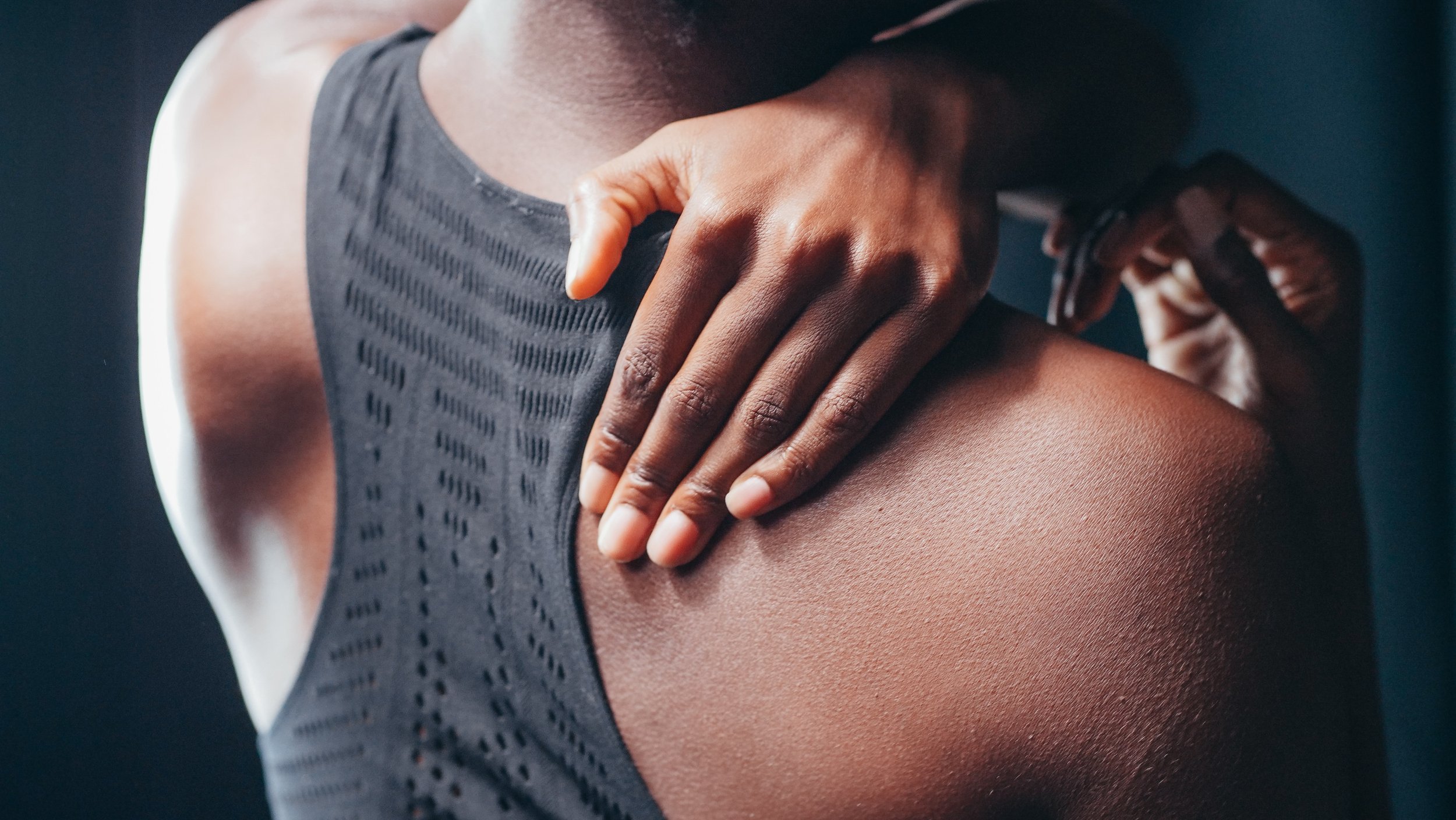
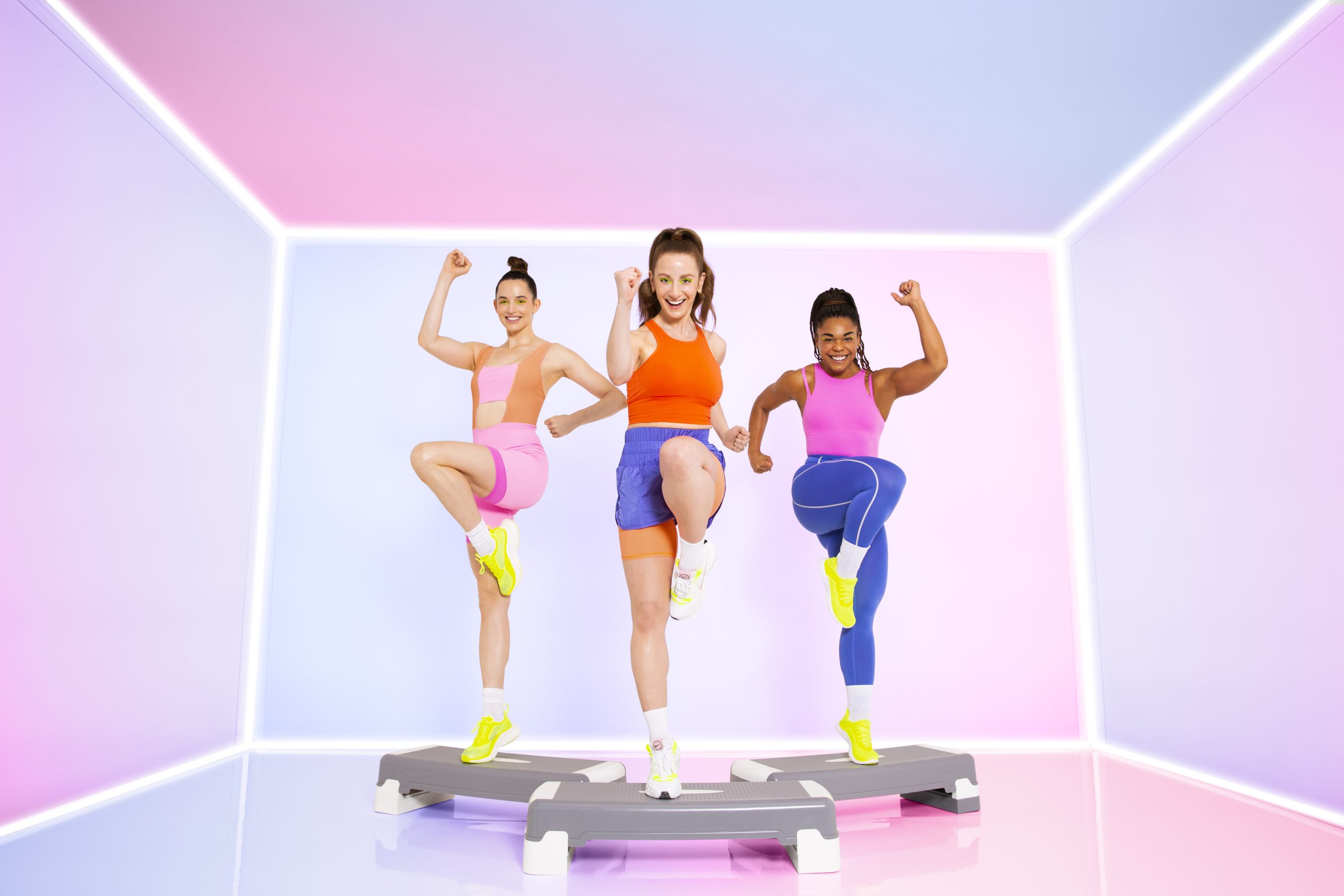

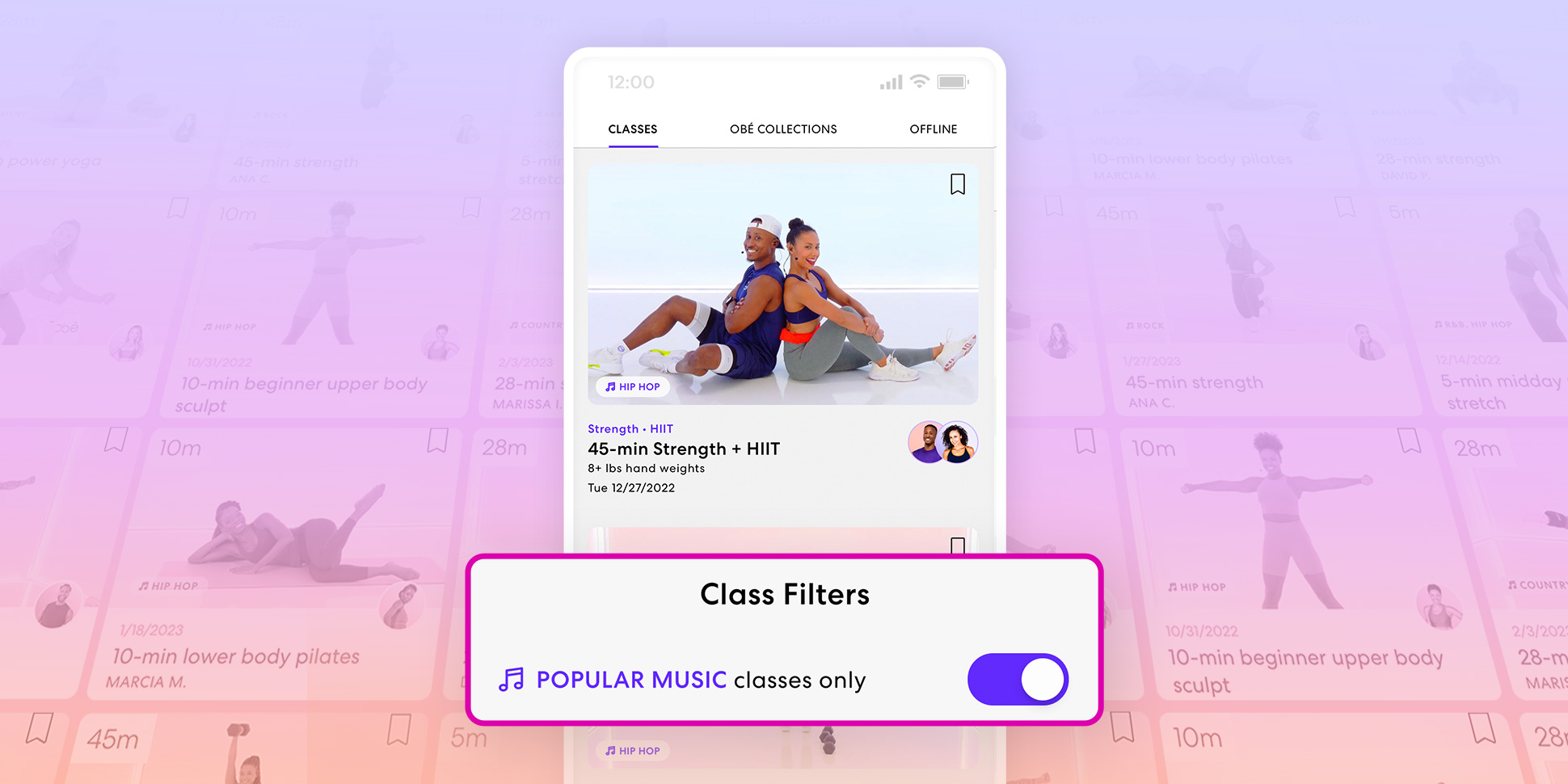
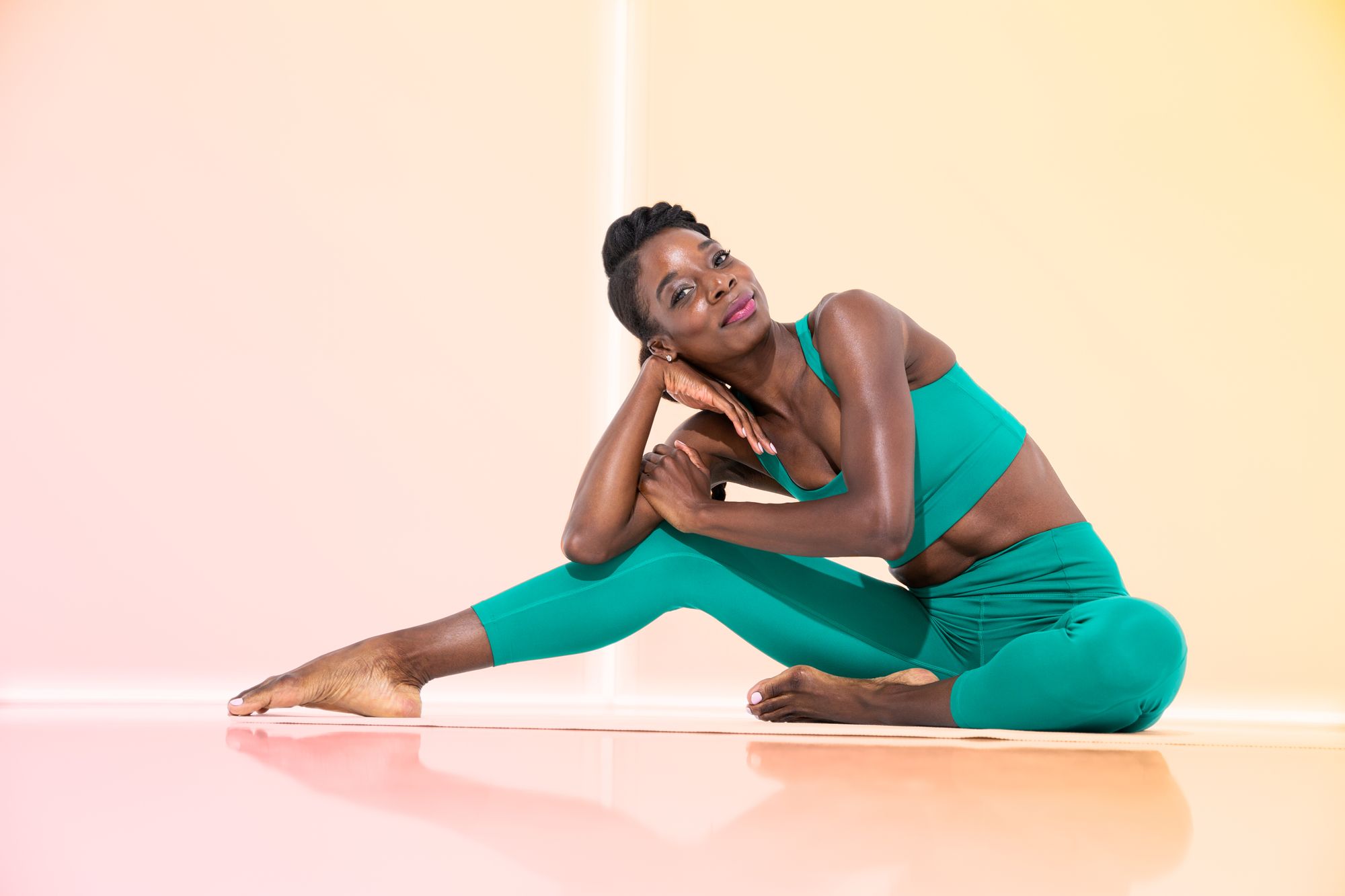

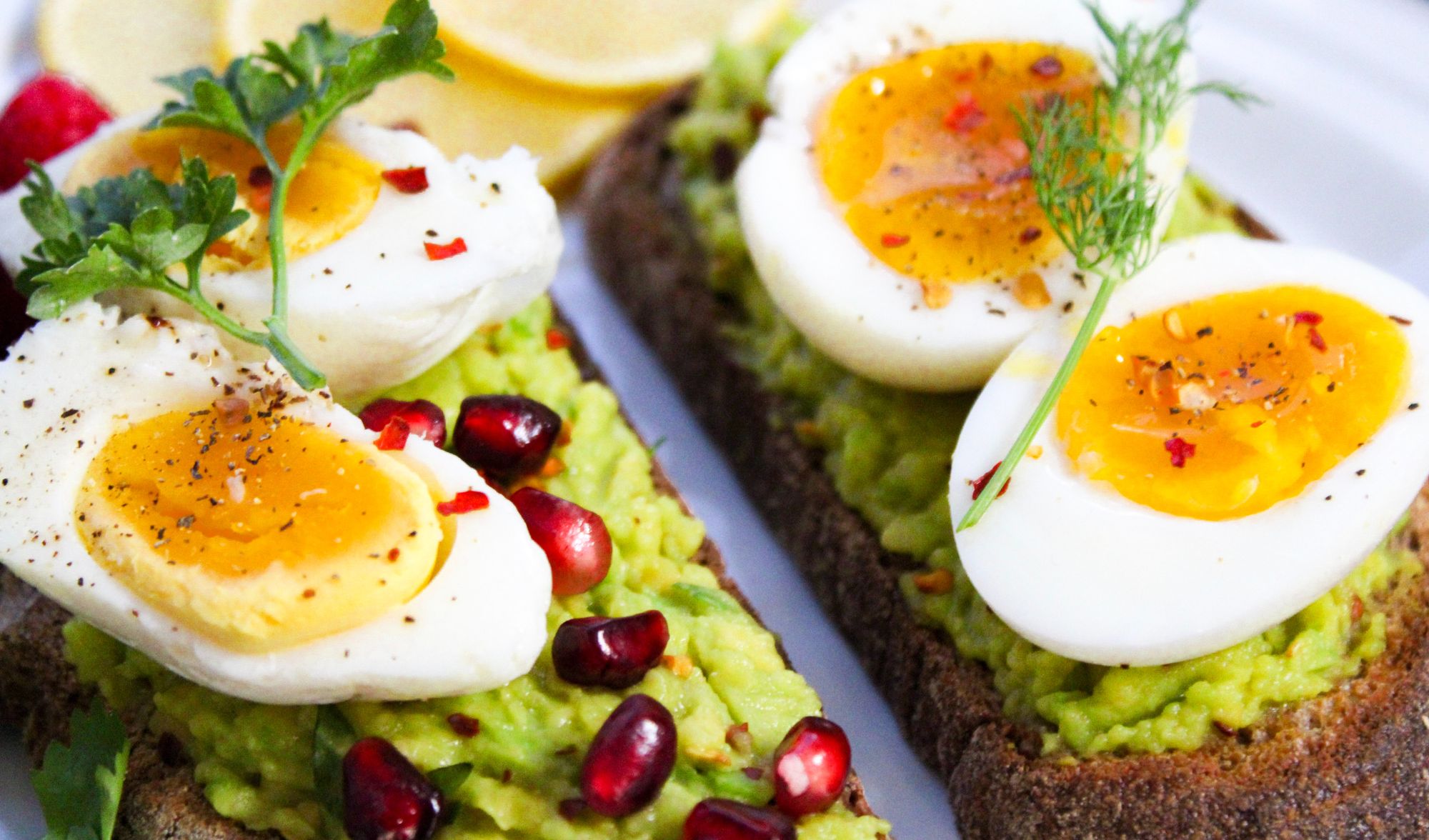
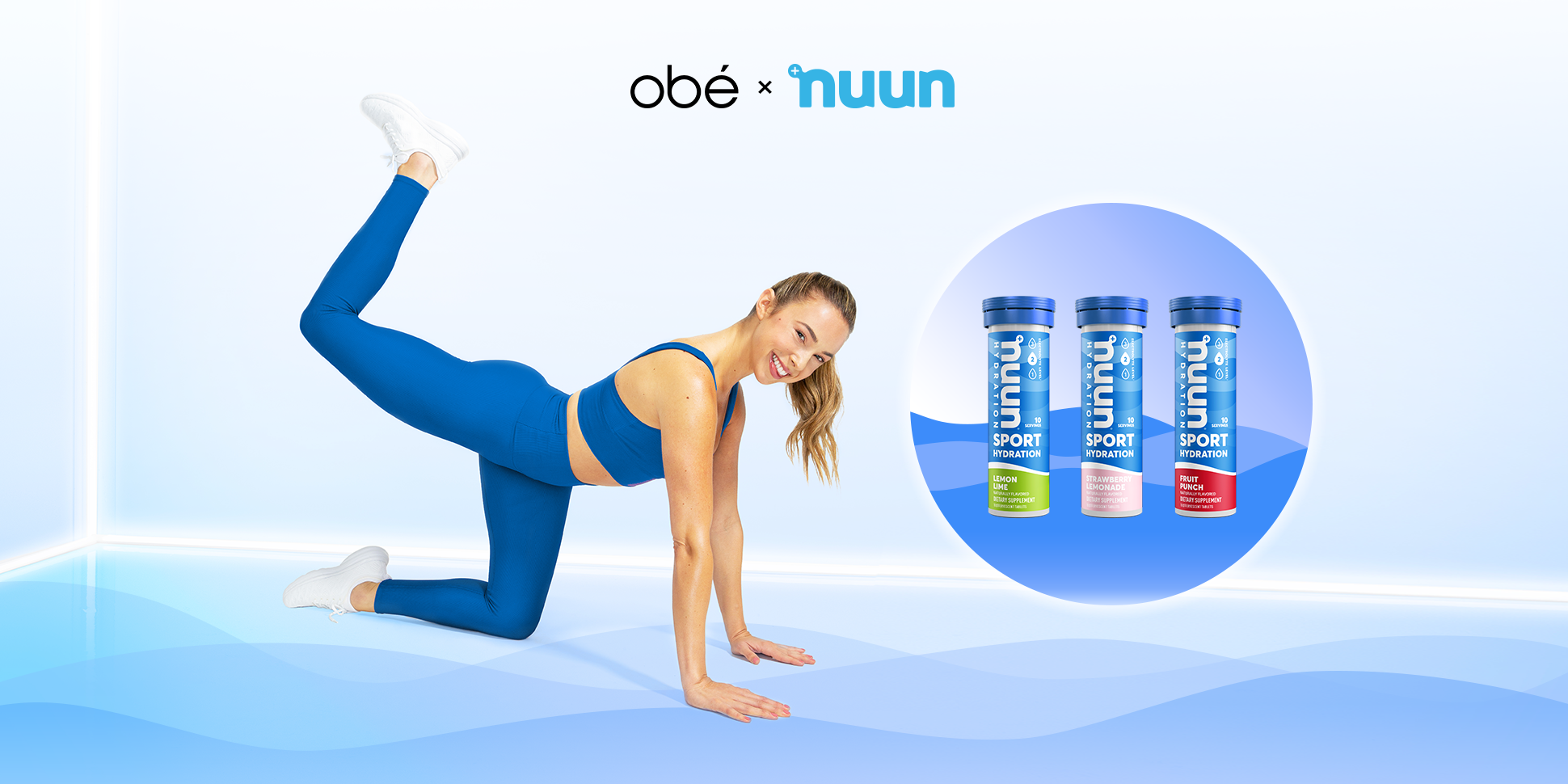
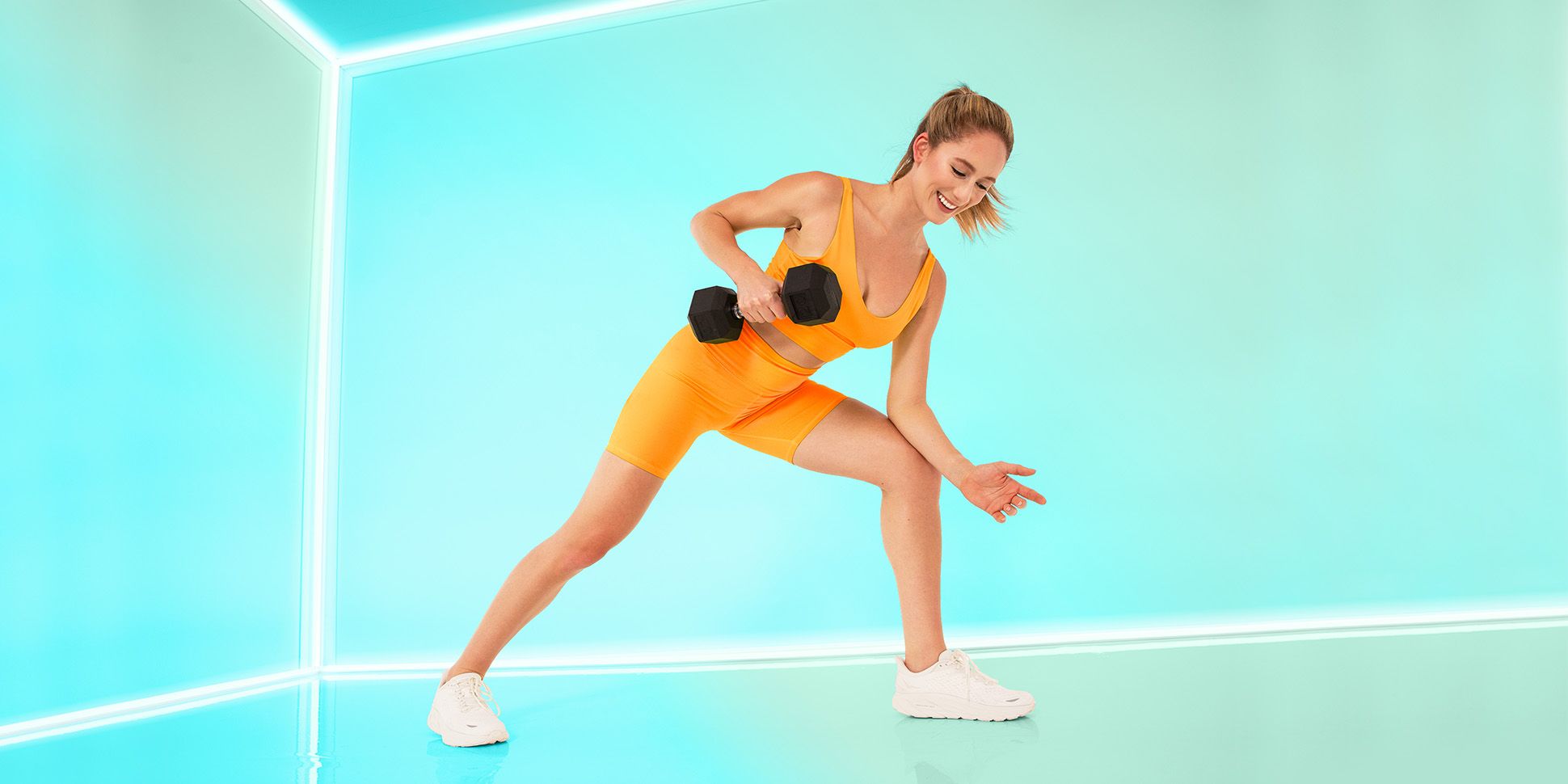
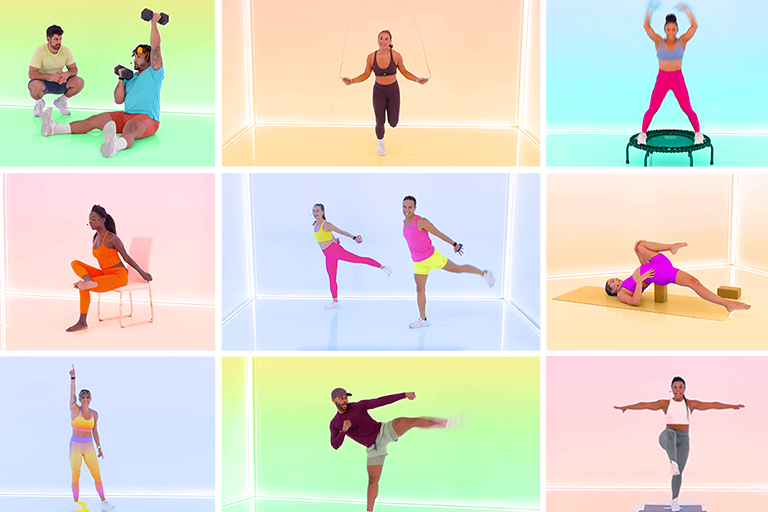


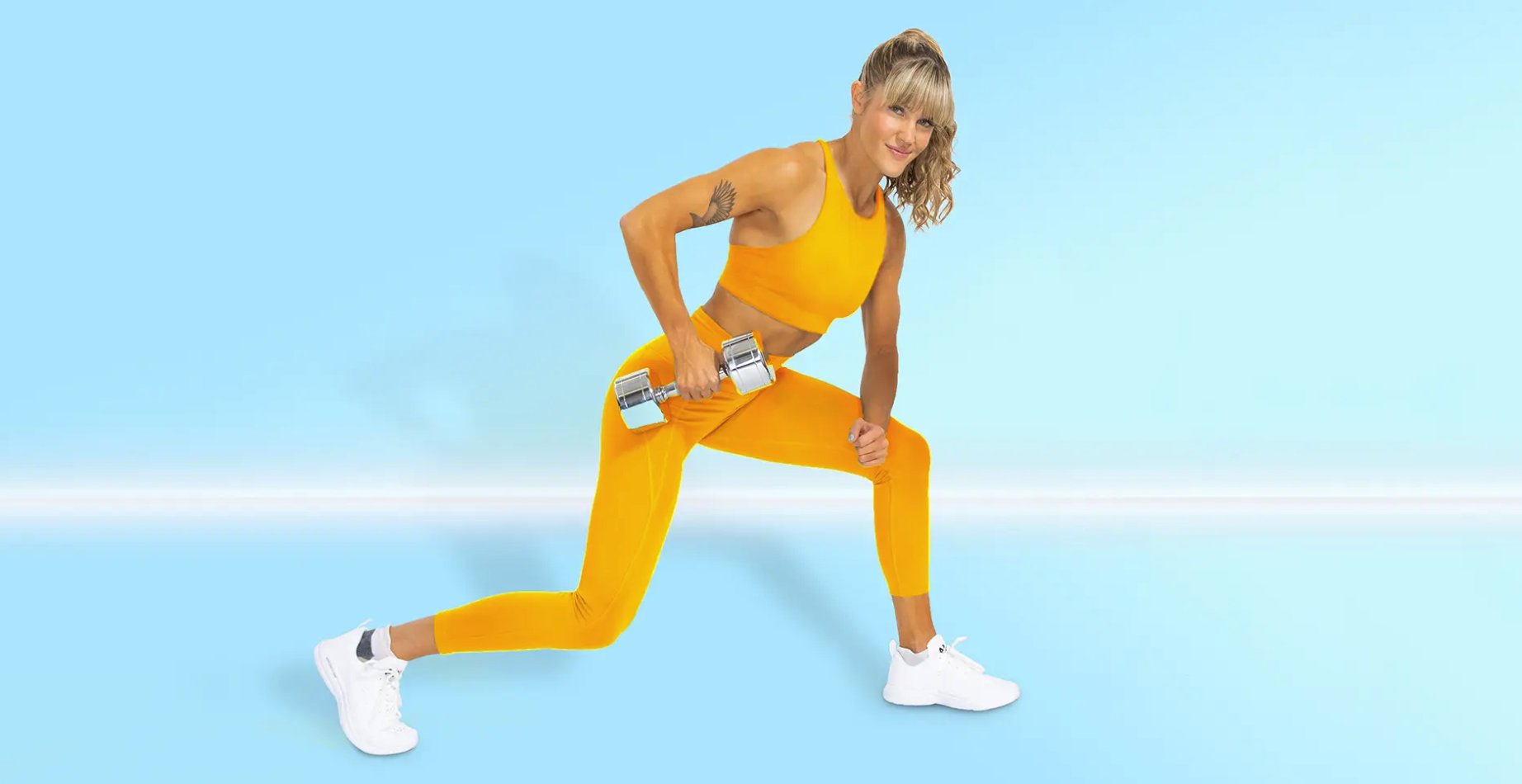

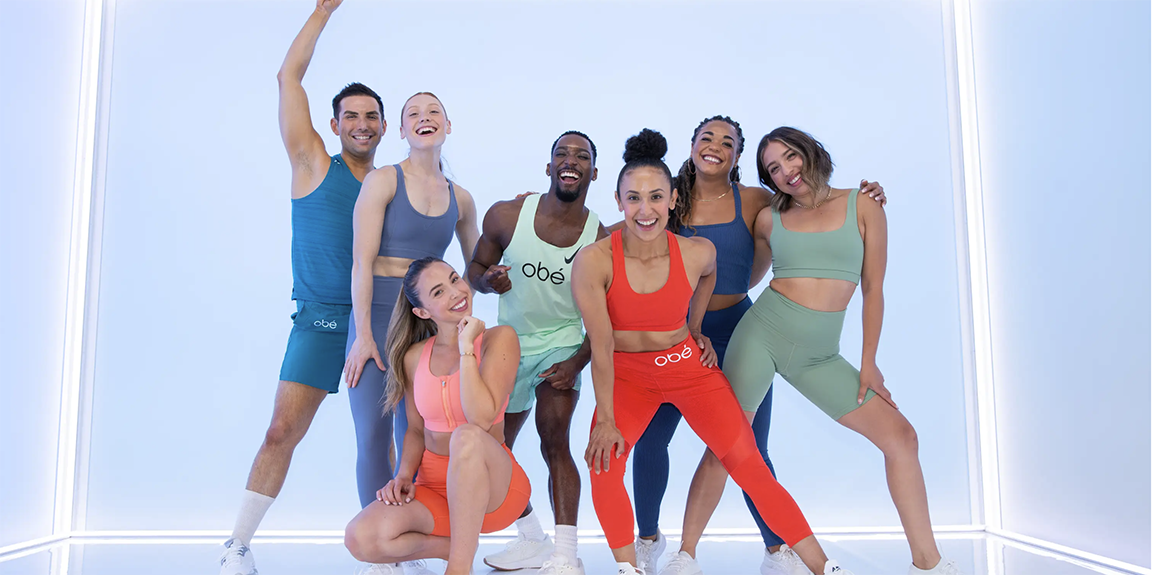
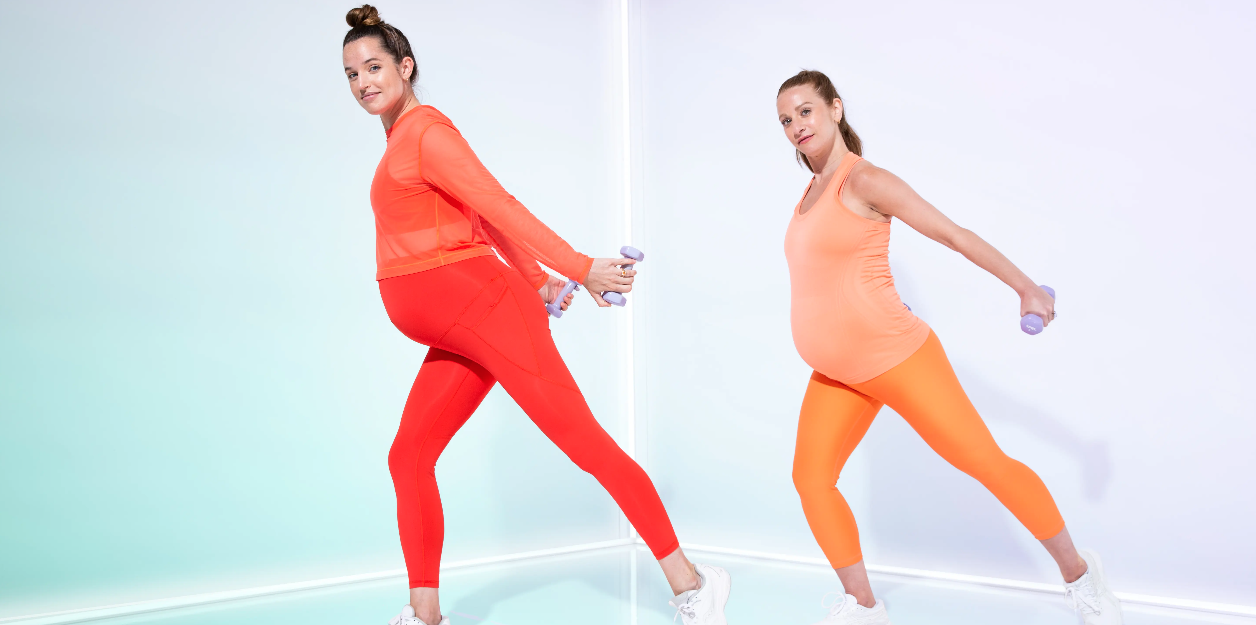
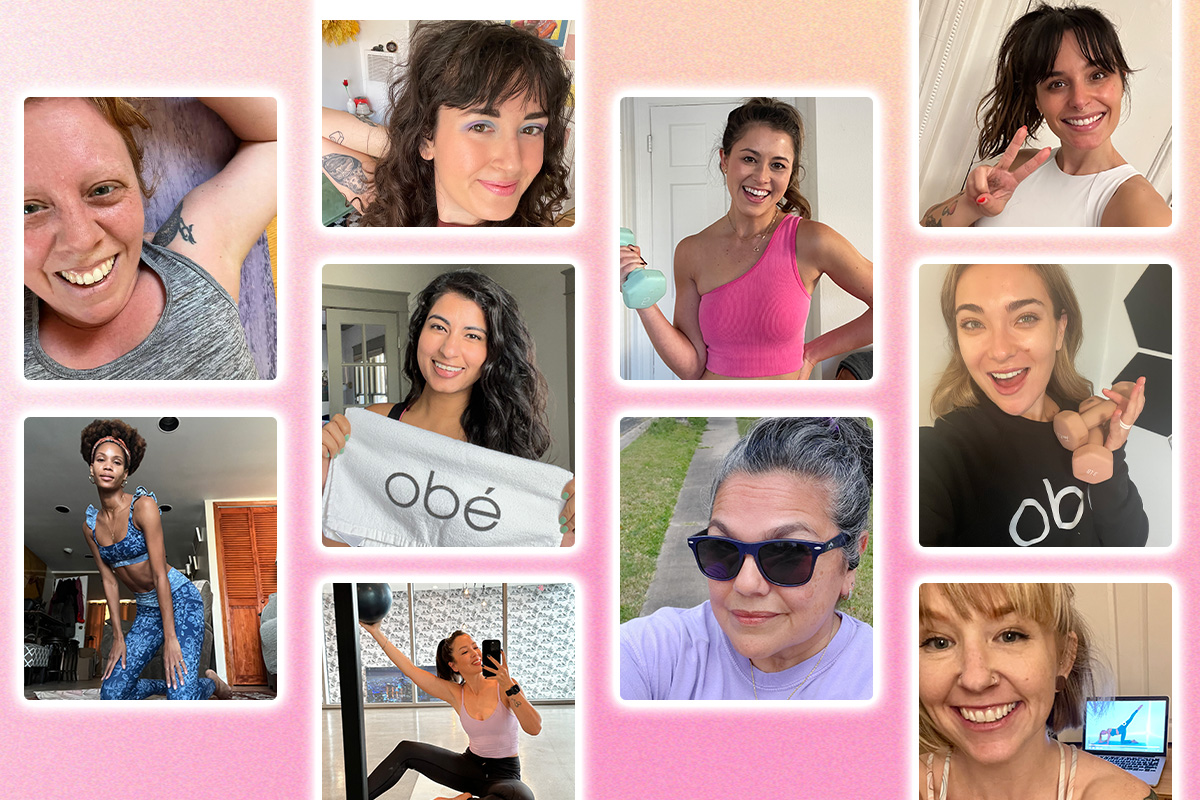
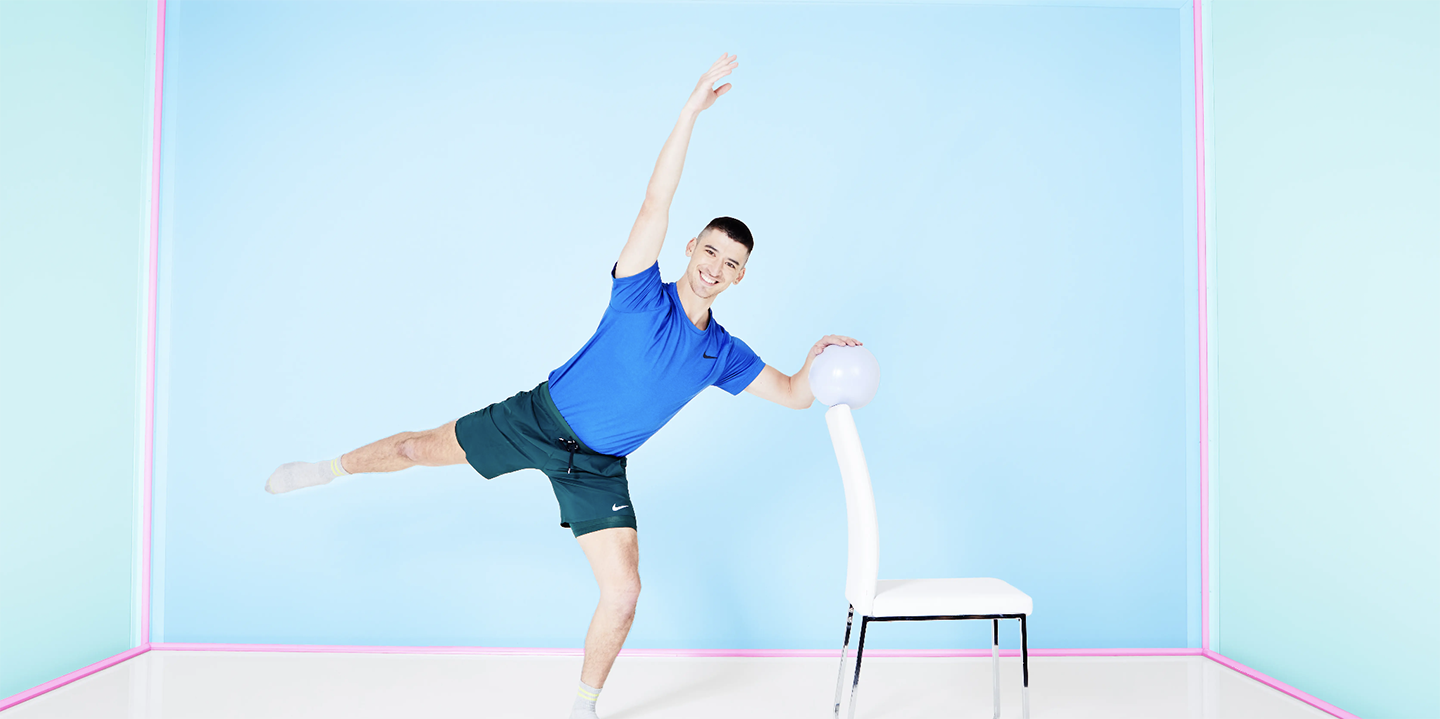








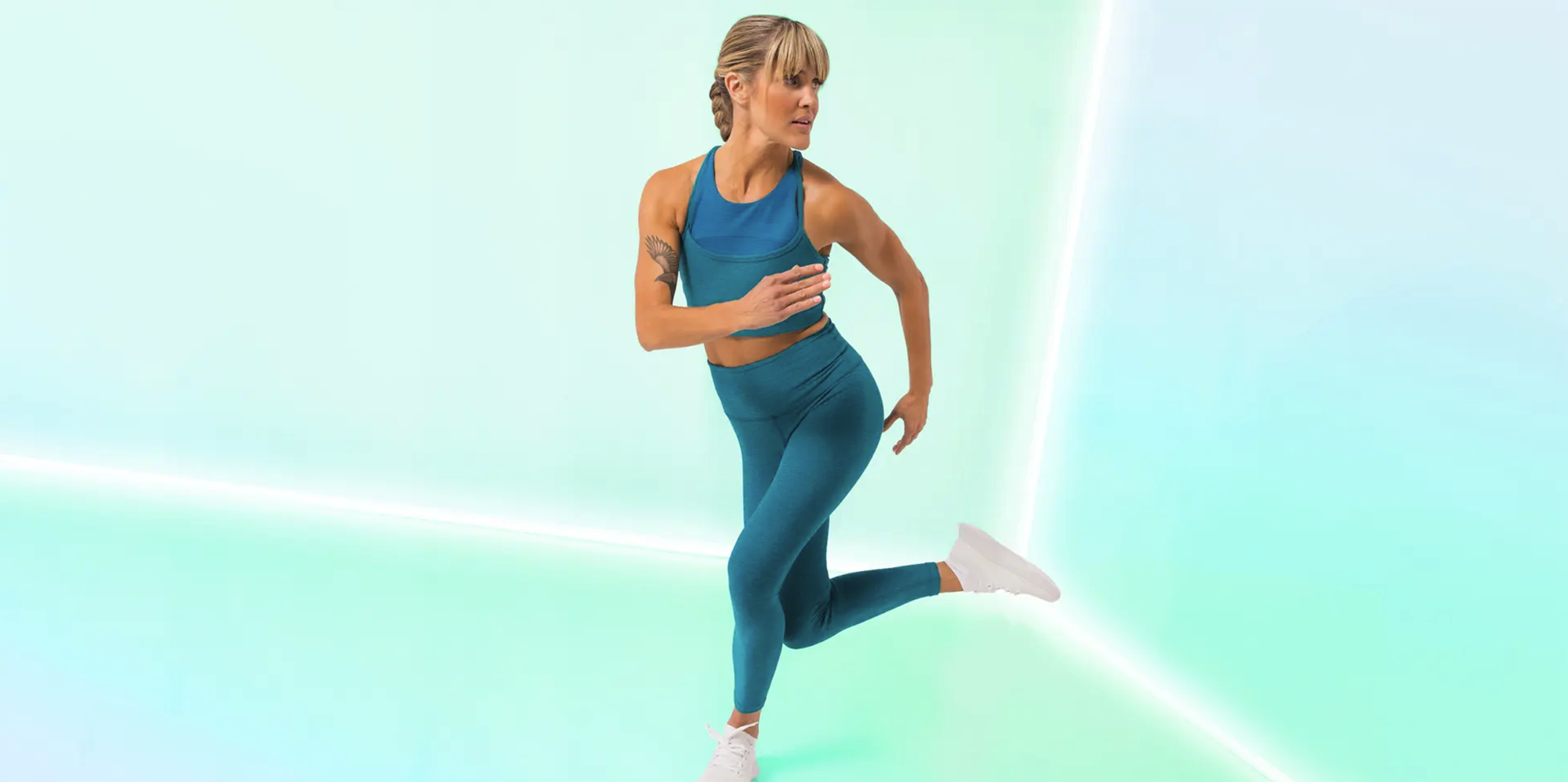
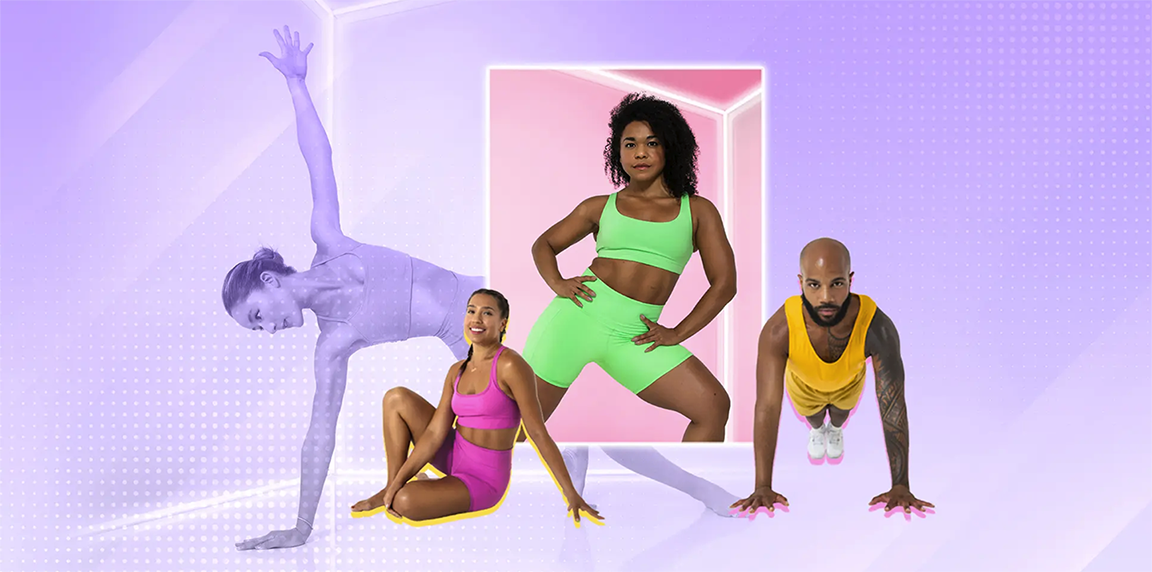


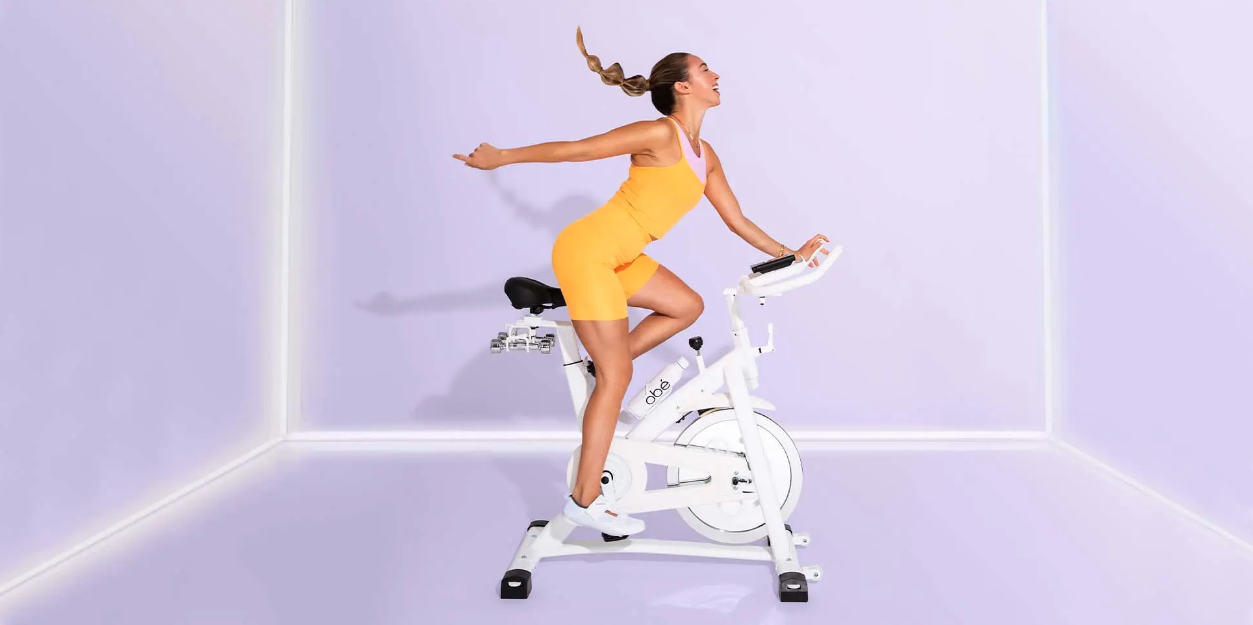
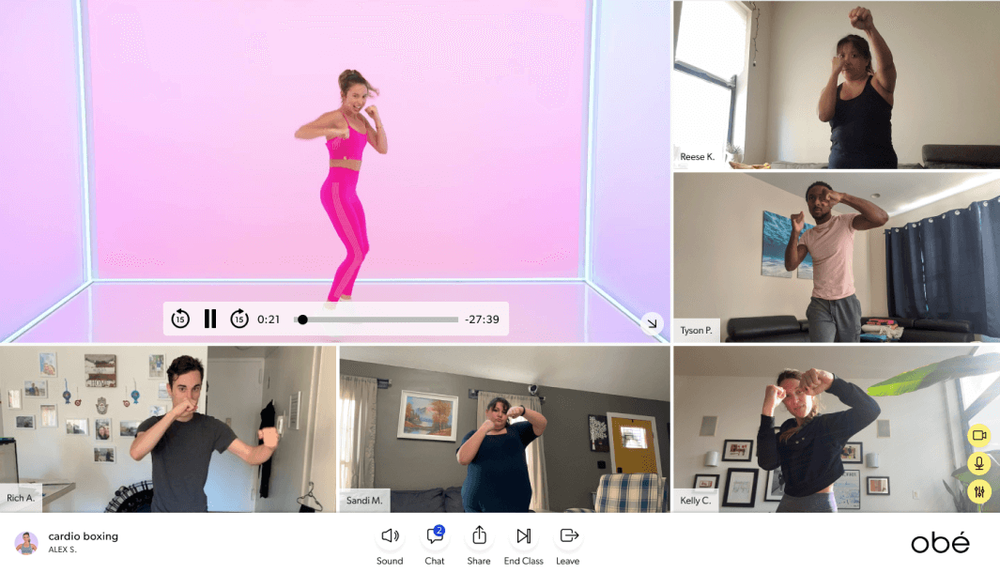

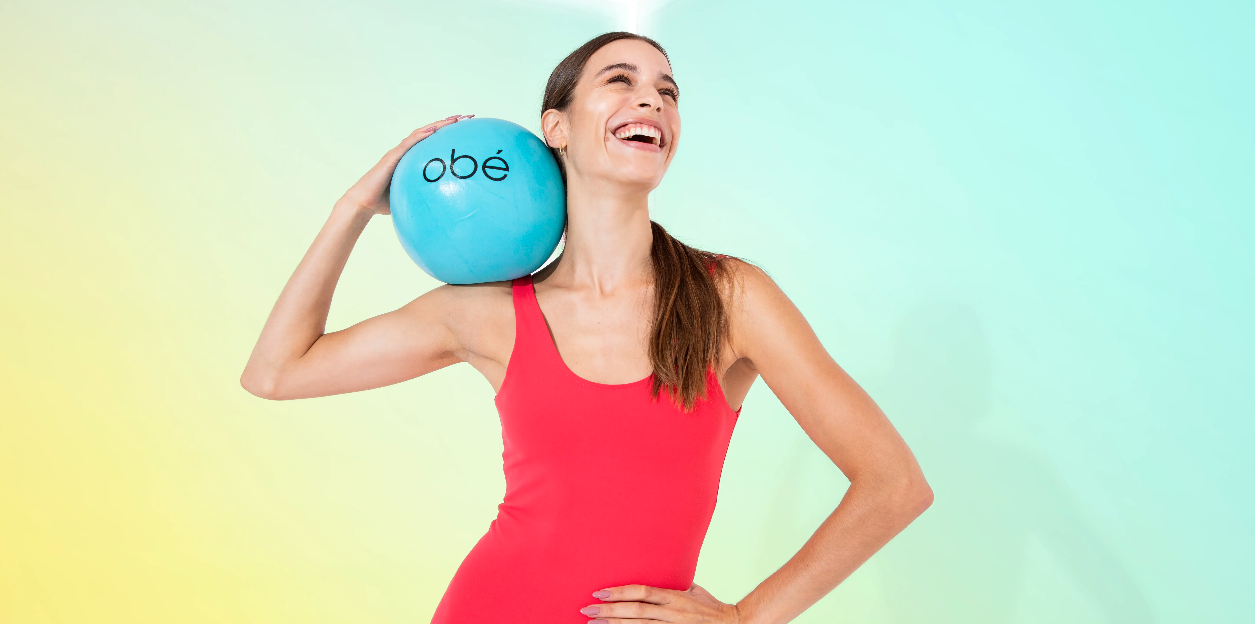
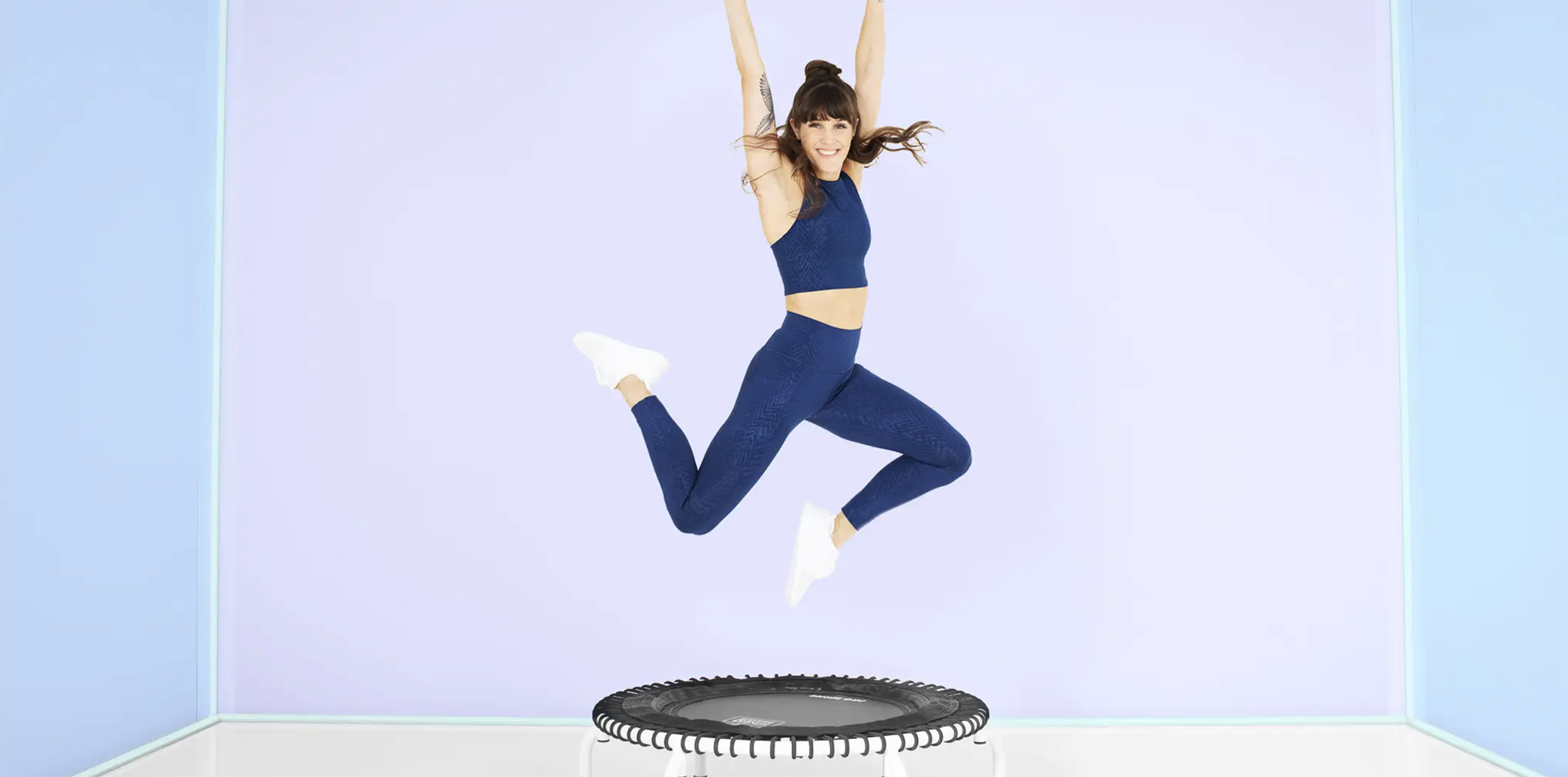


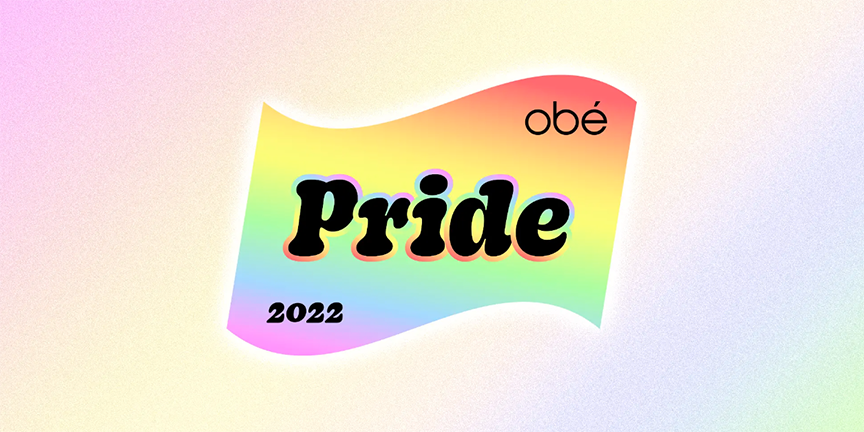


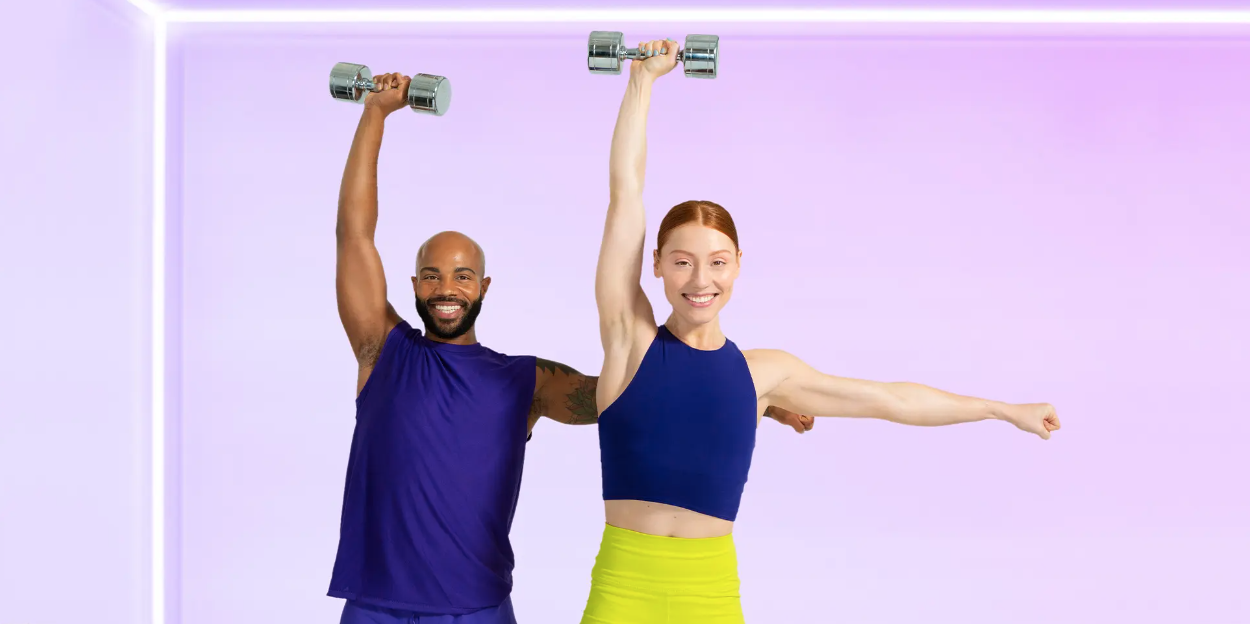
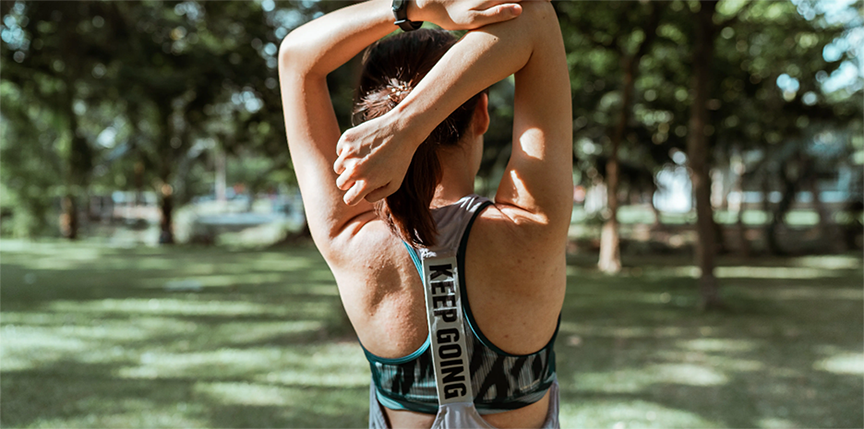

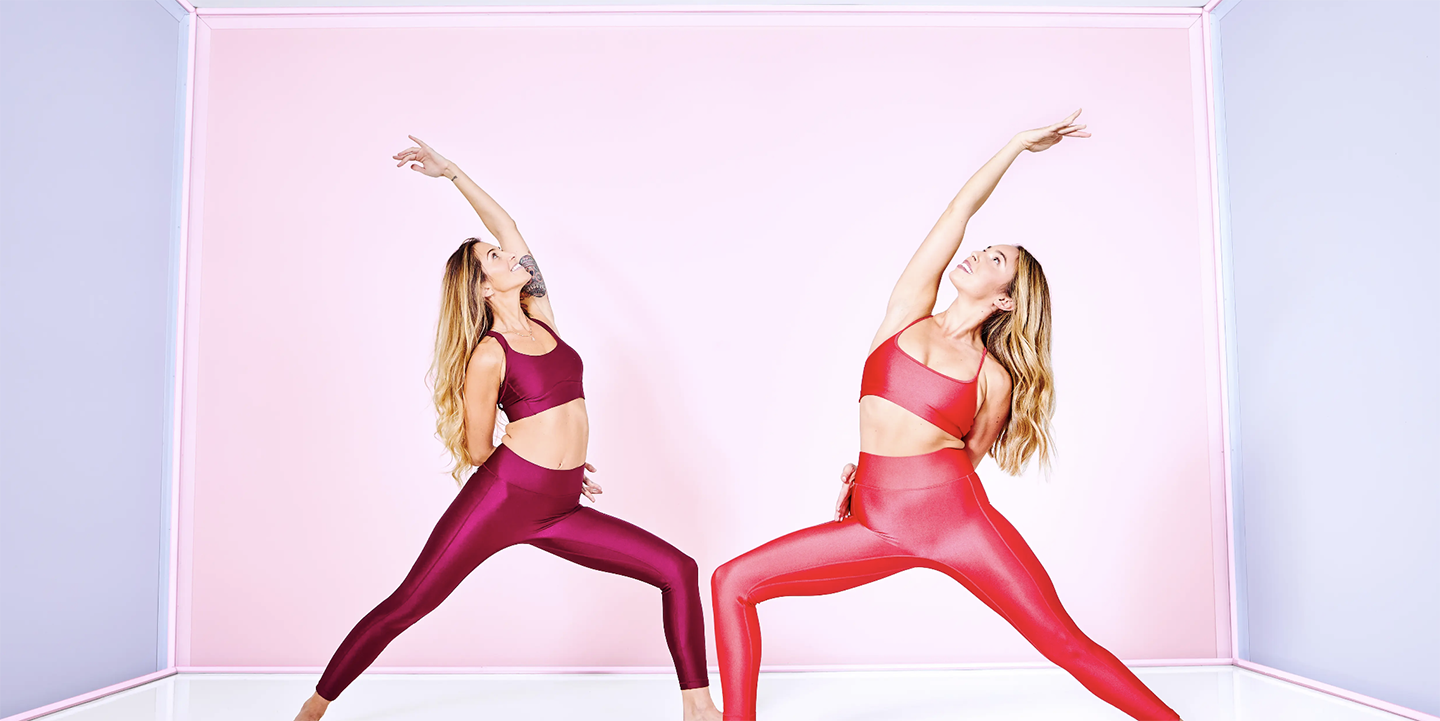
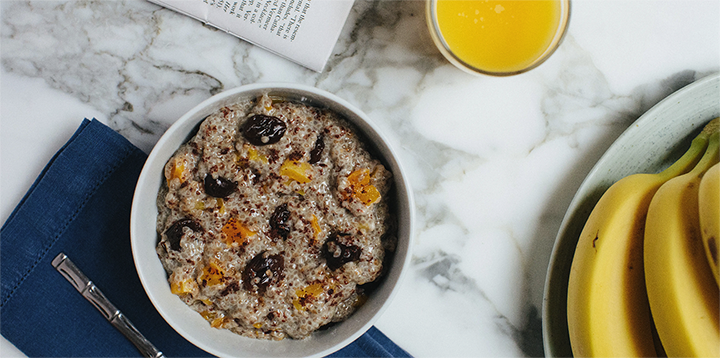



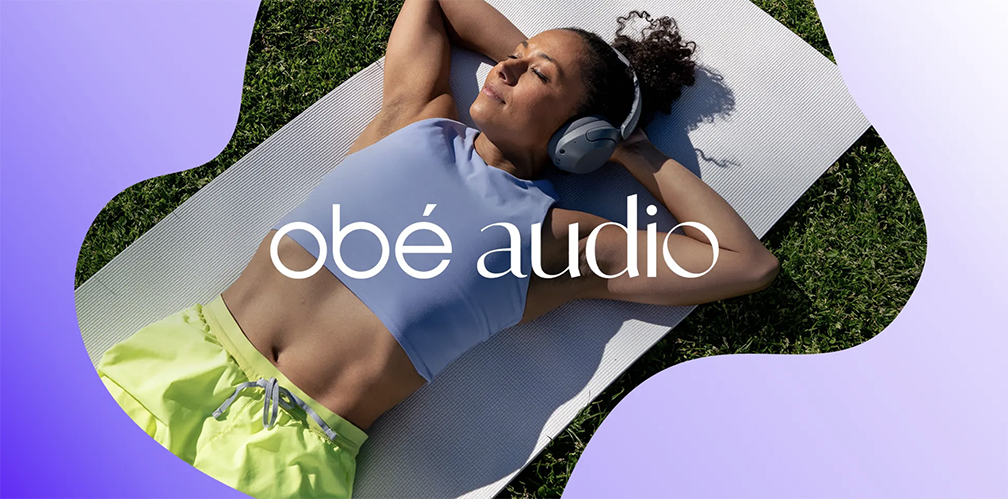
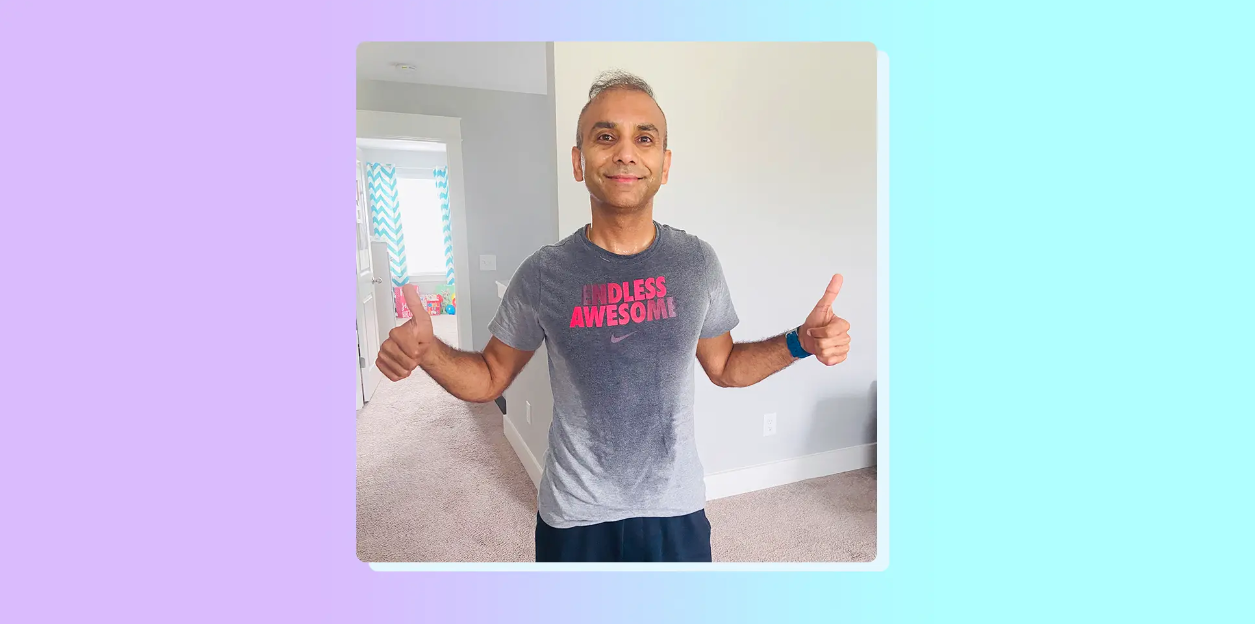





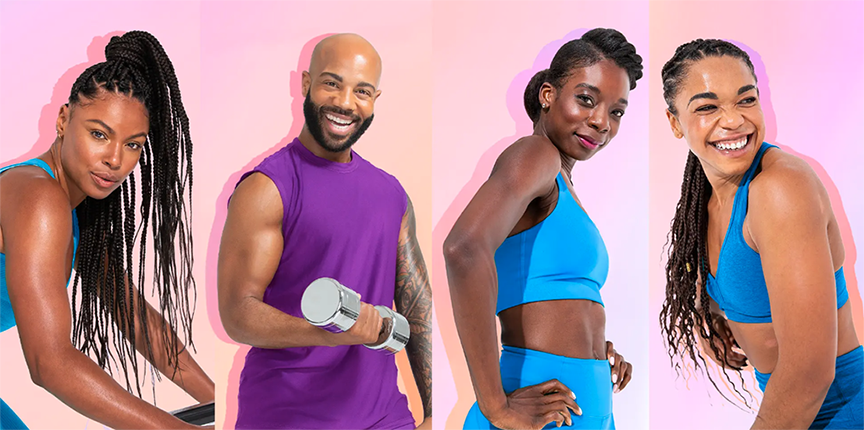
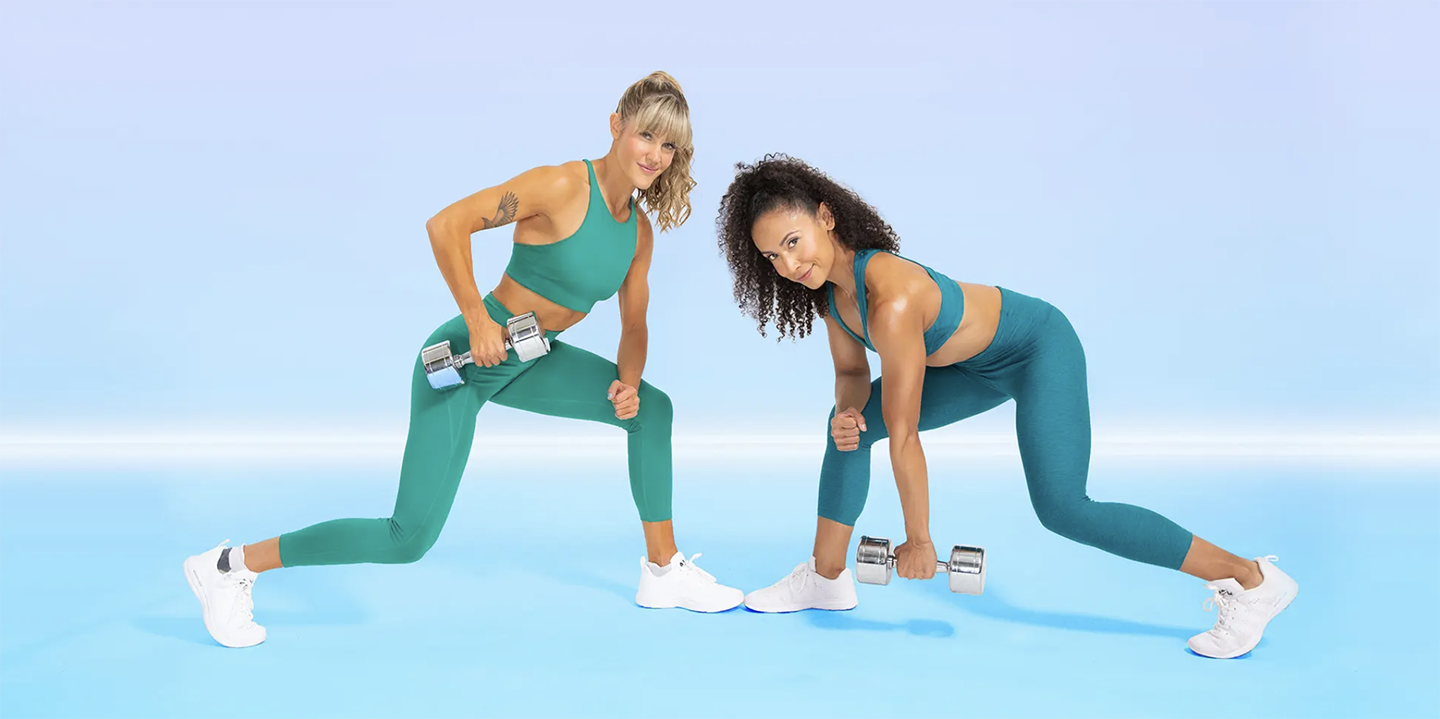
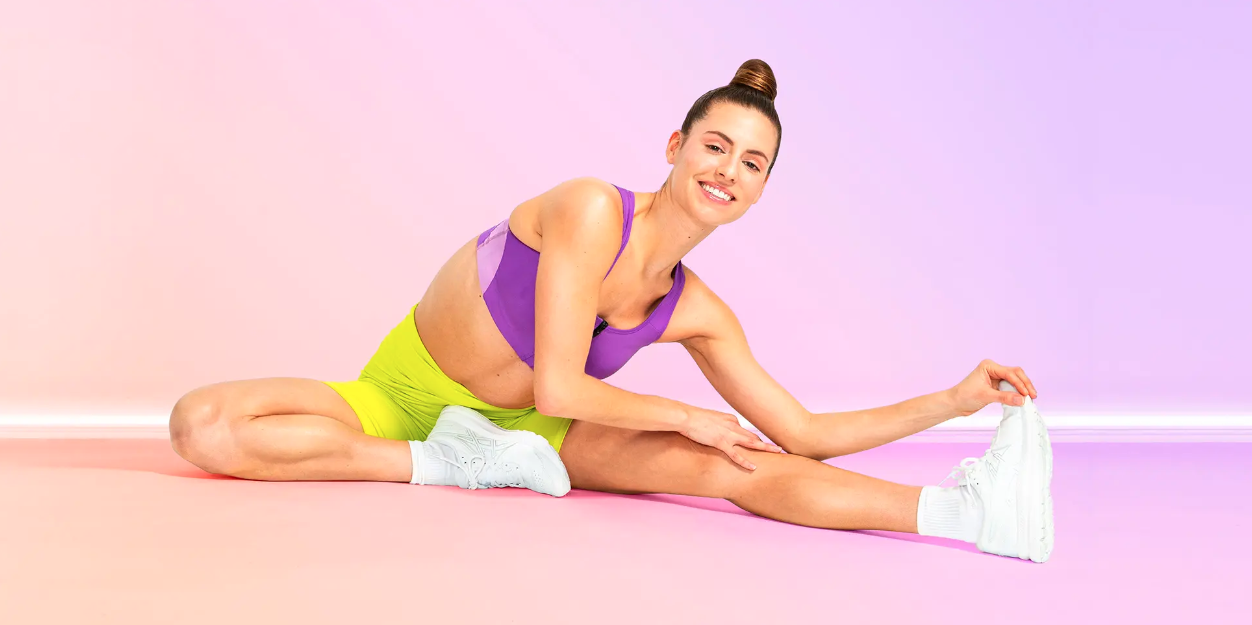


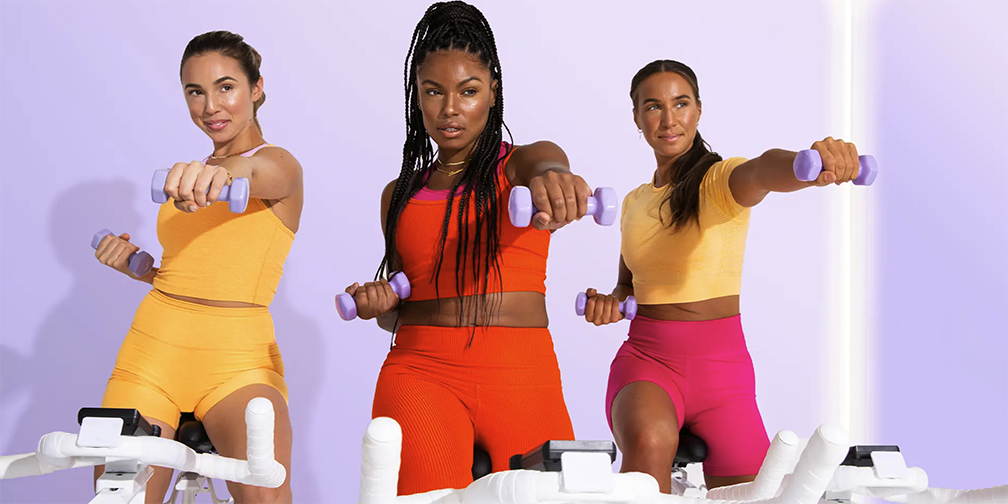

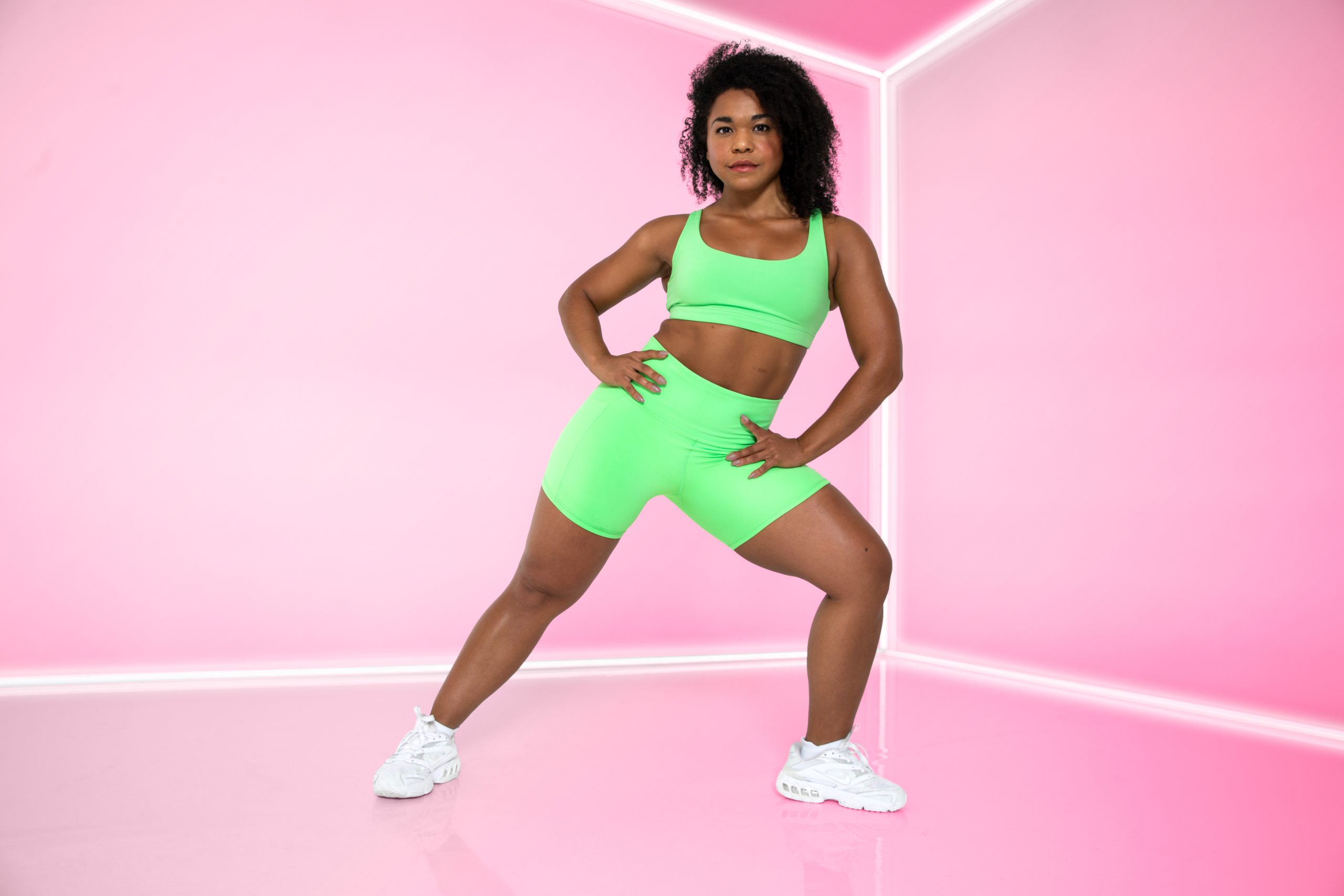

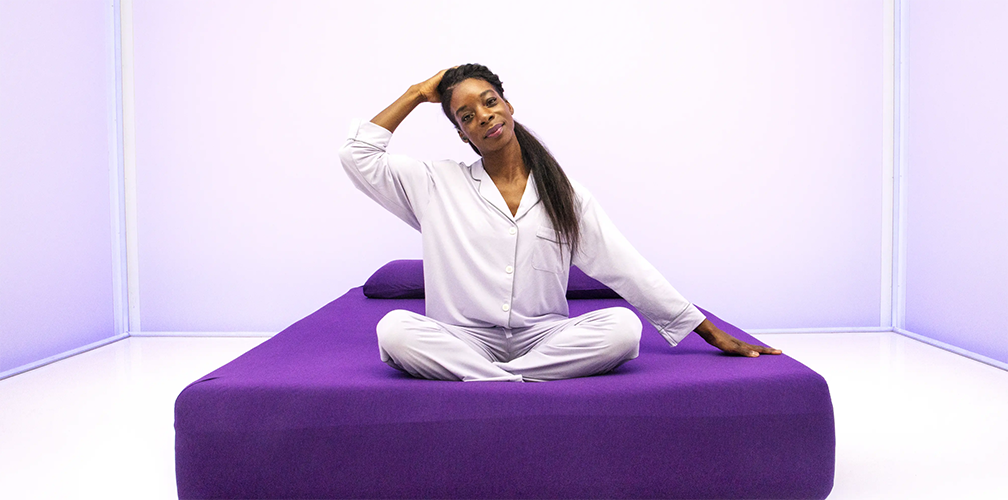

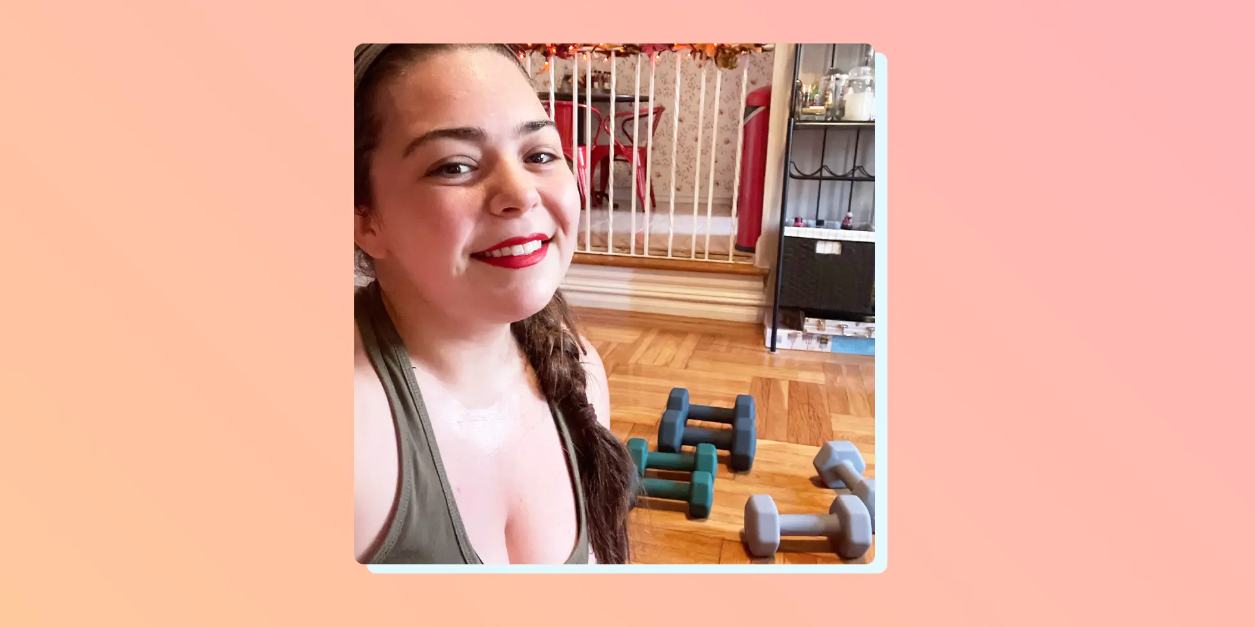




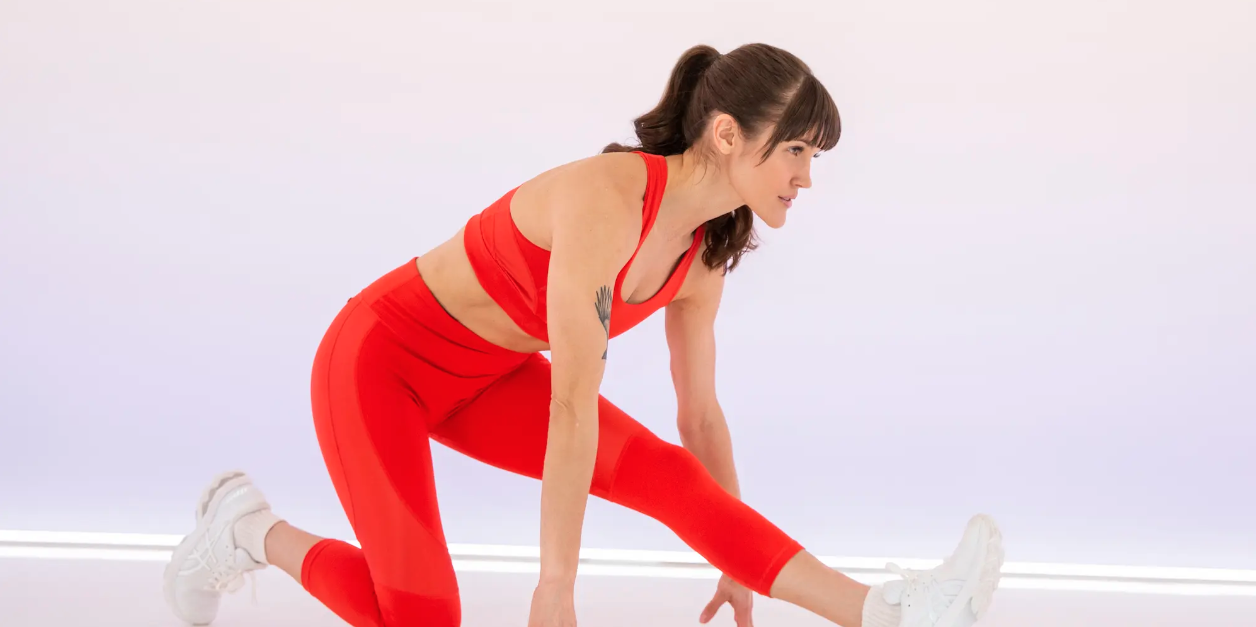
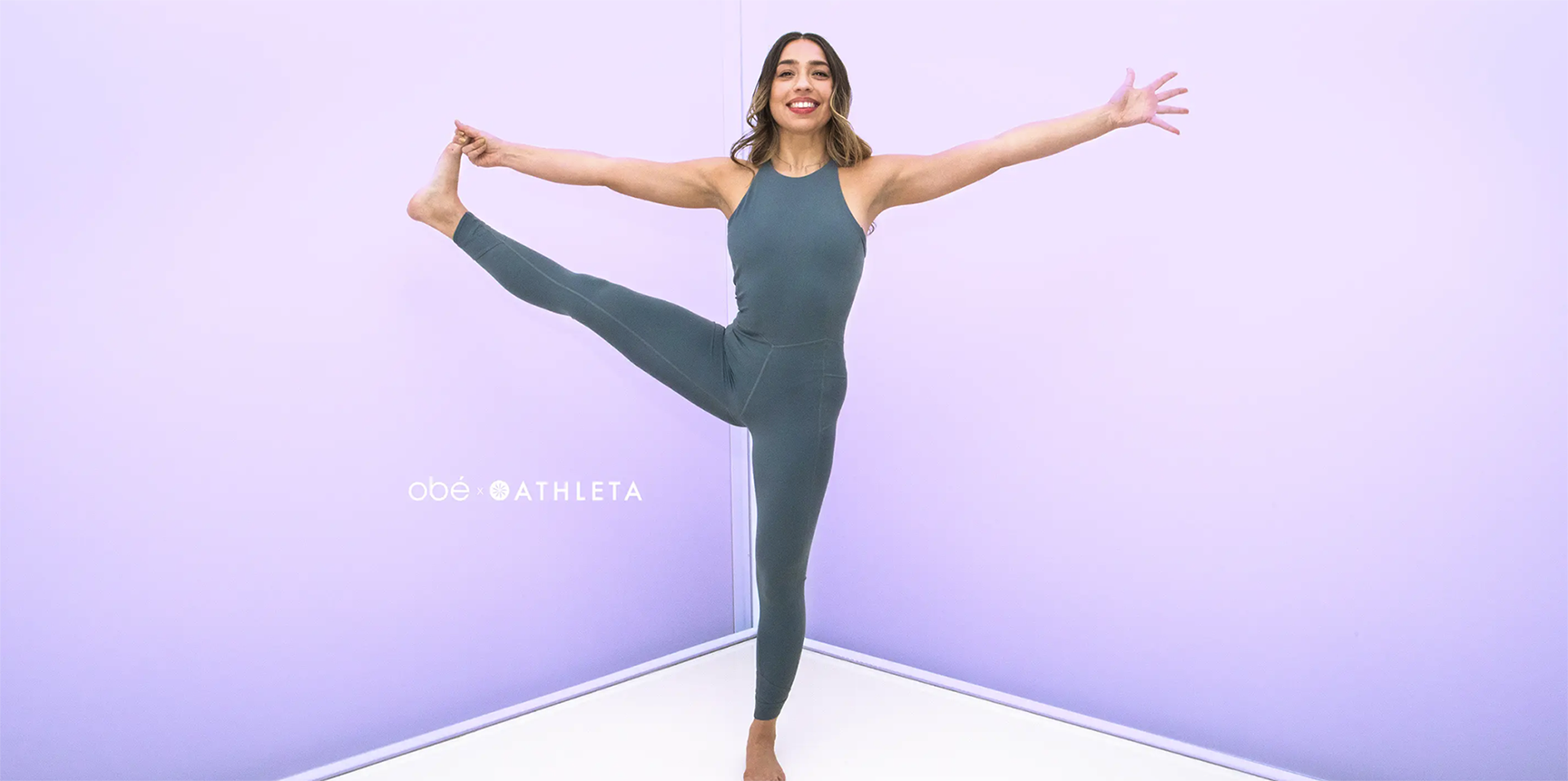
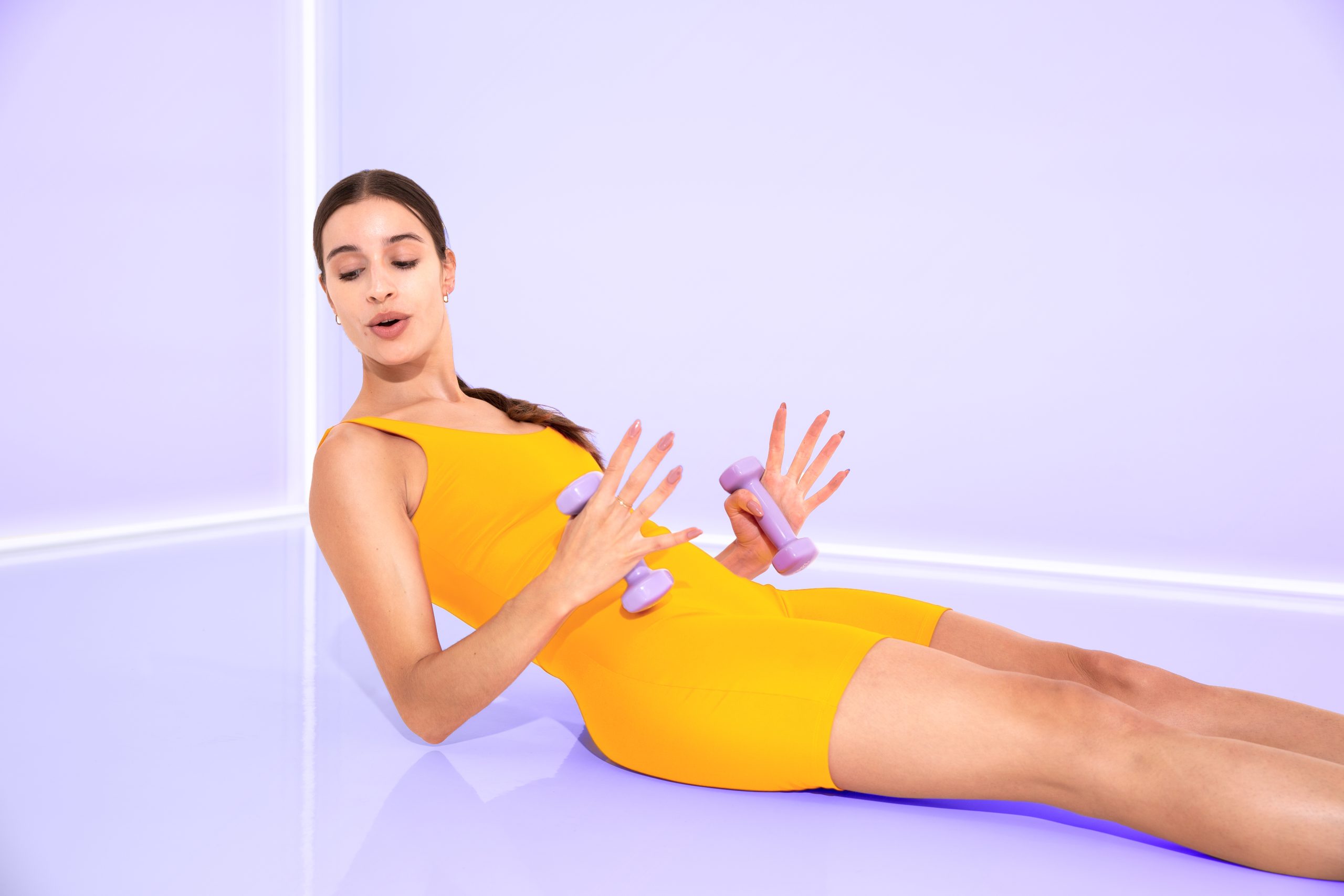
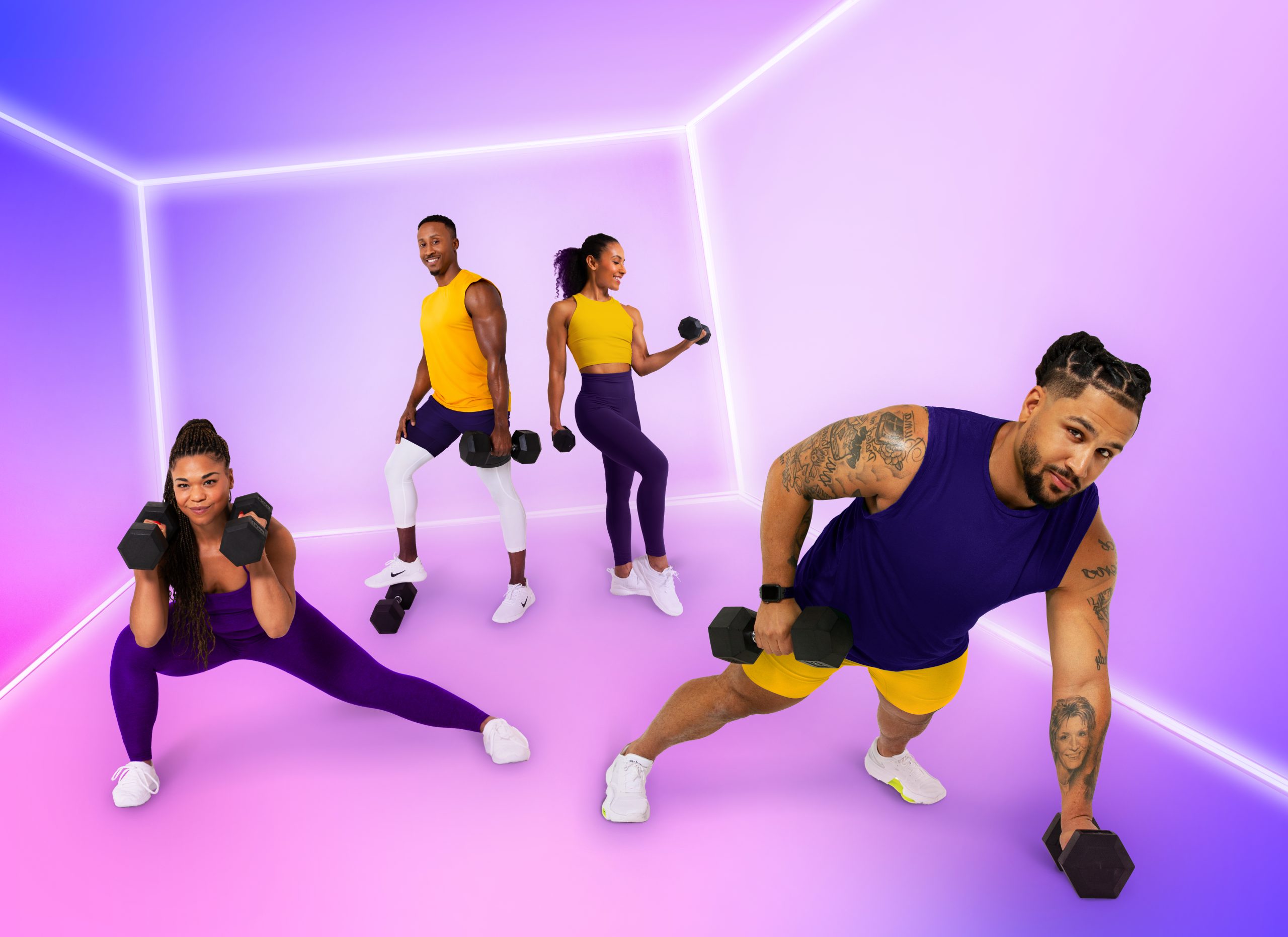
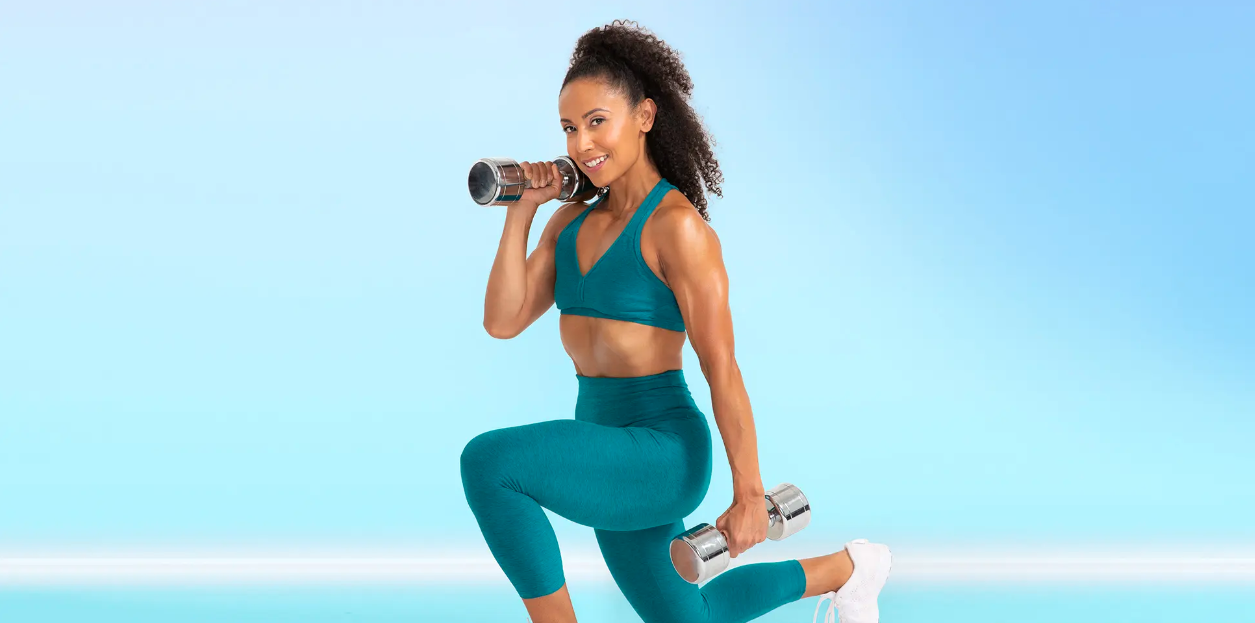
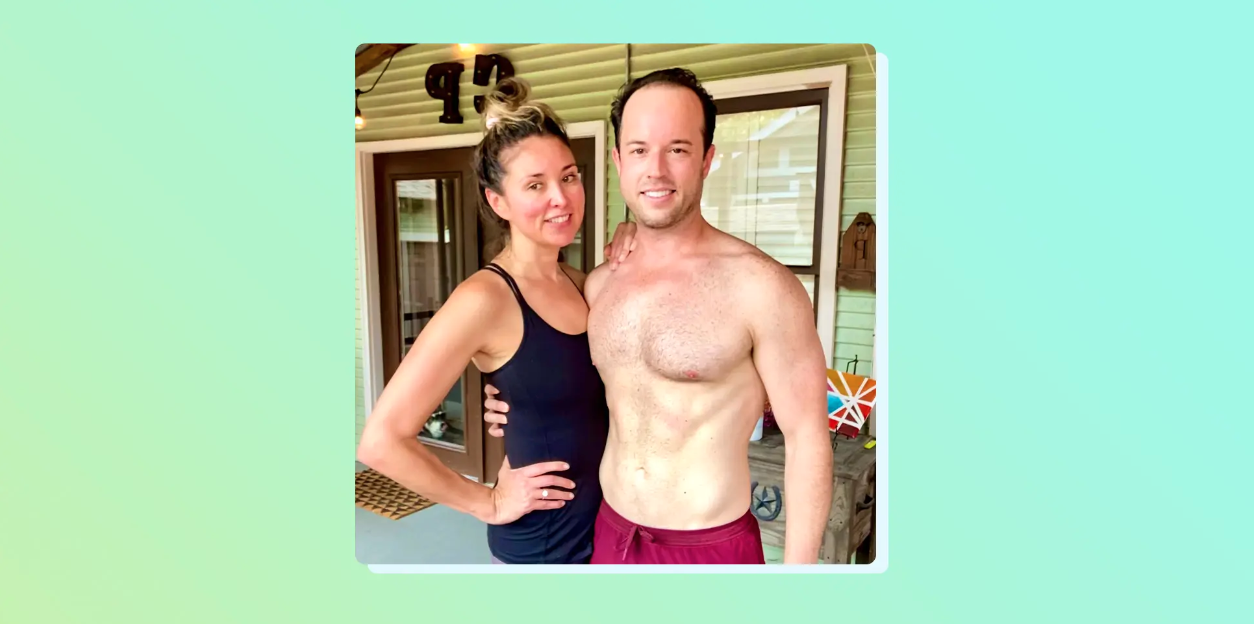



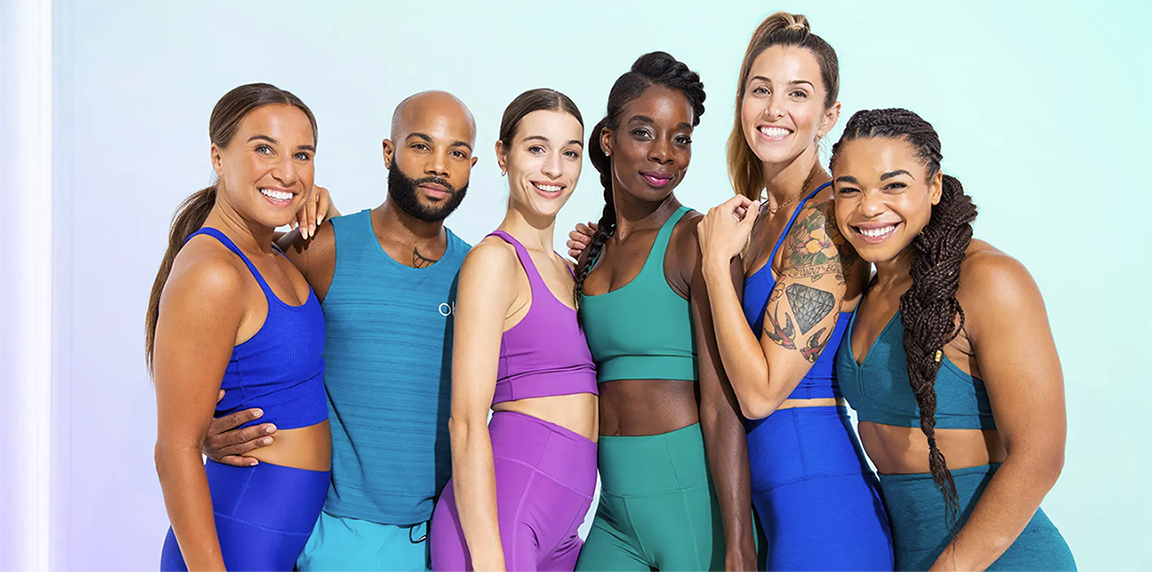
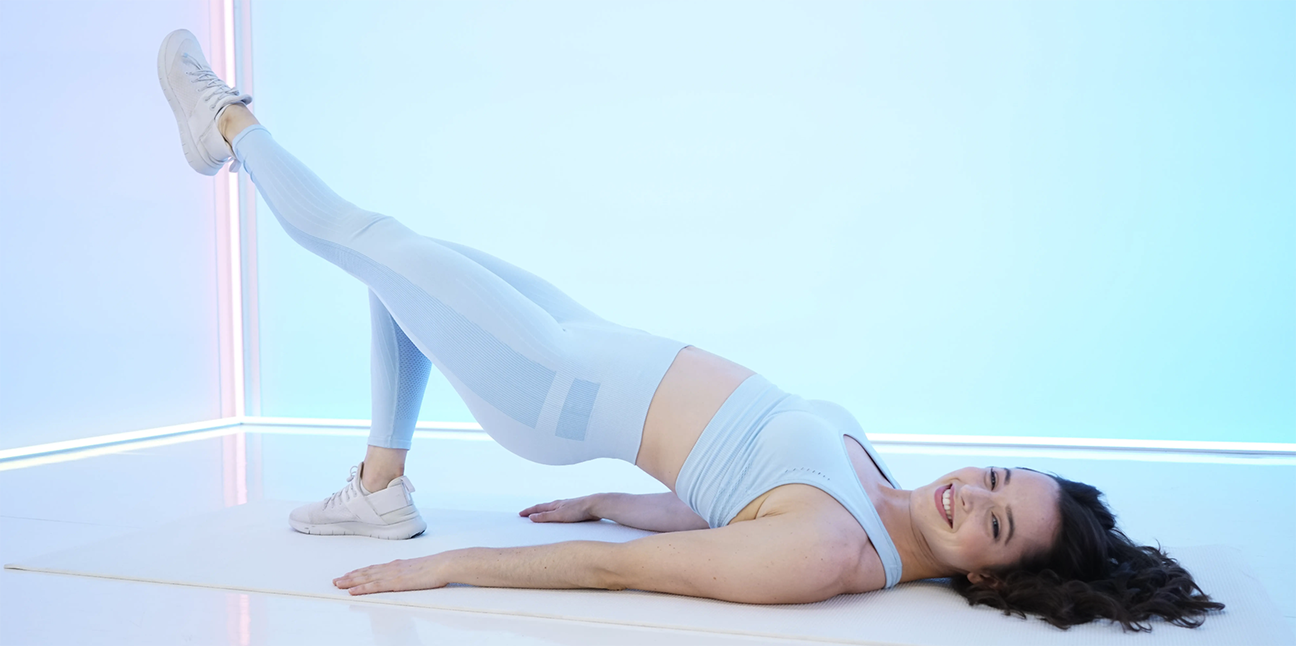

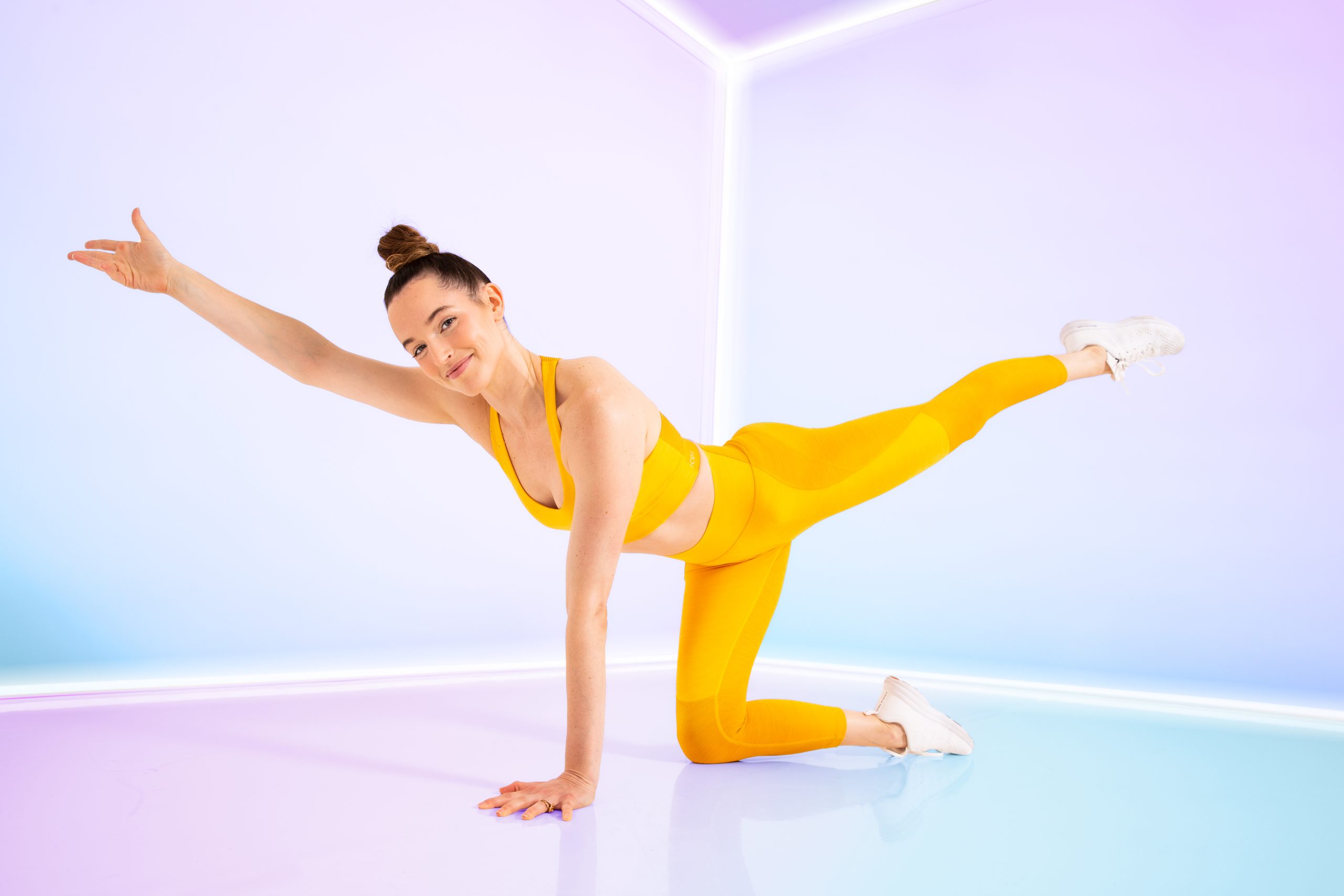
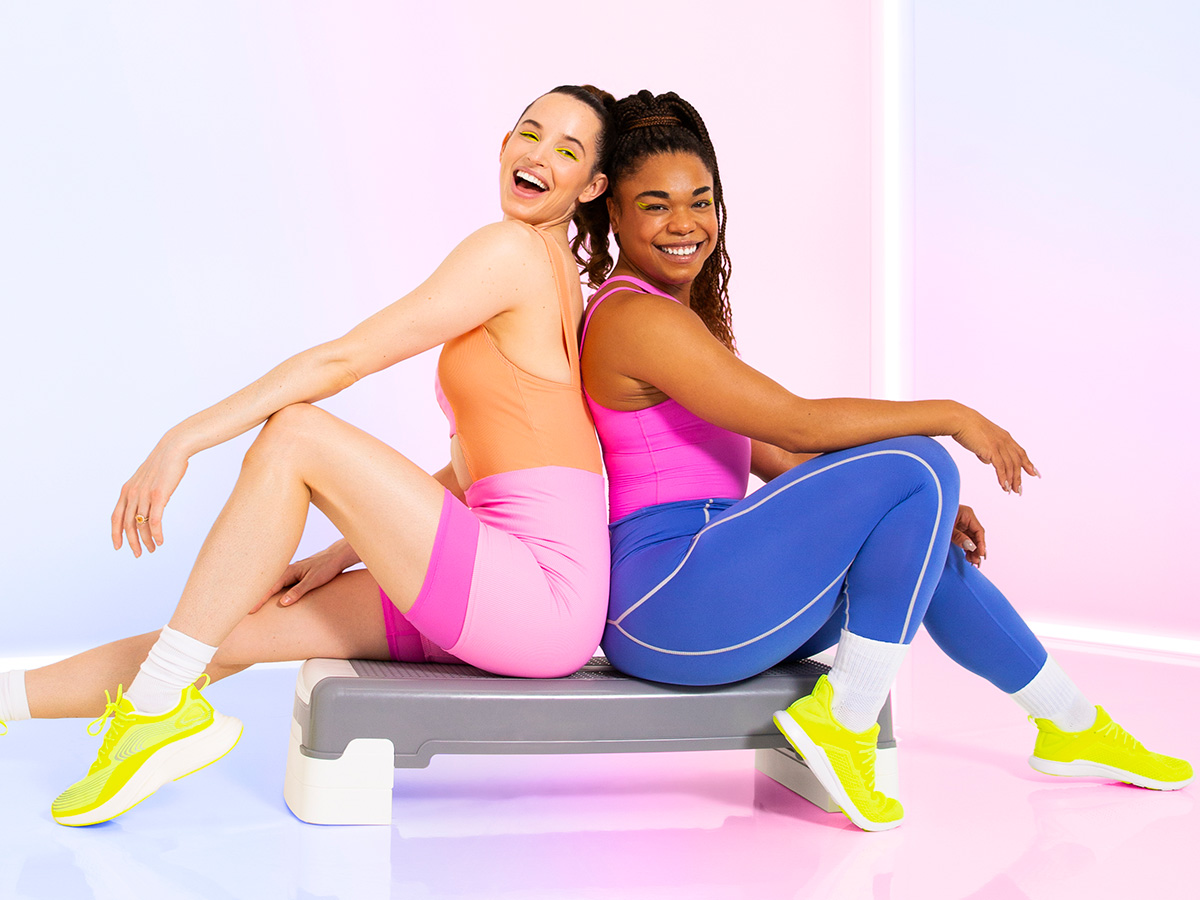
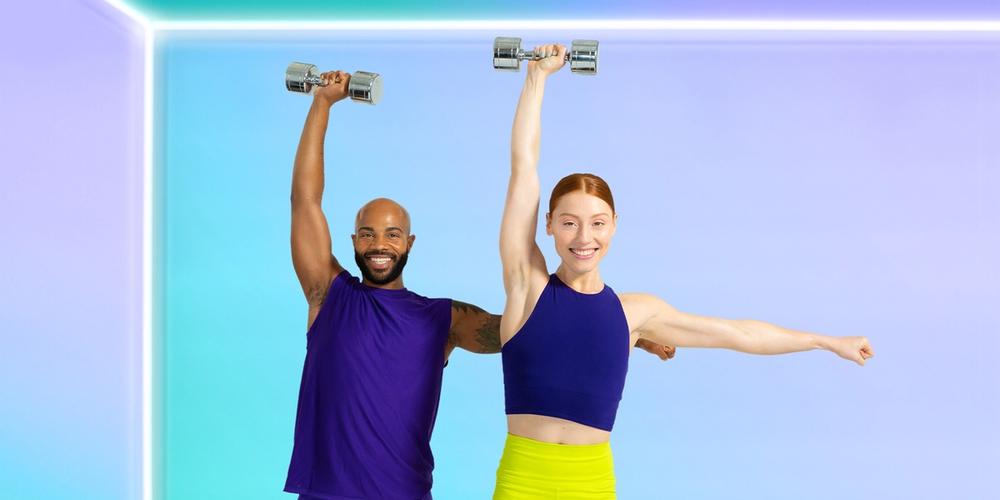
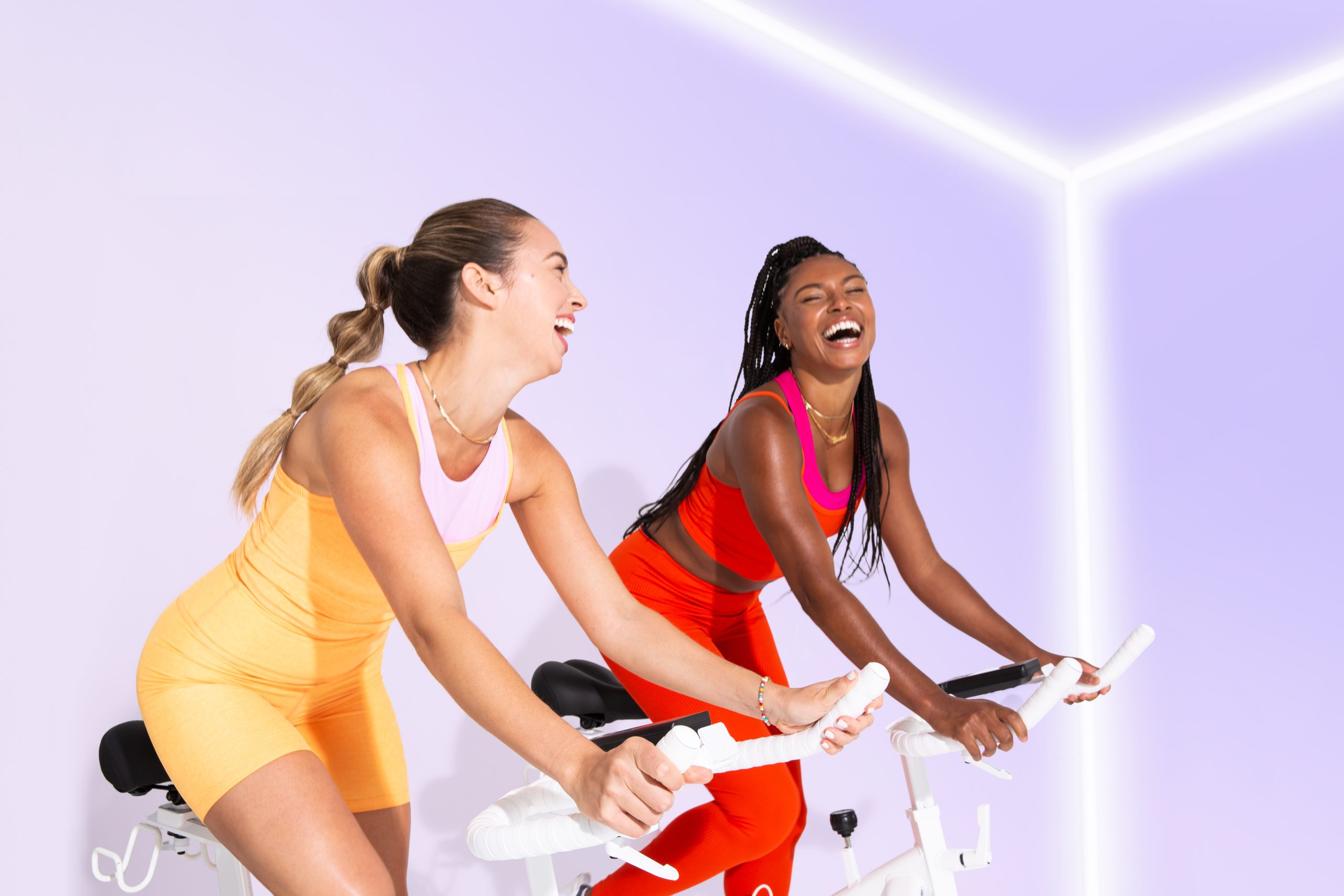
Leave a Reply to Kelly Cancel reply